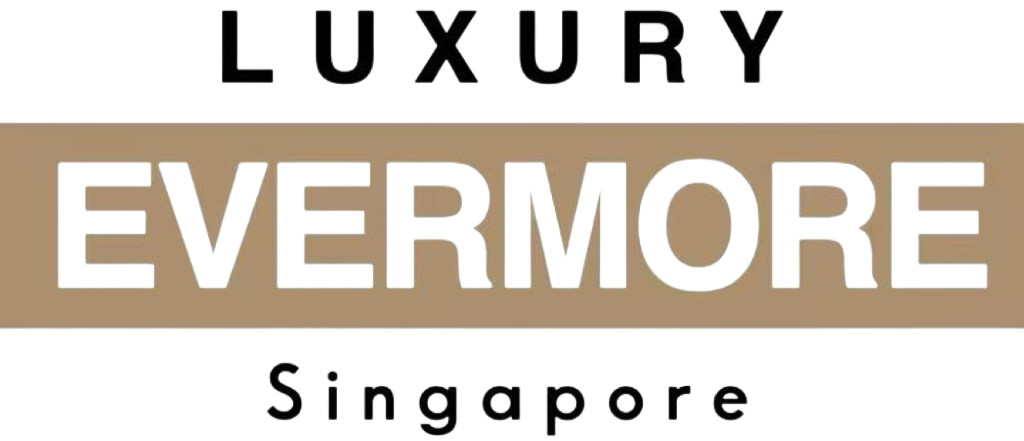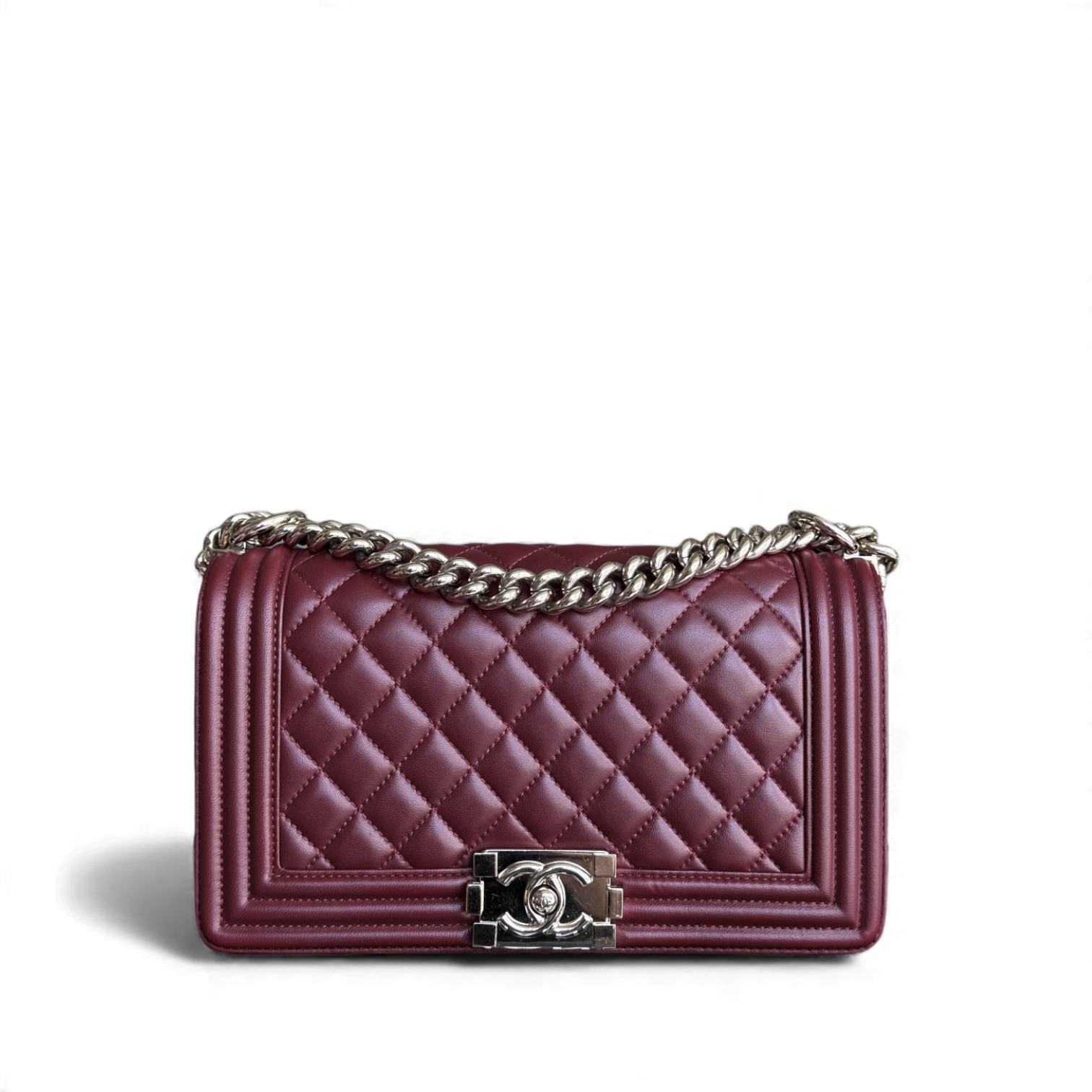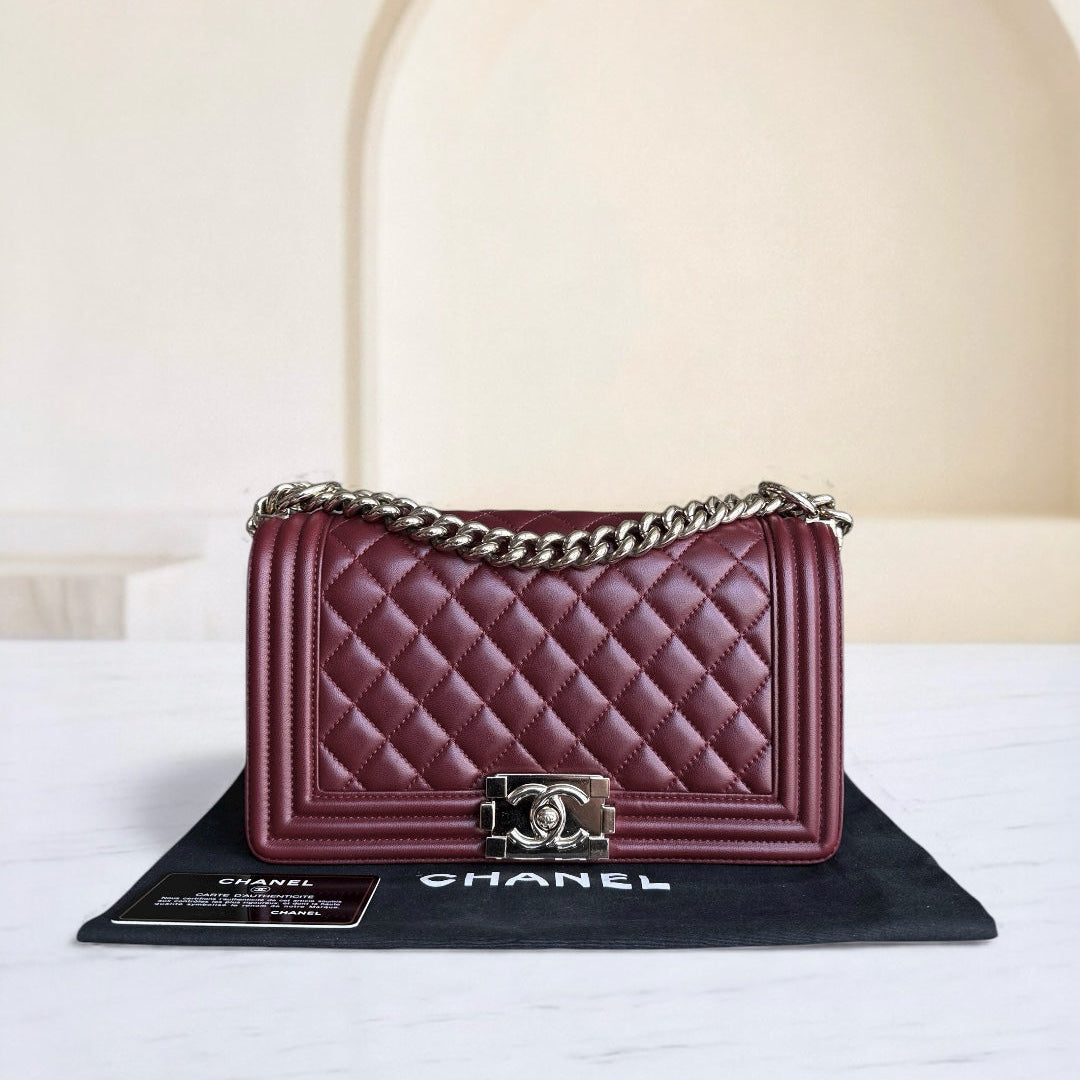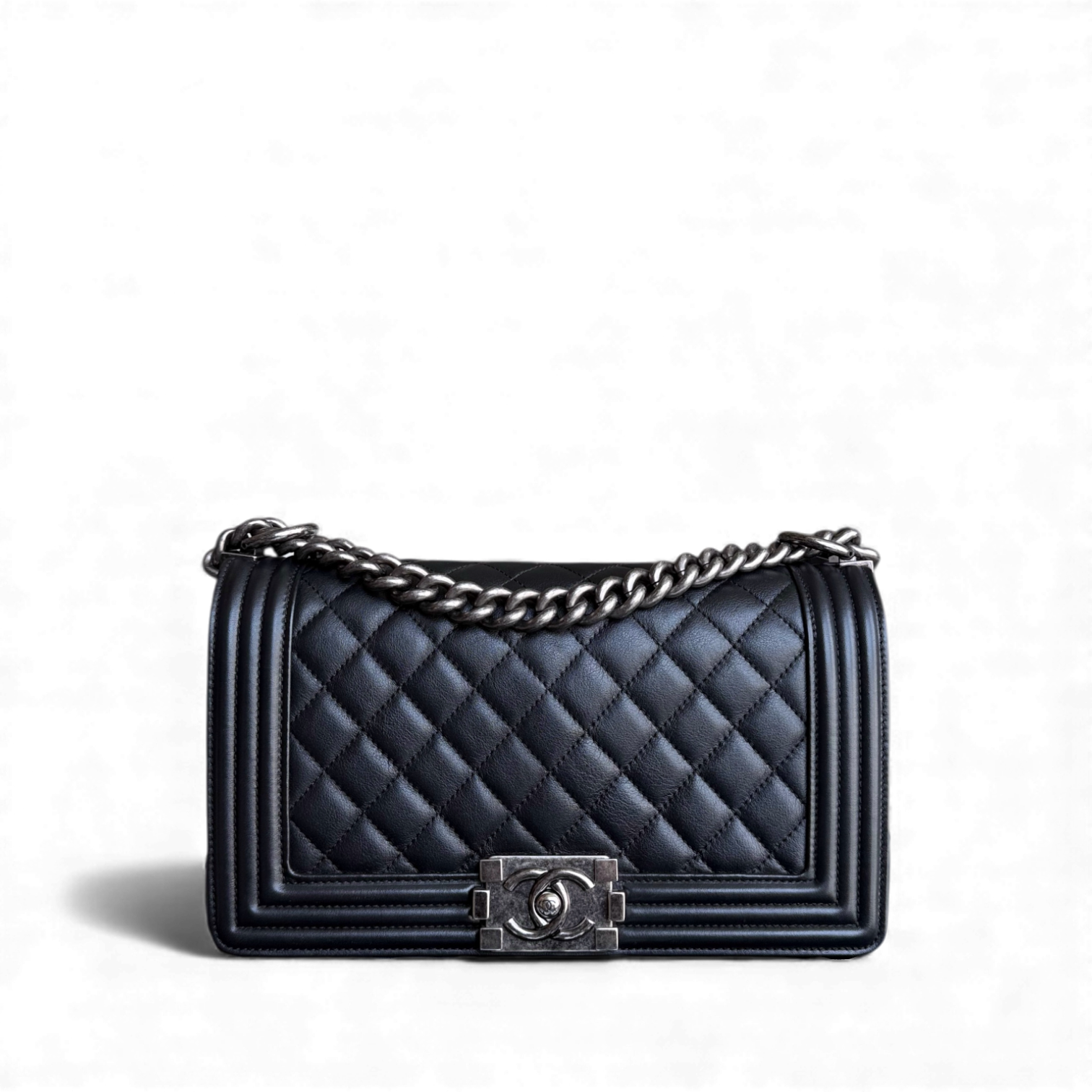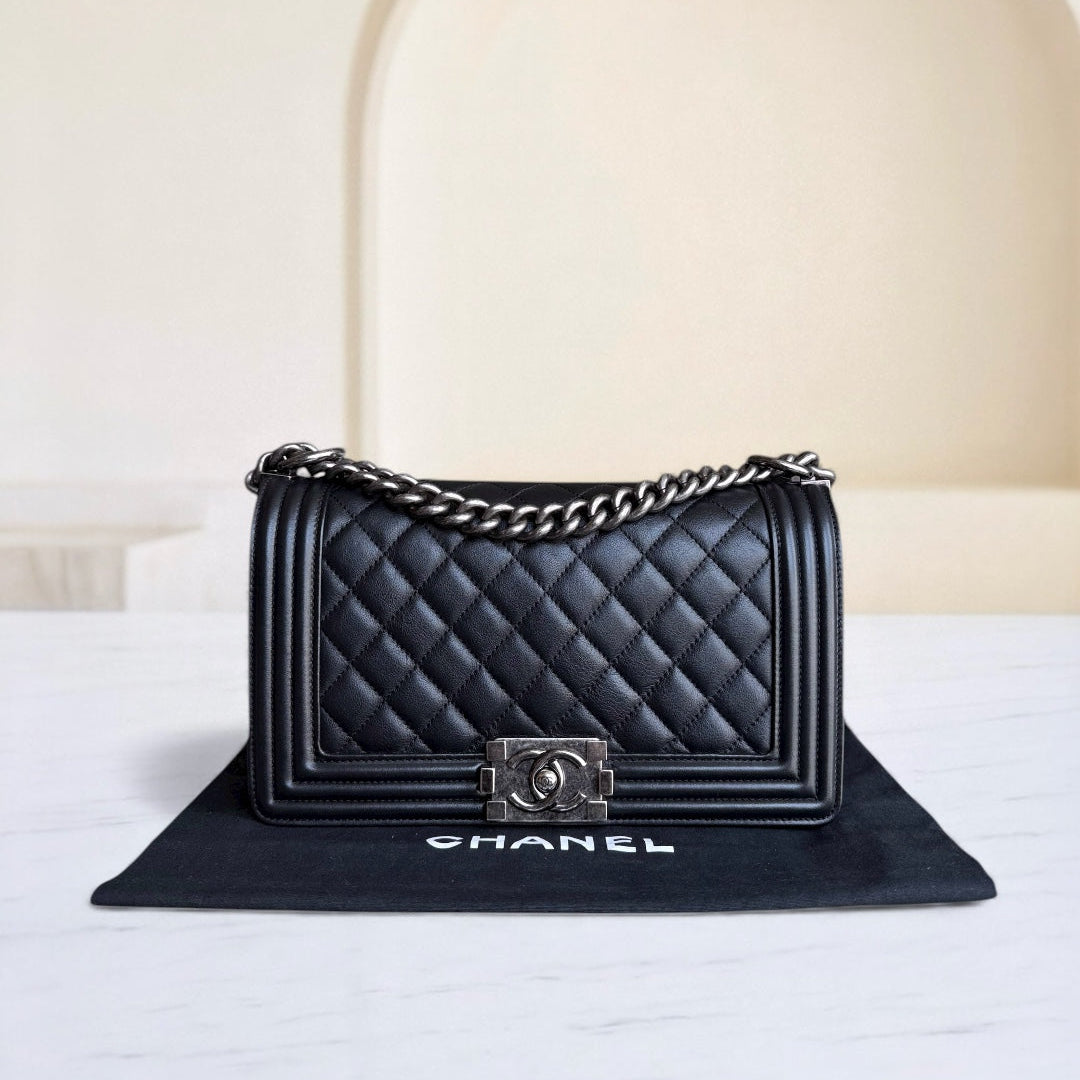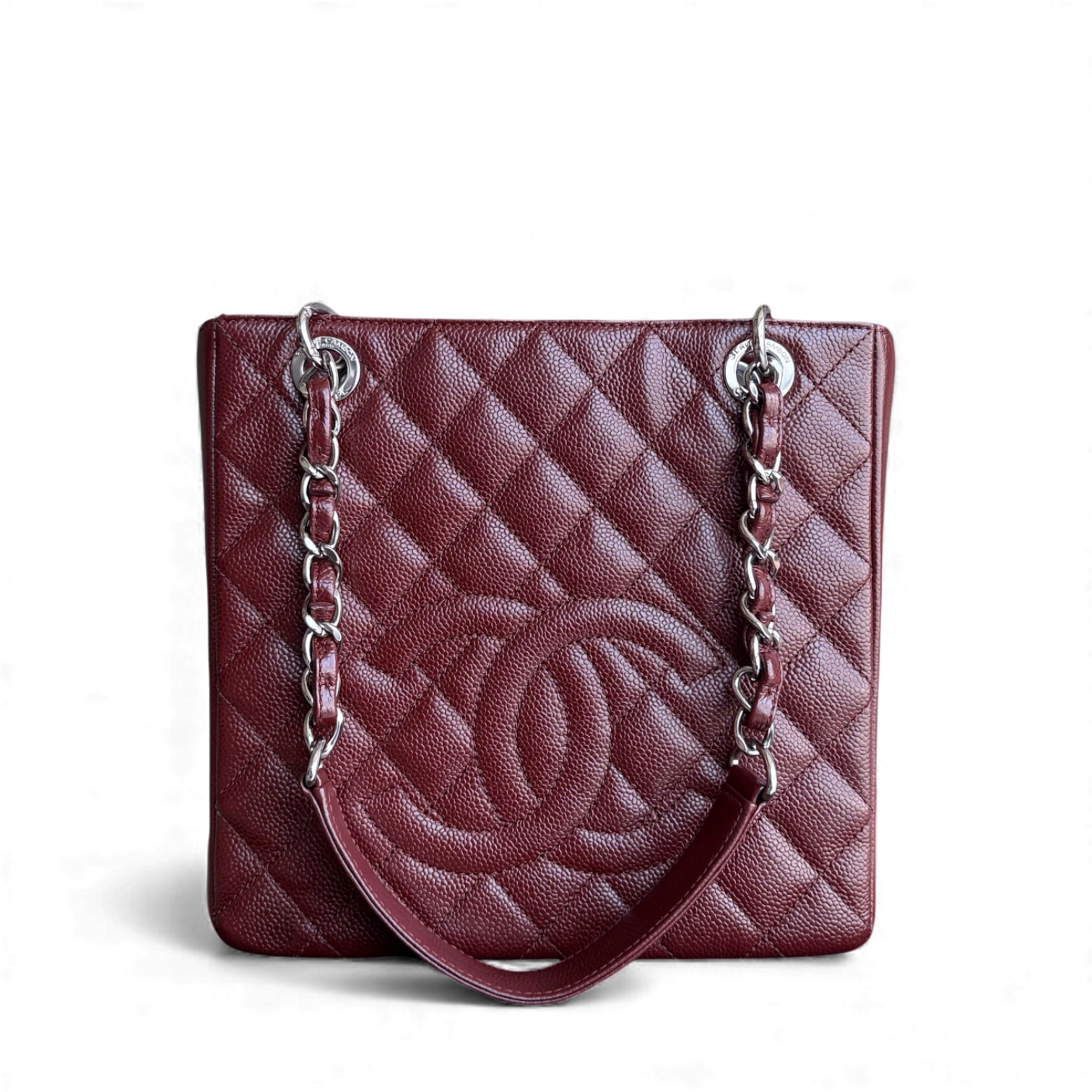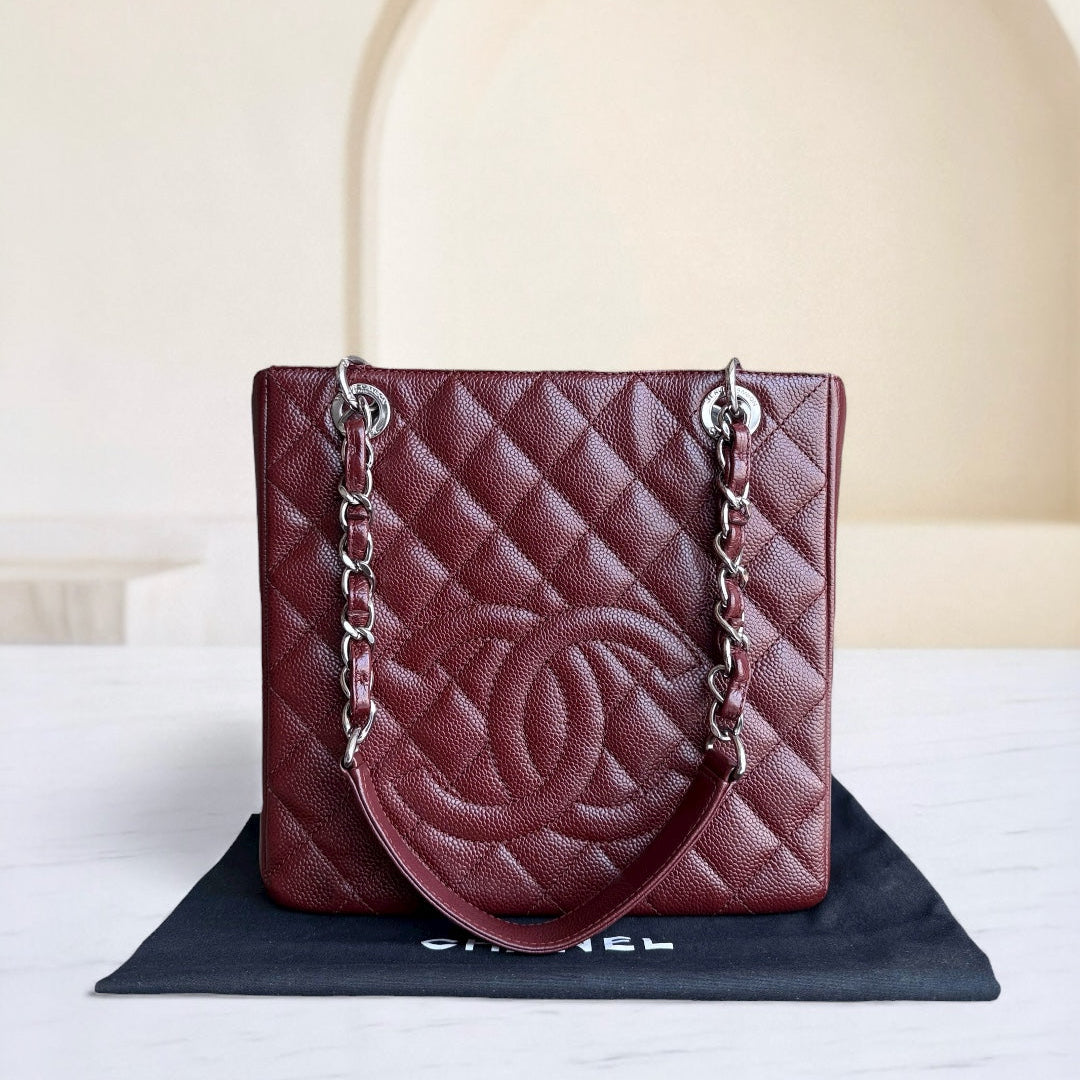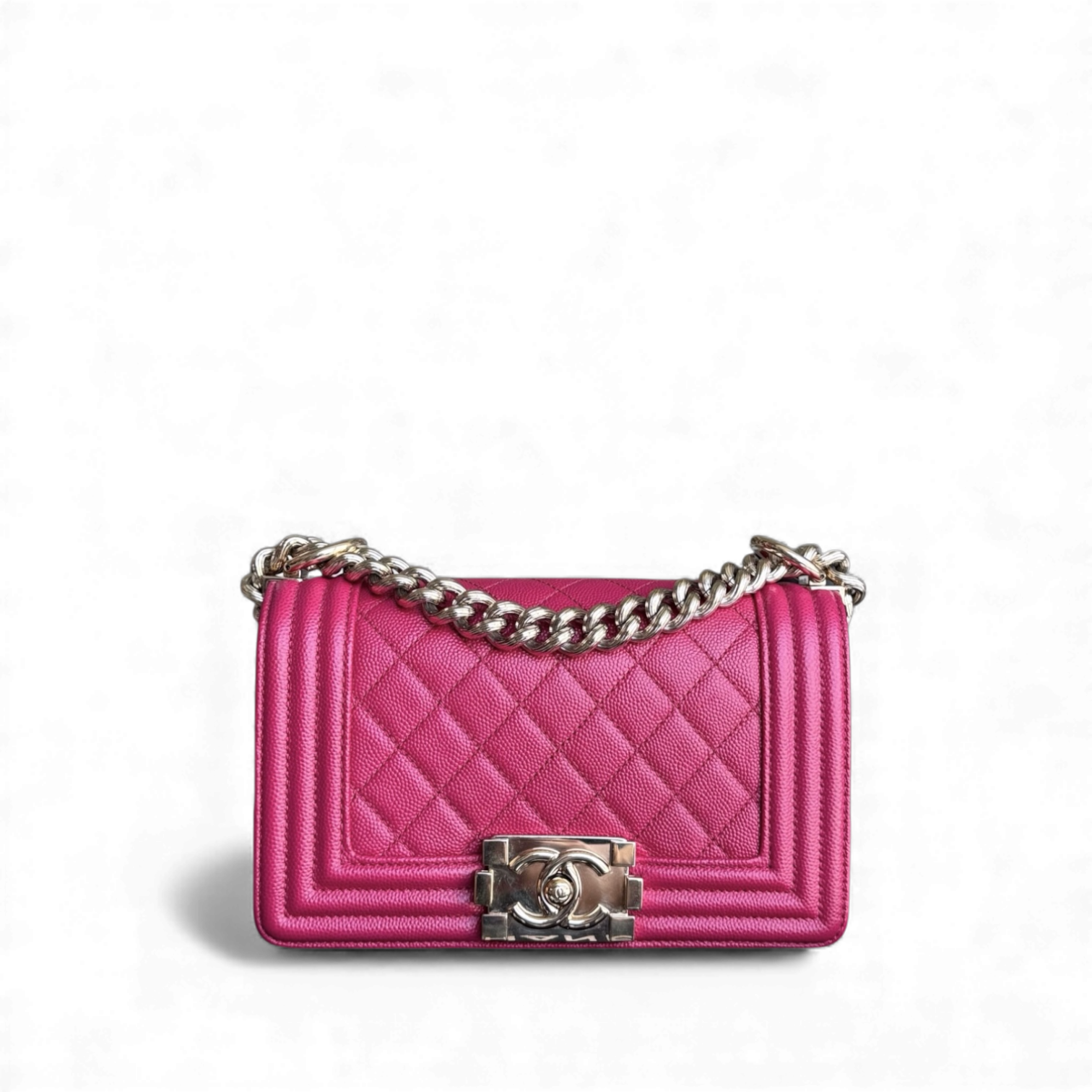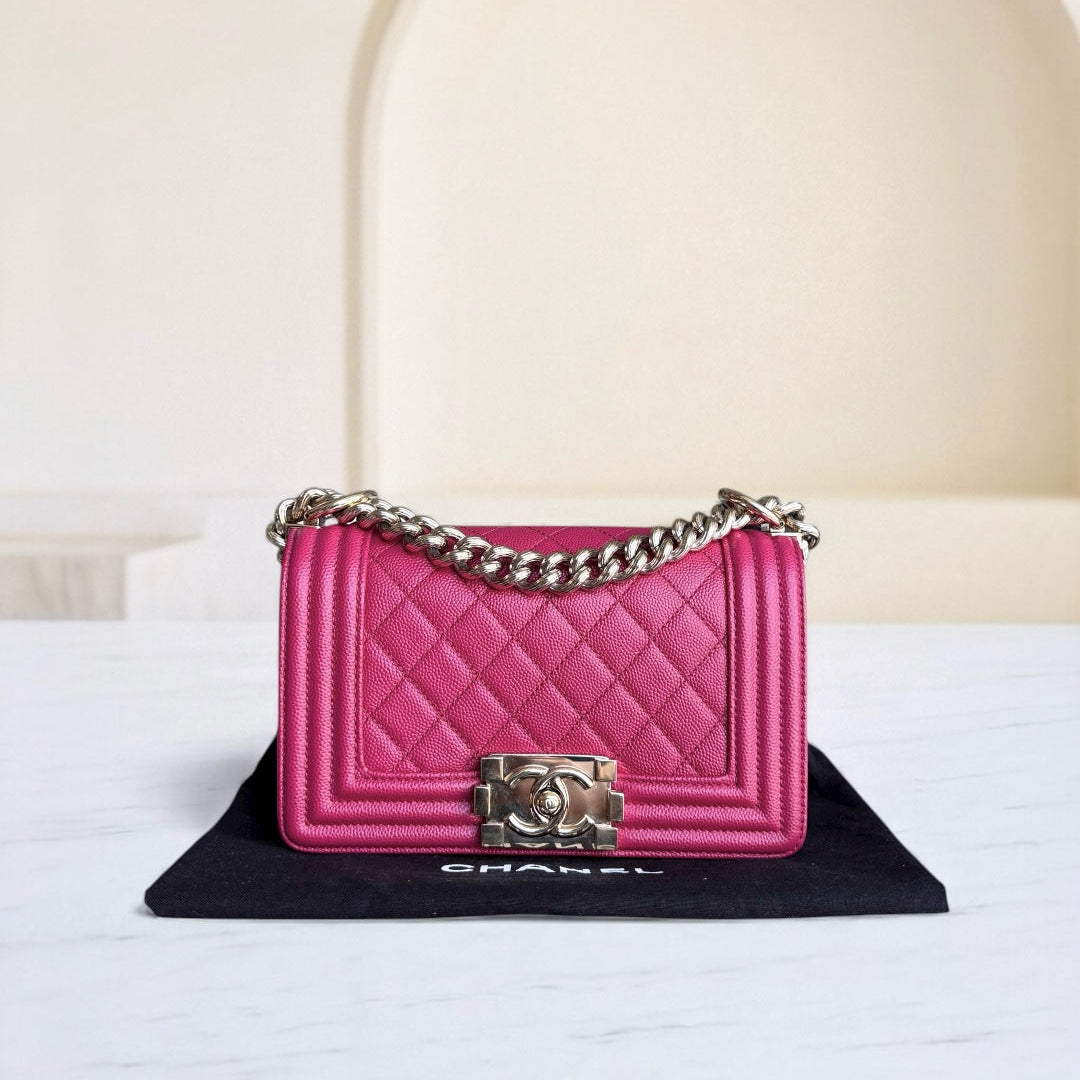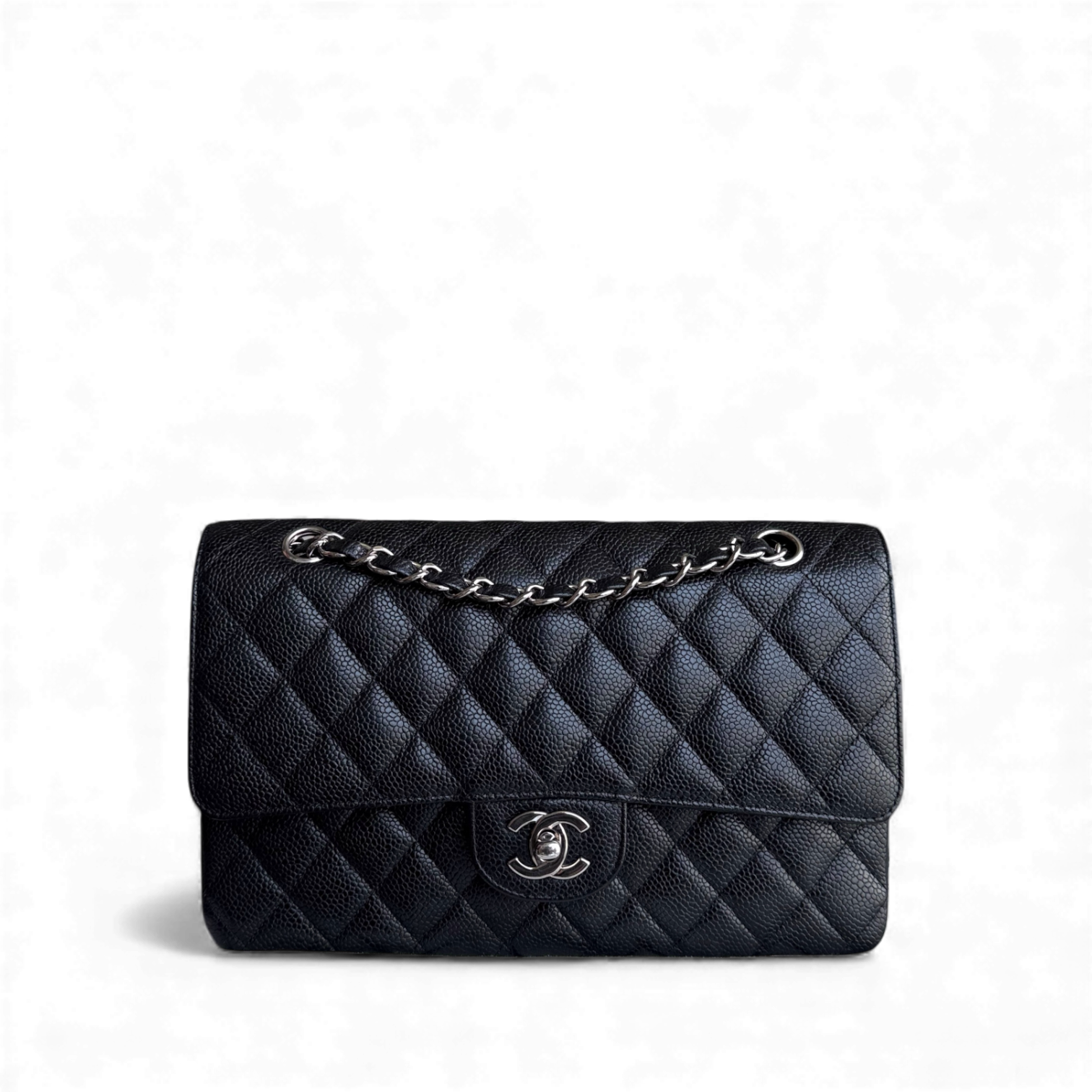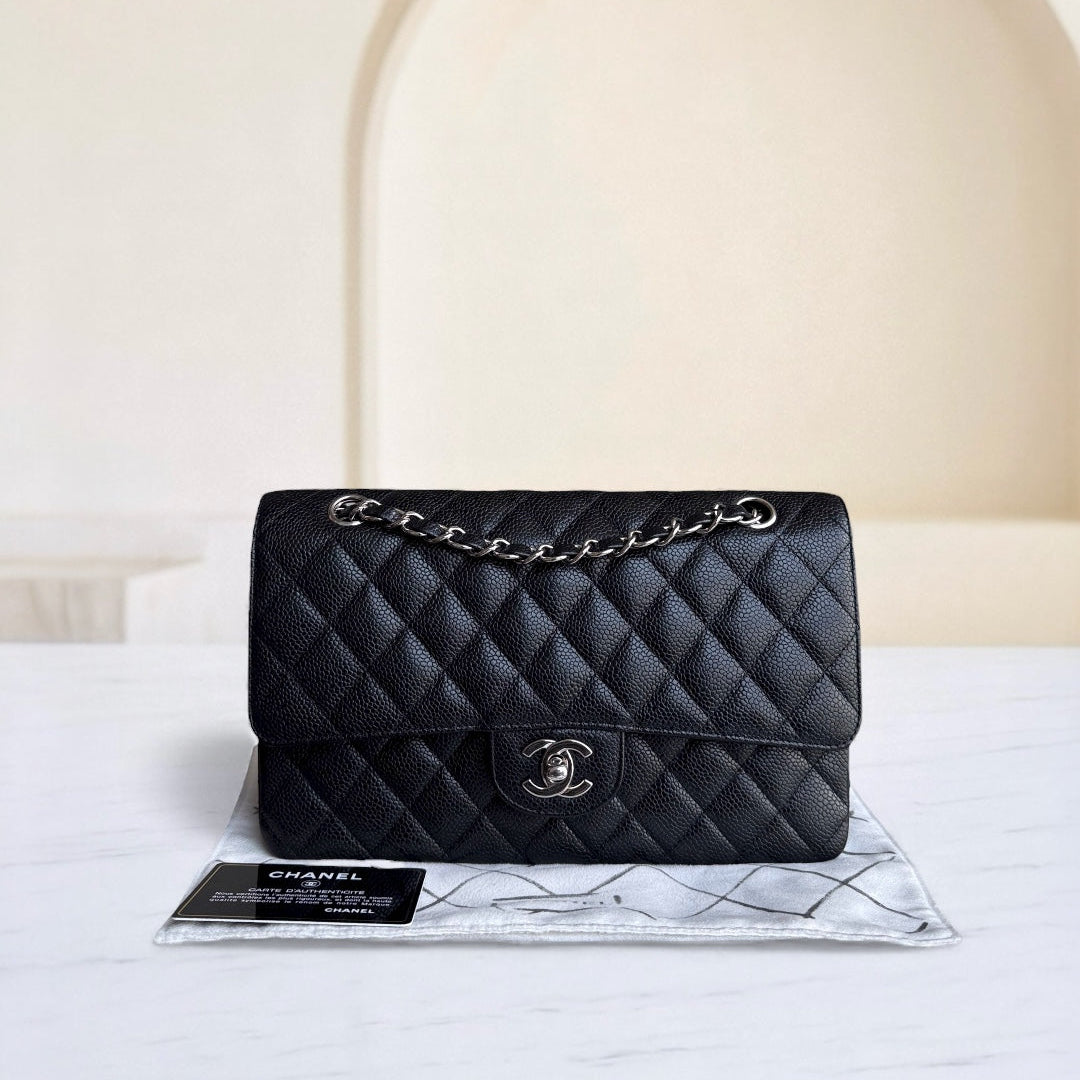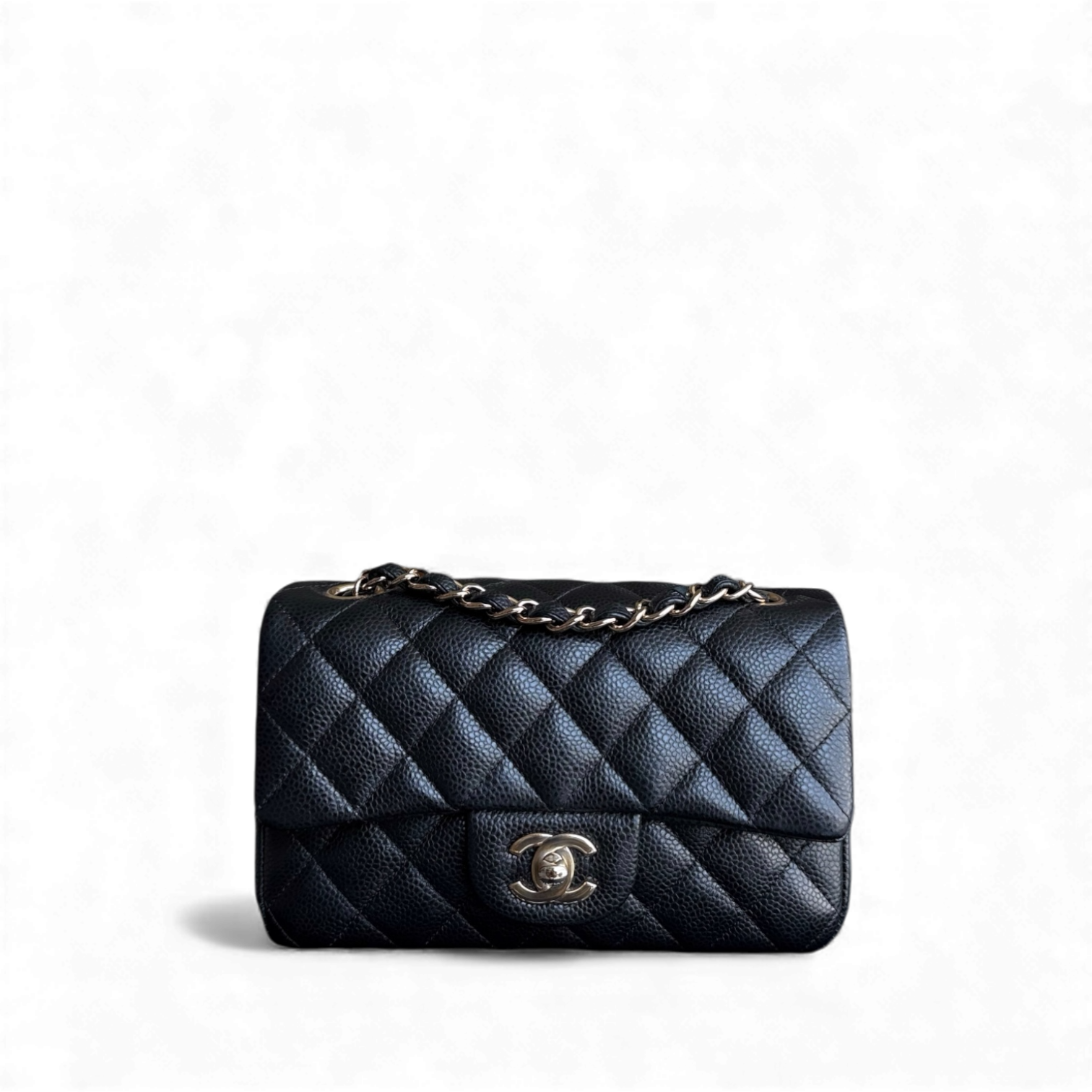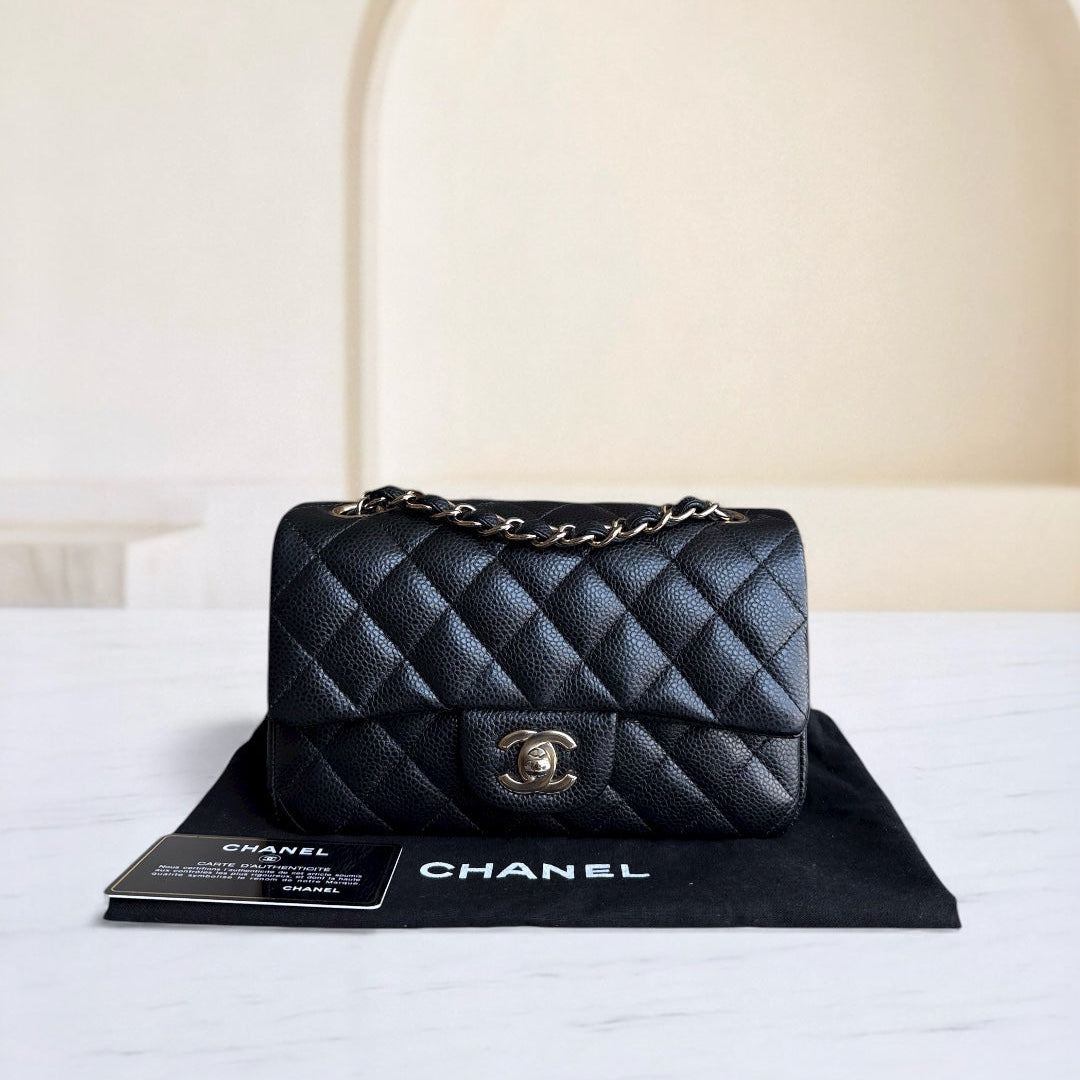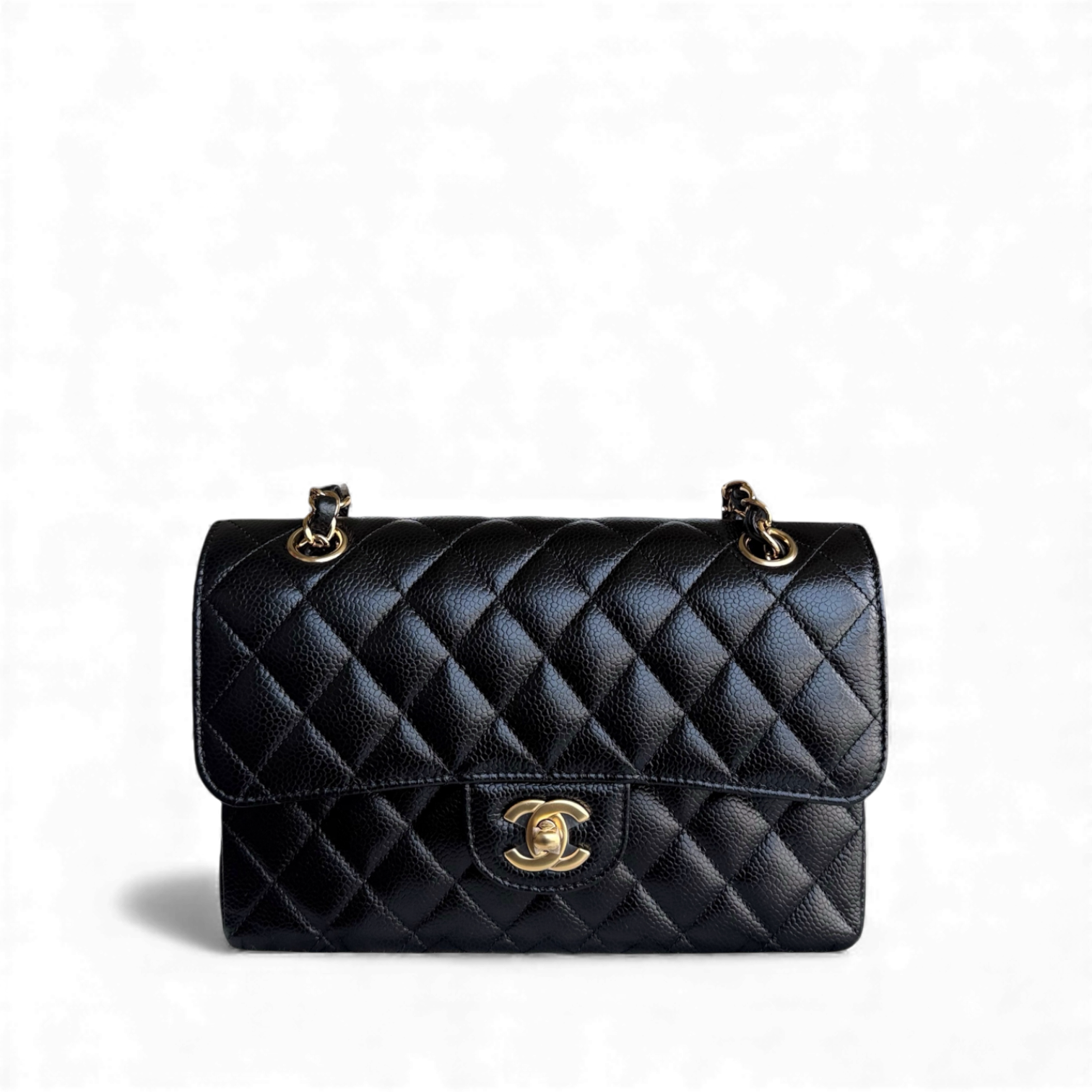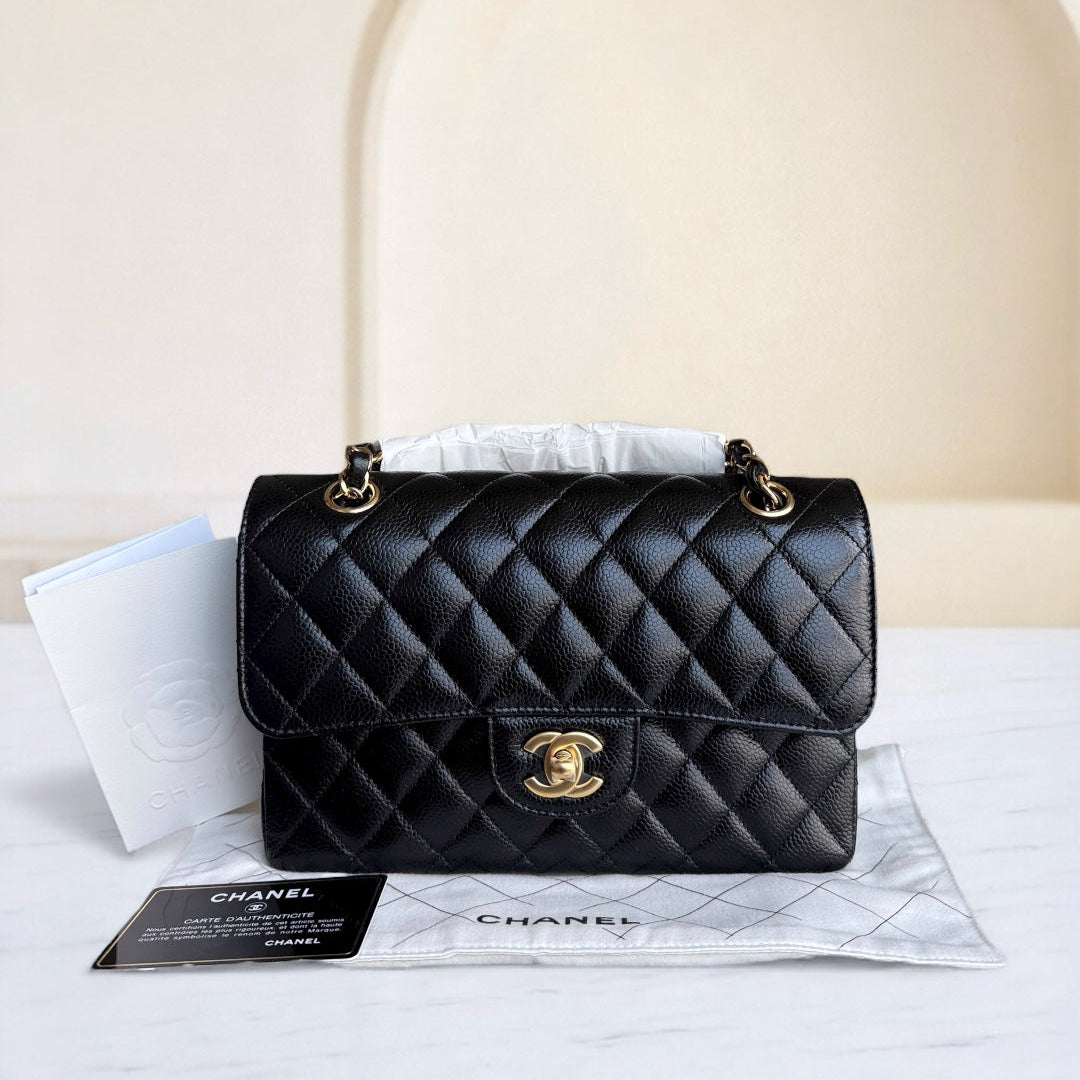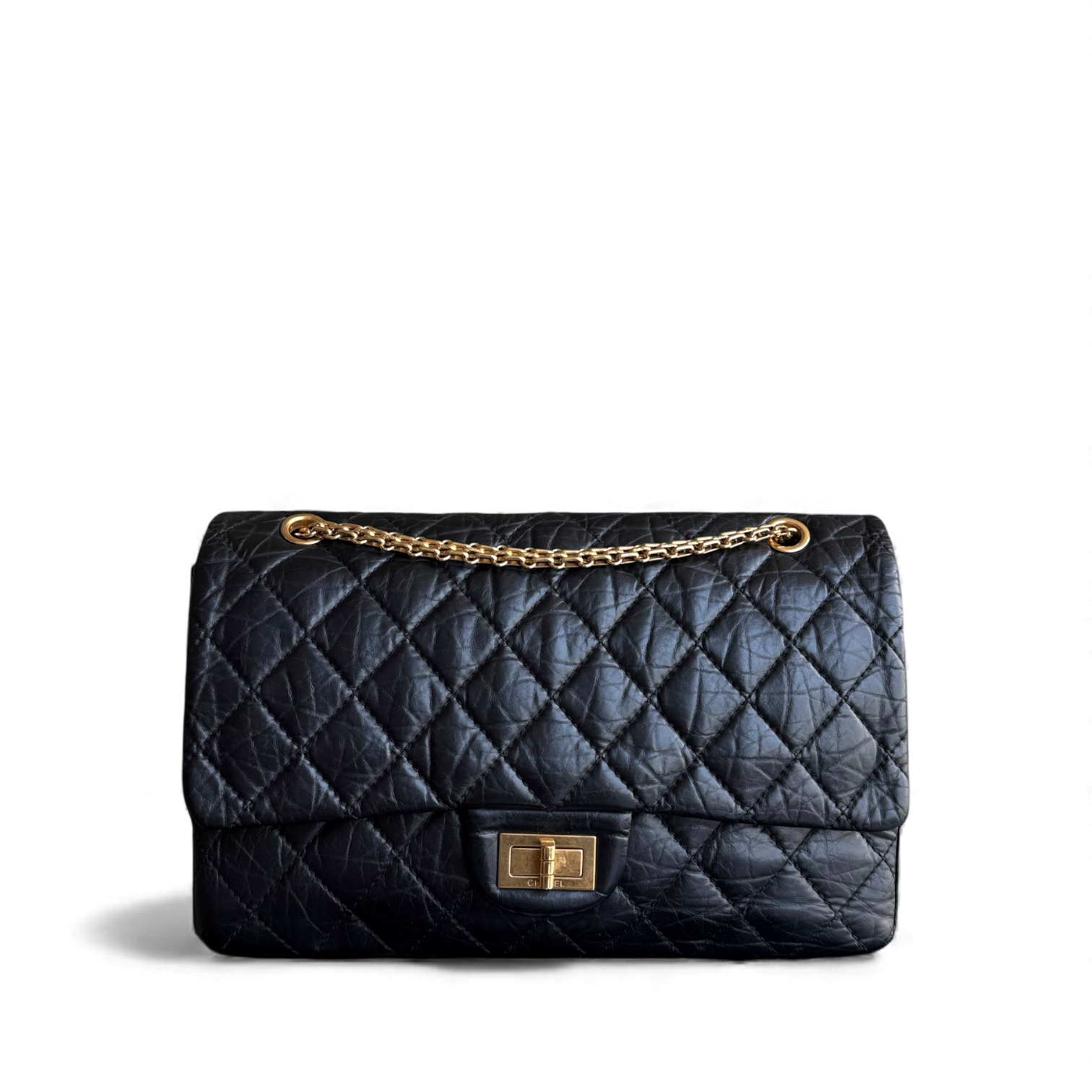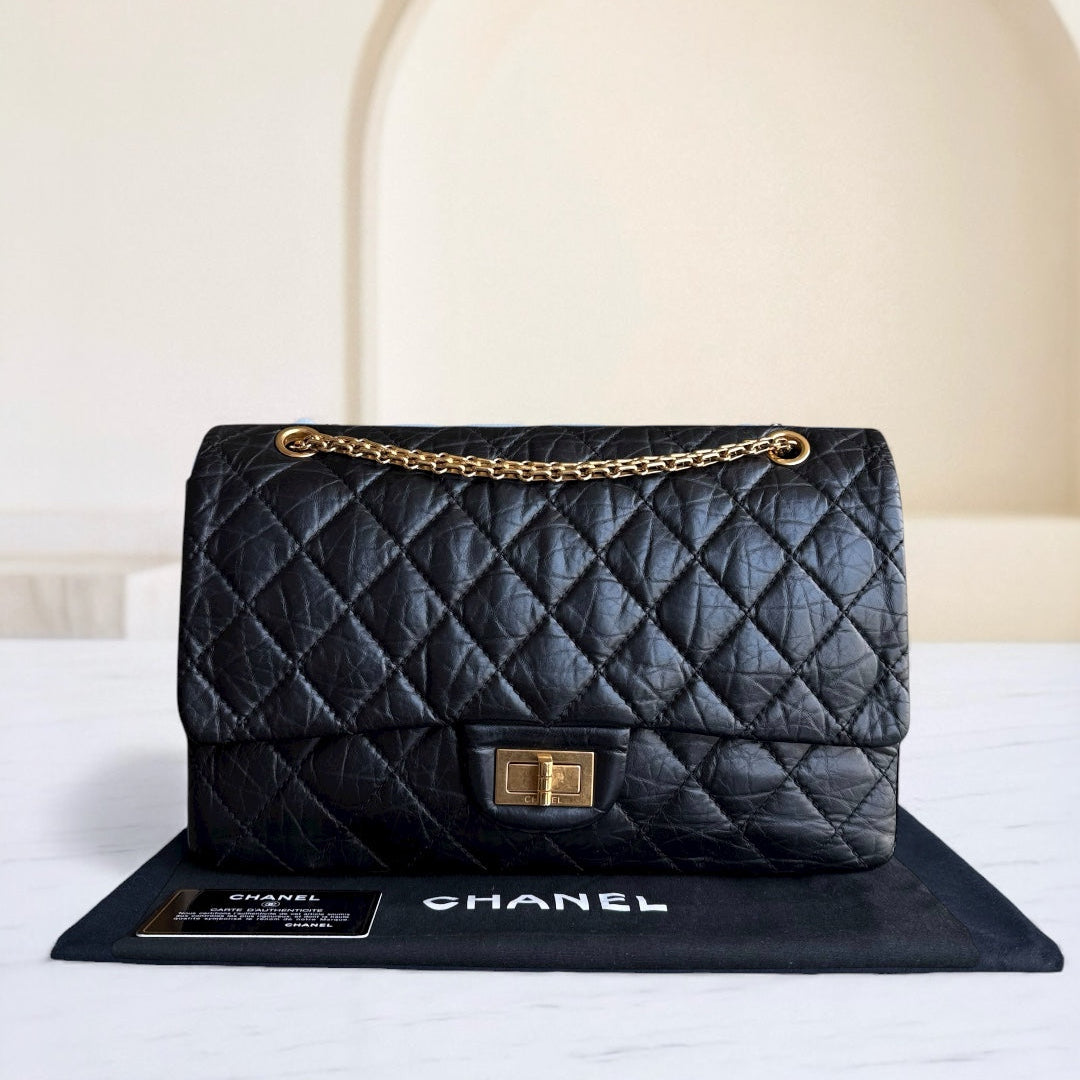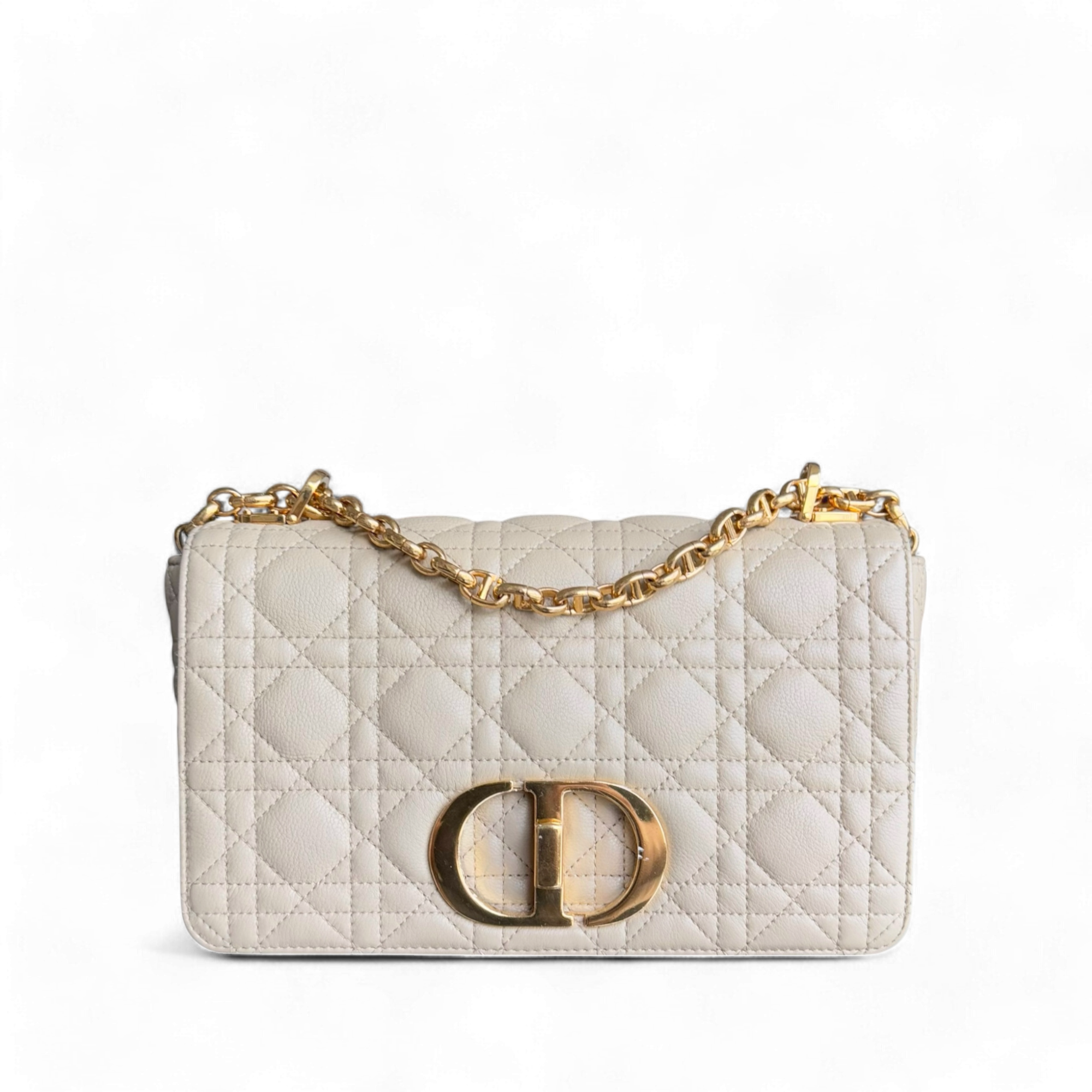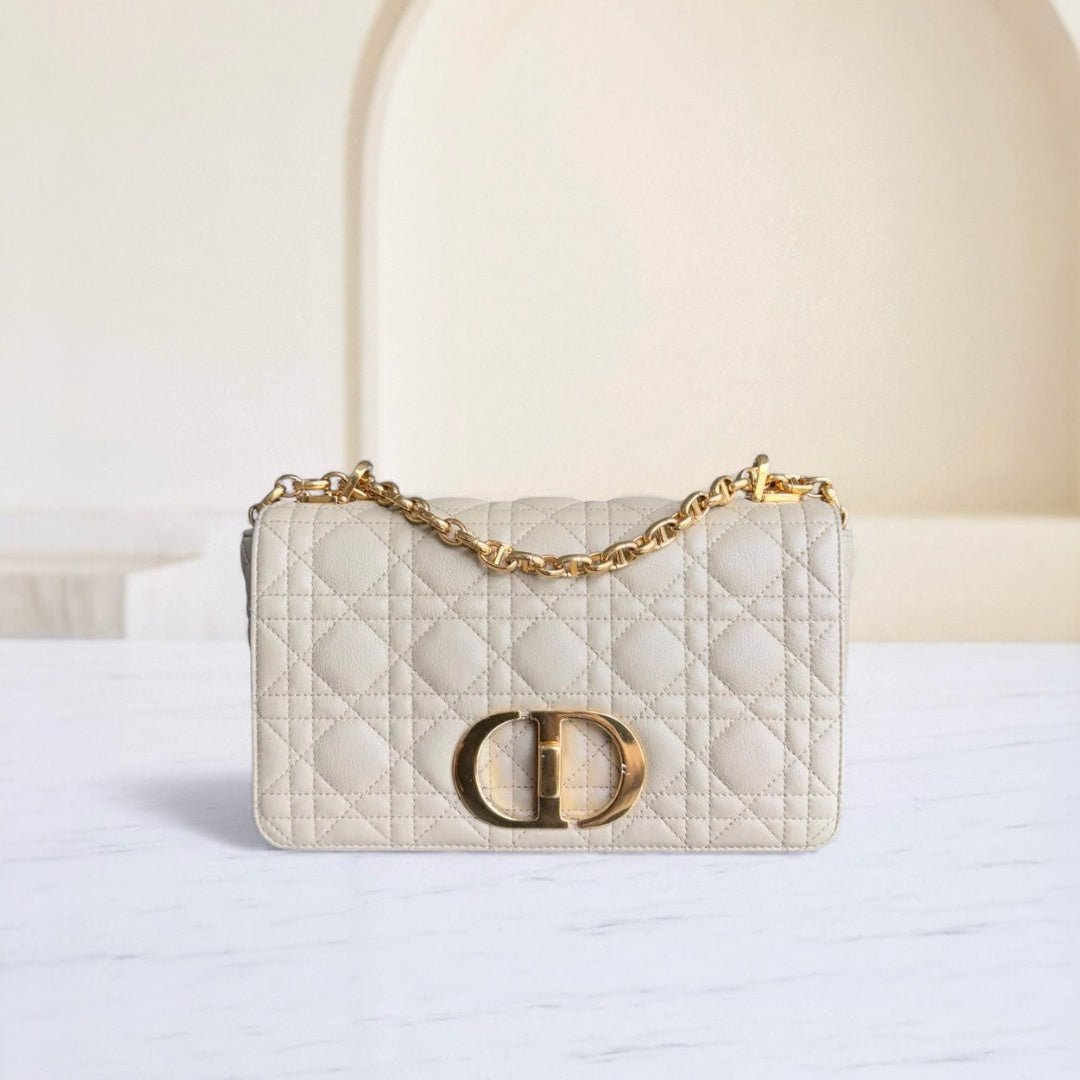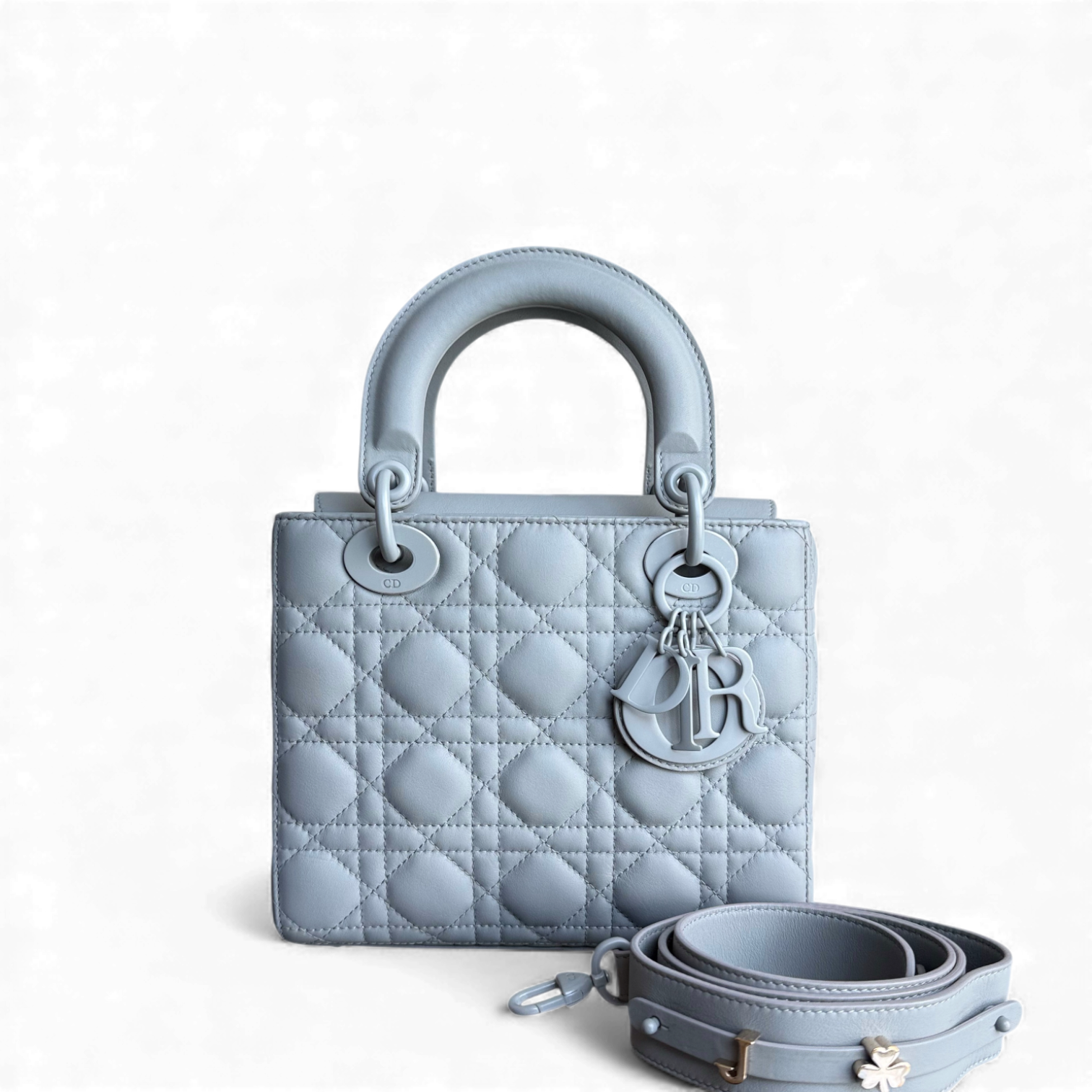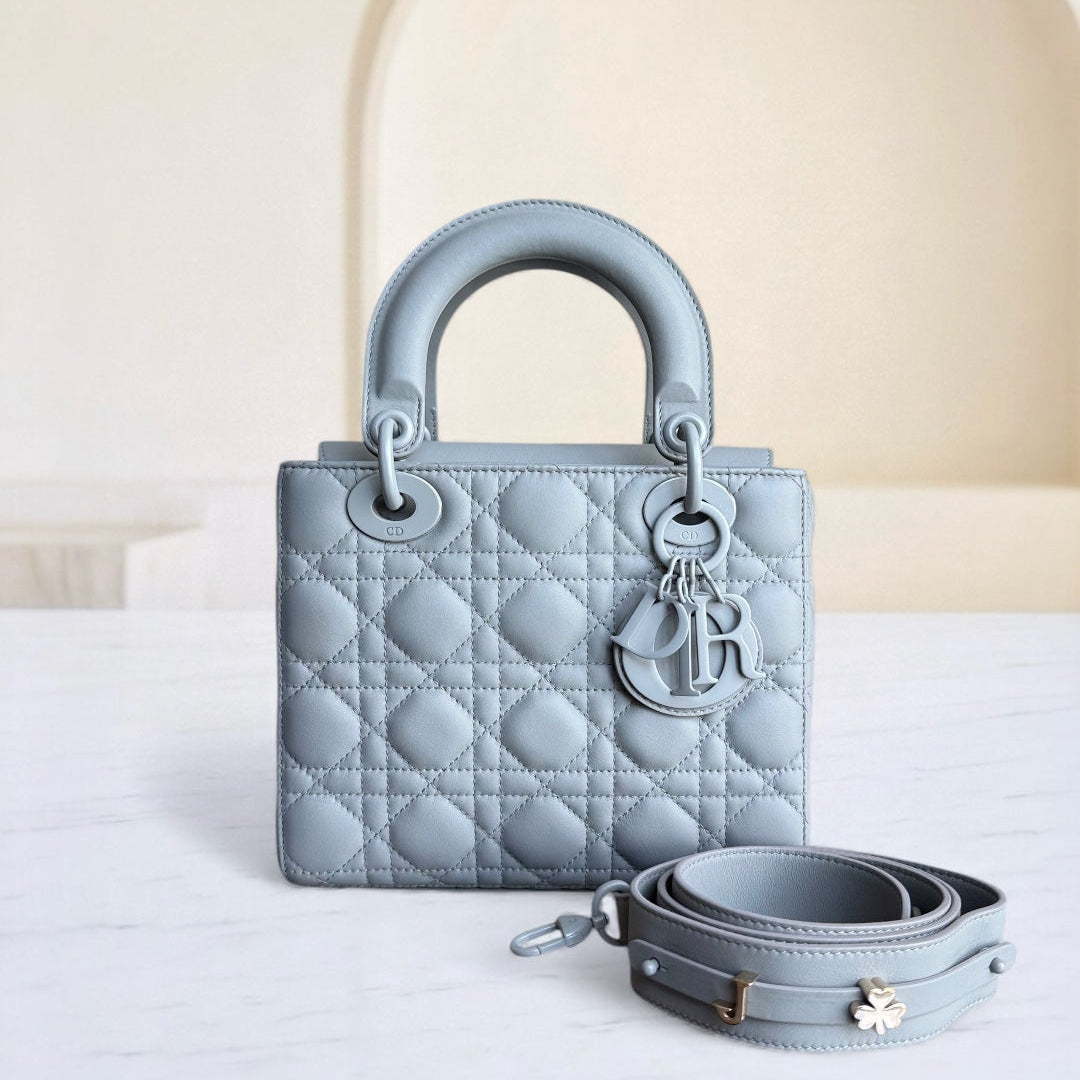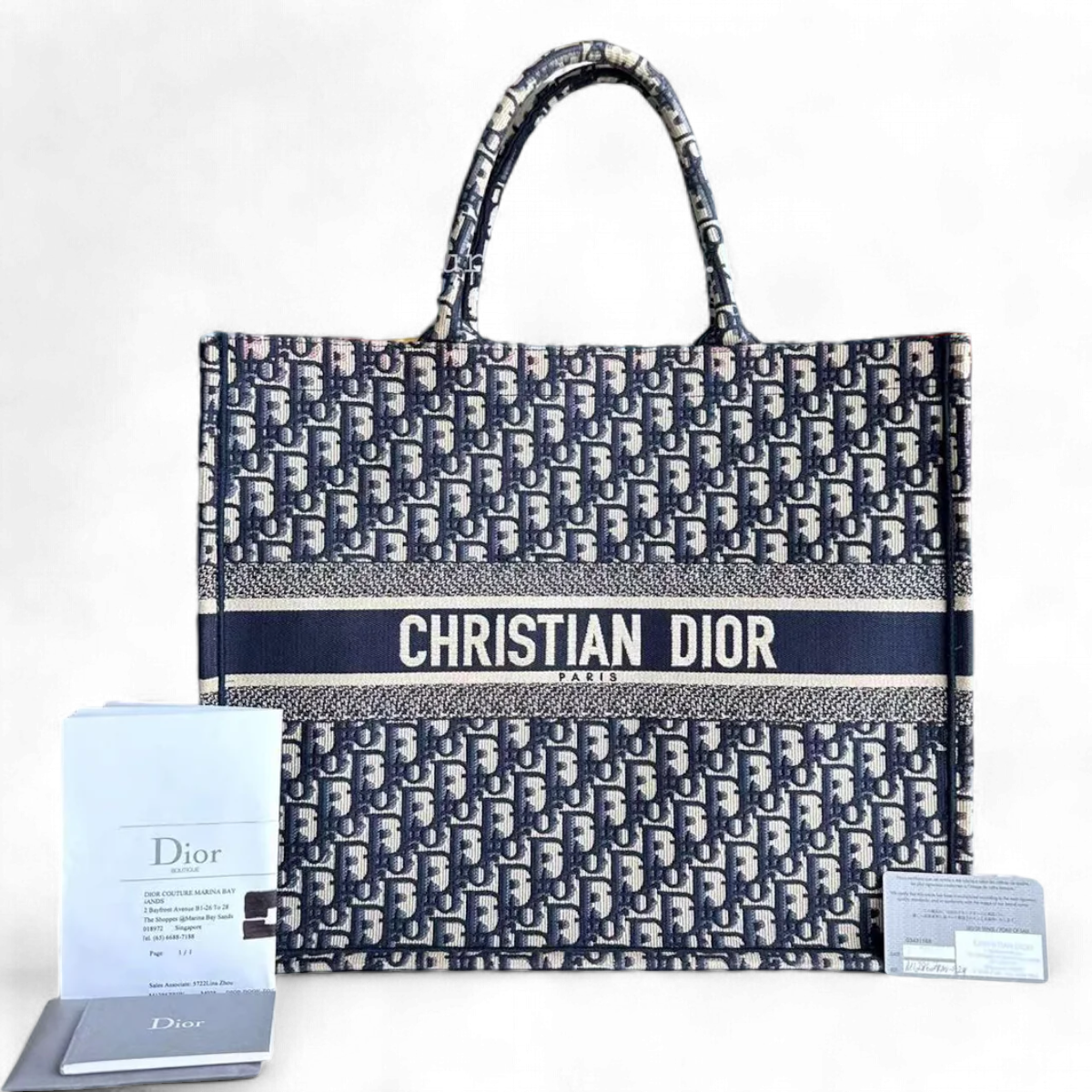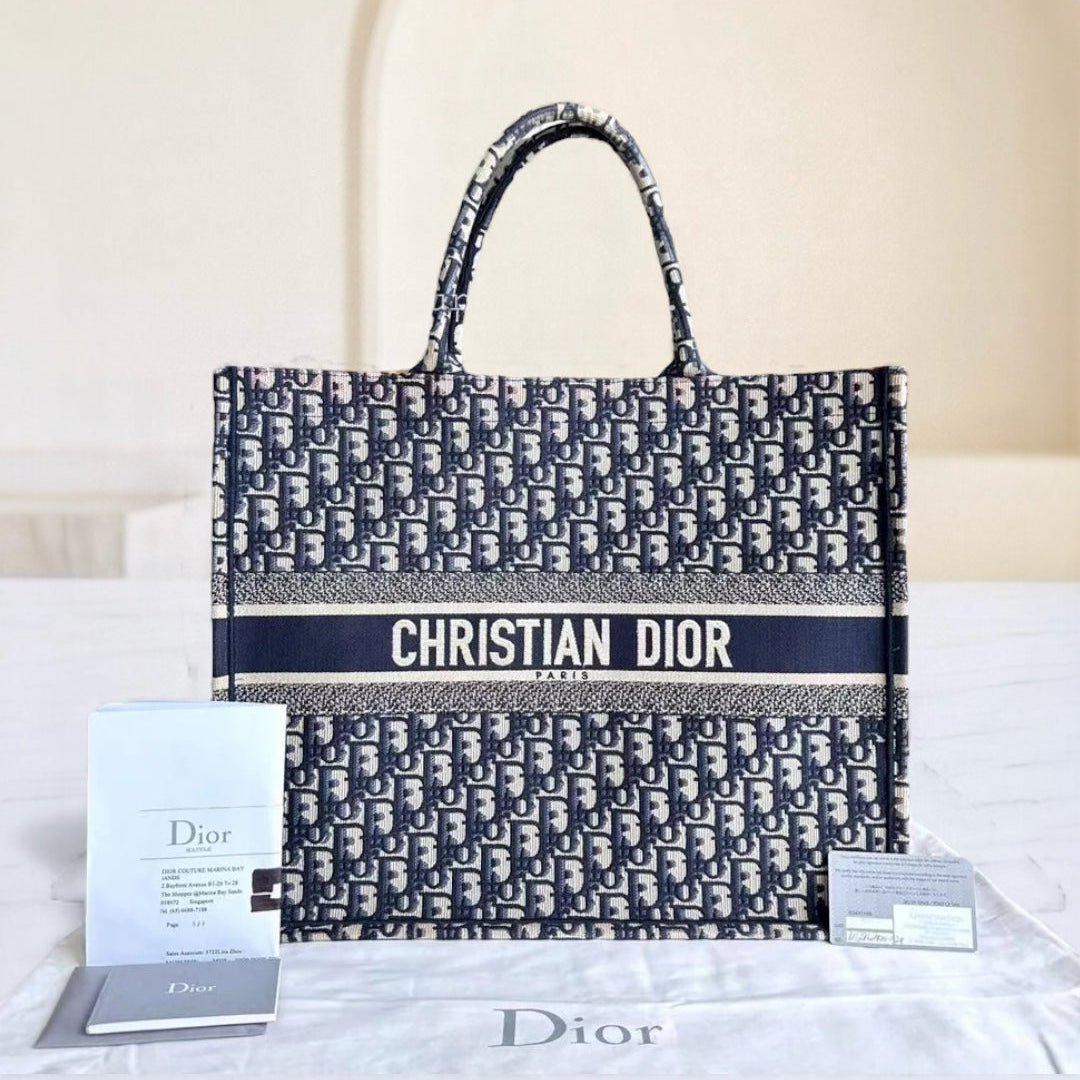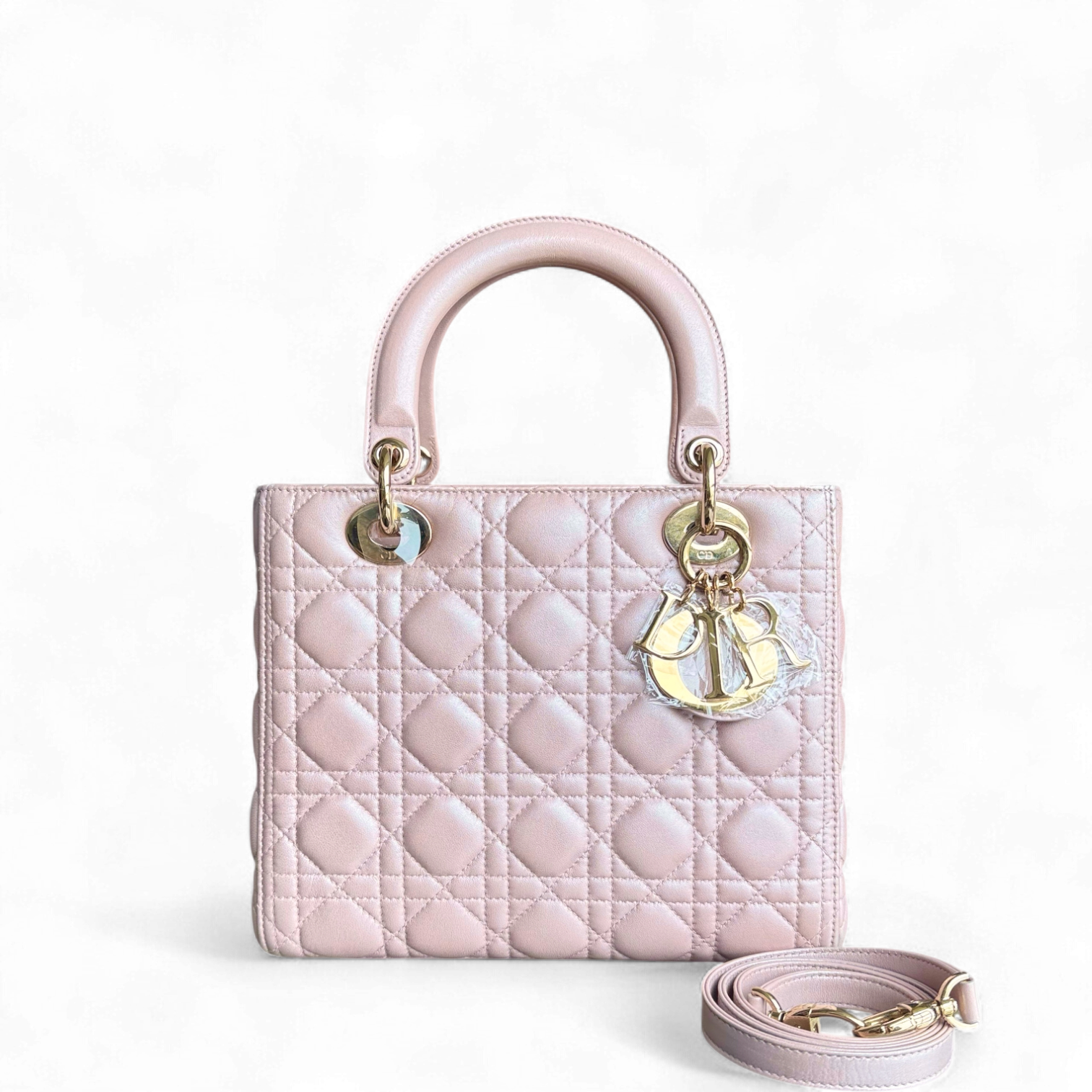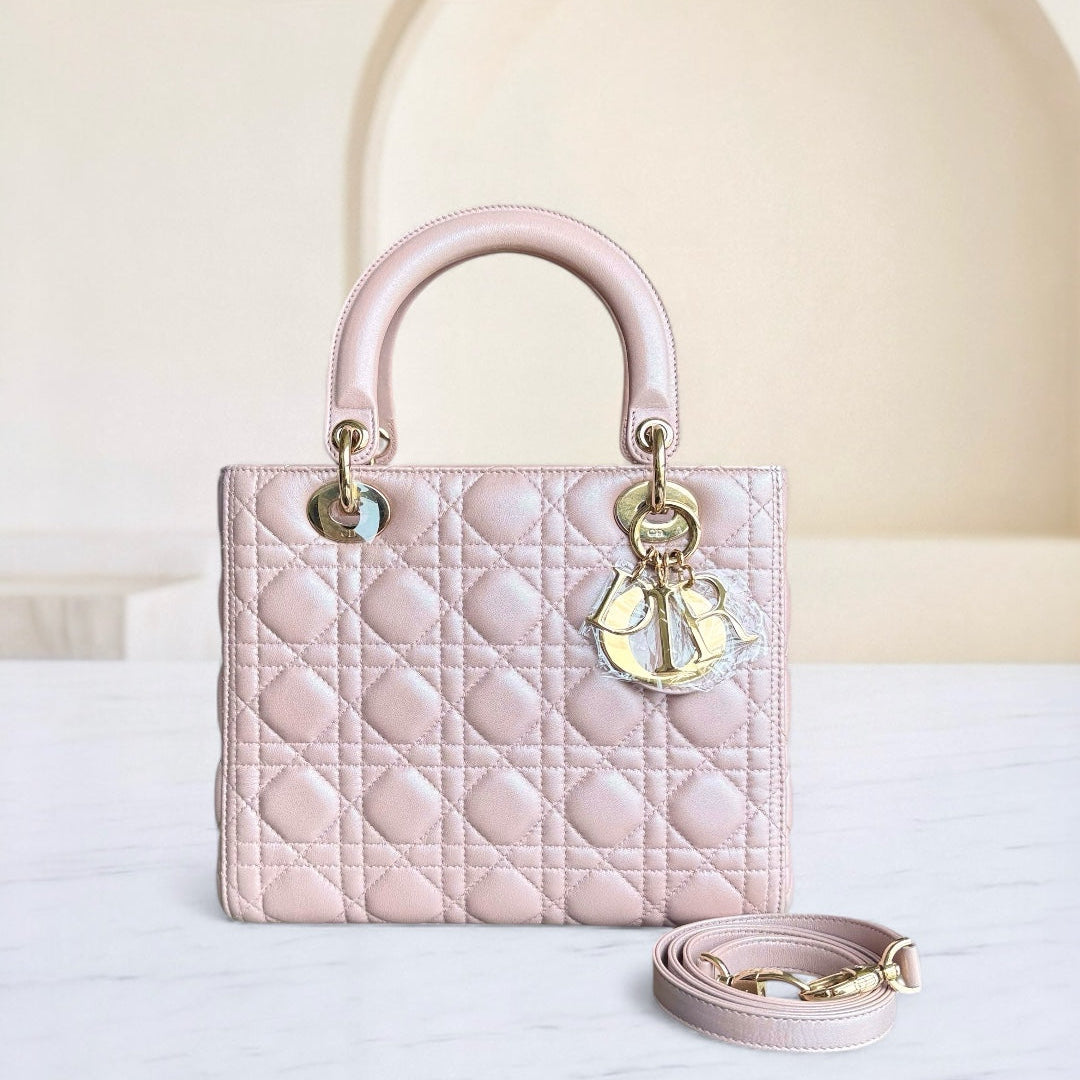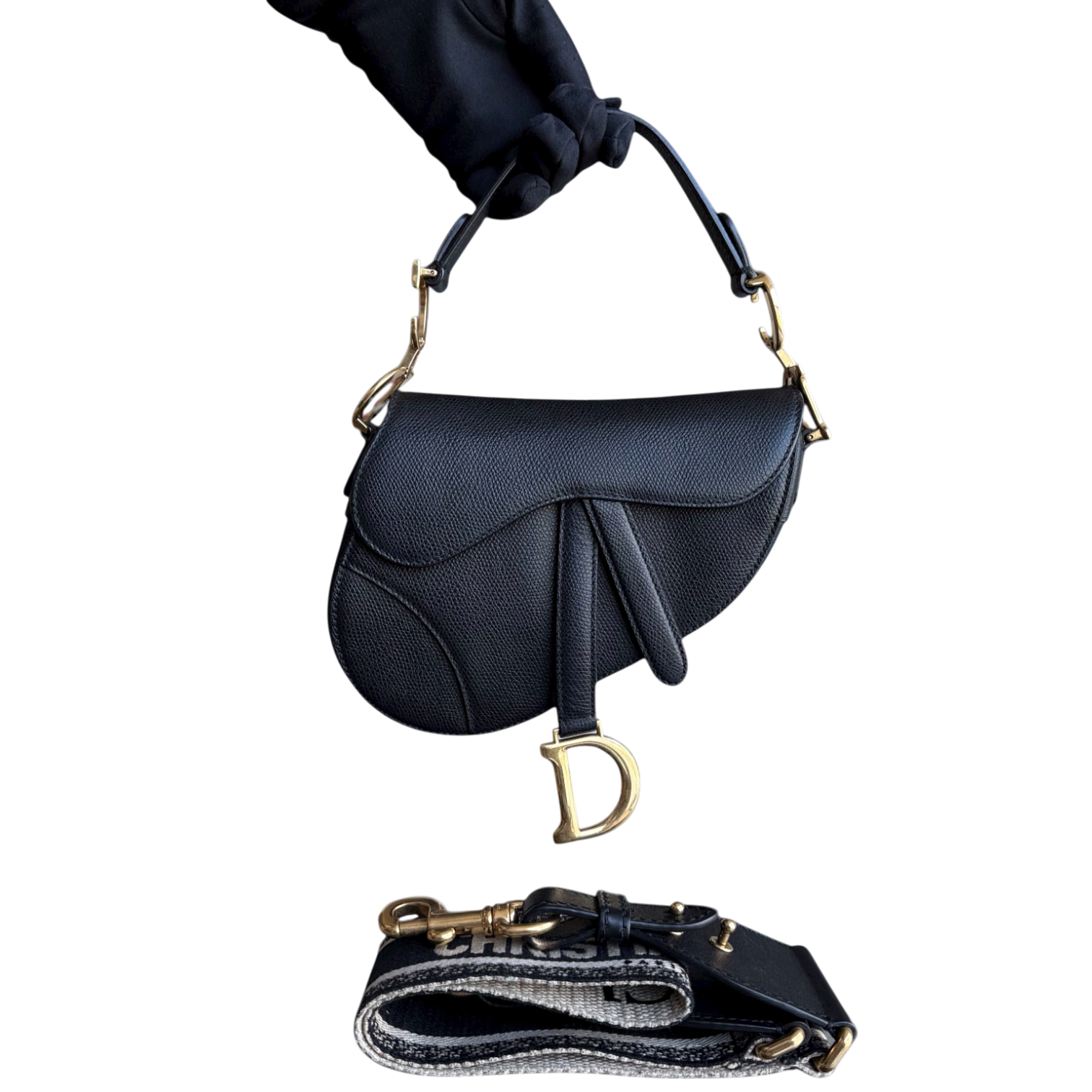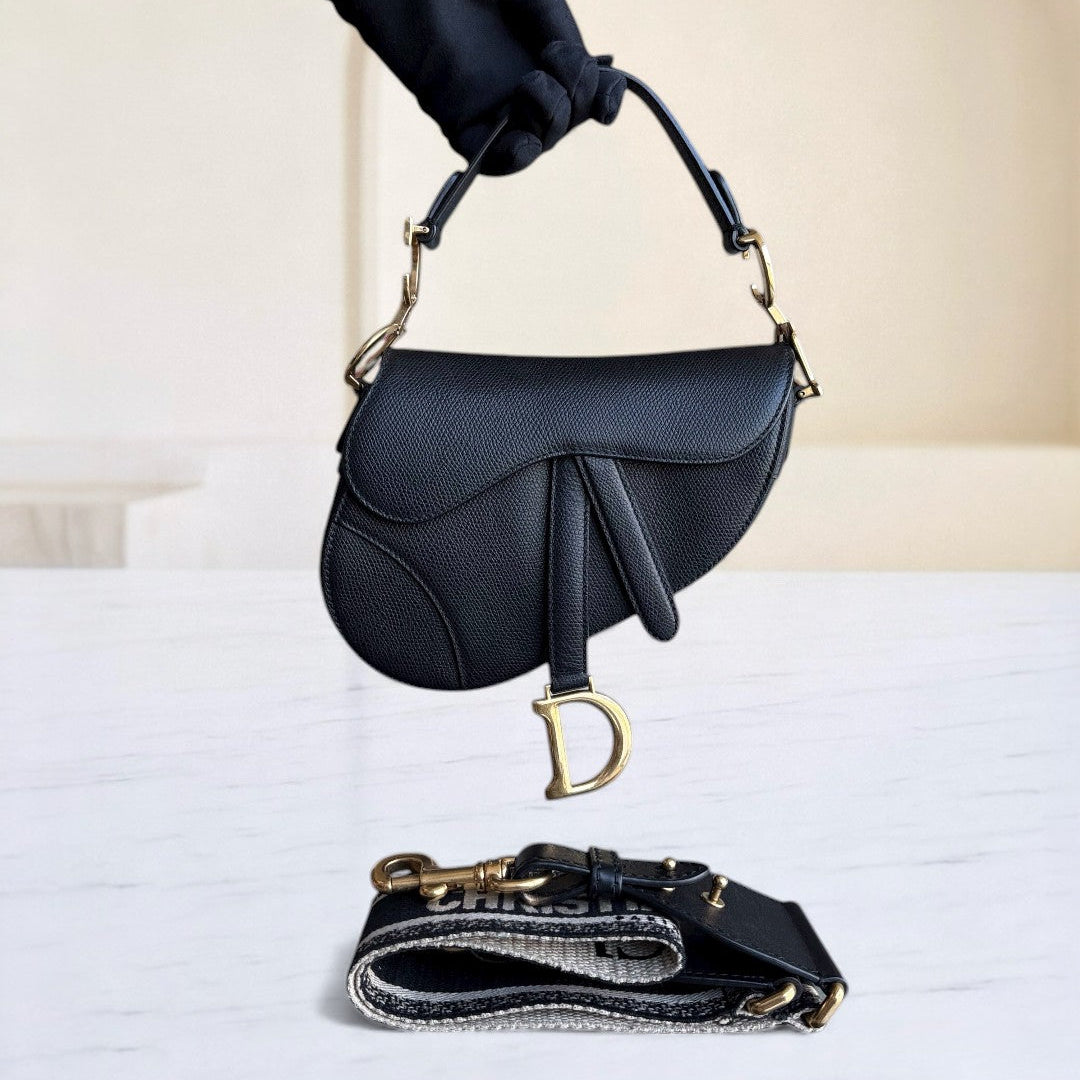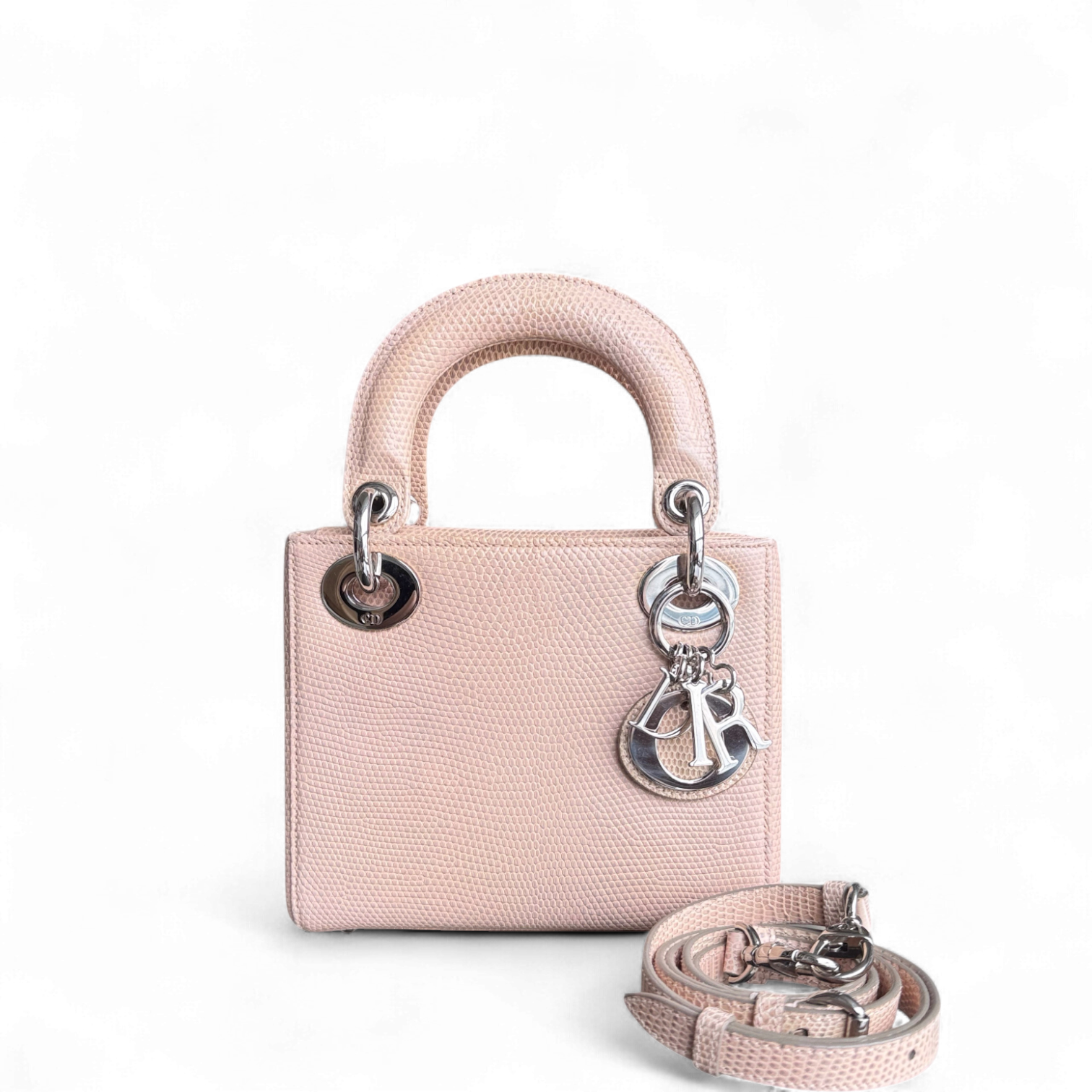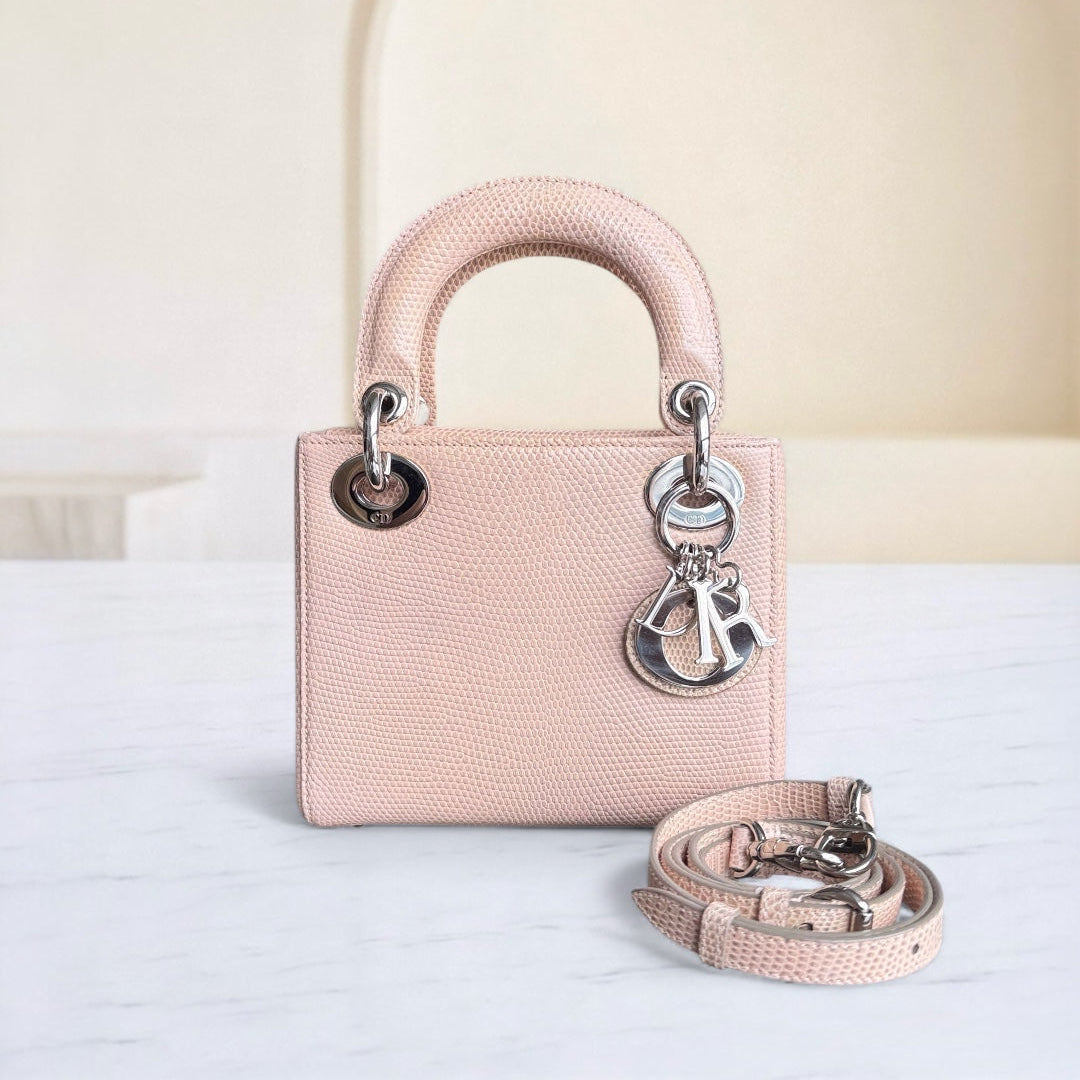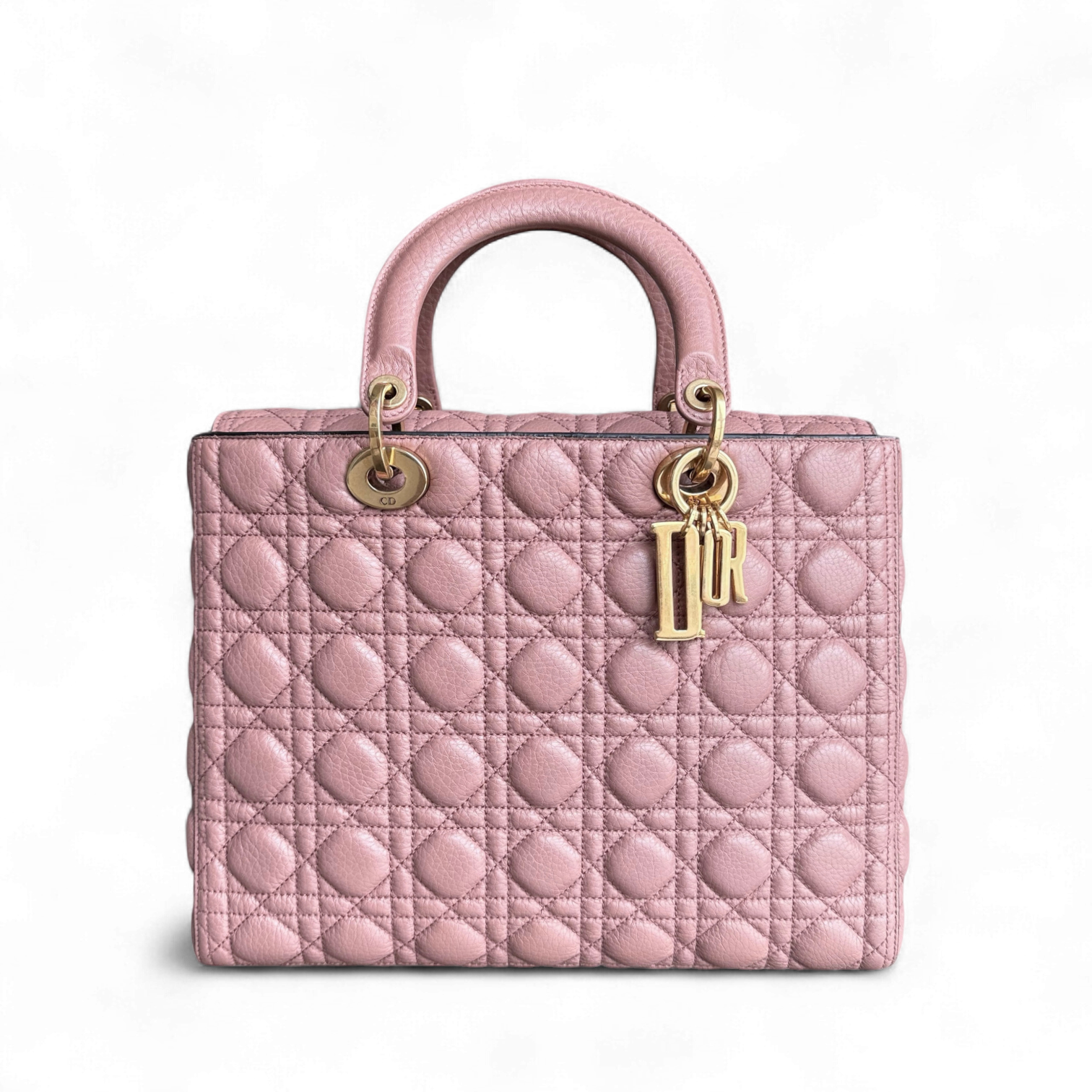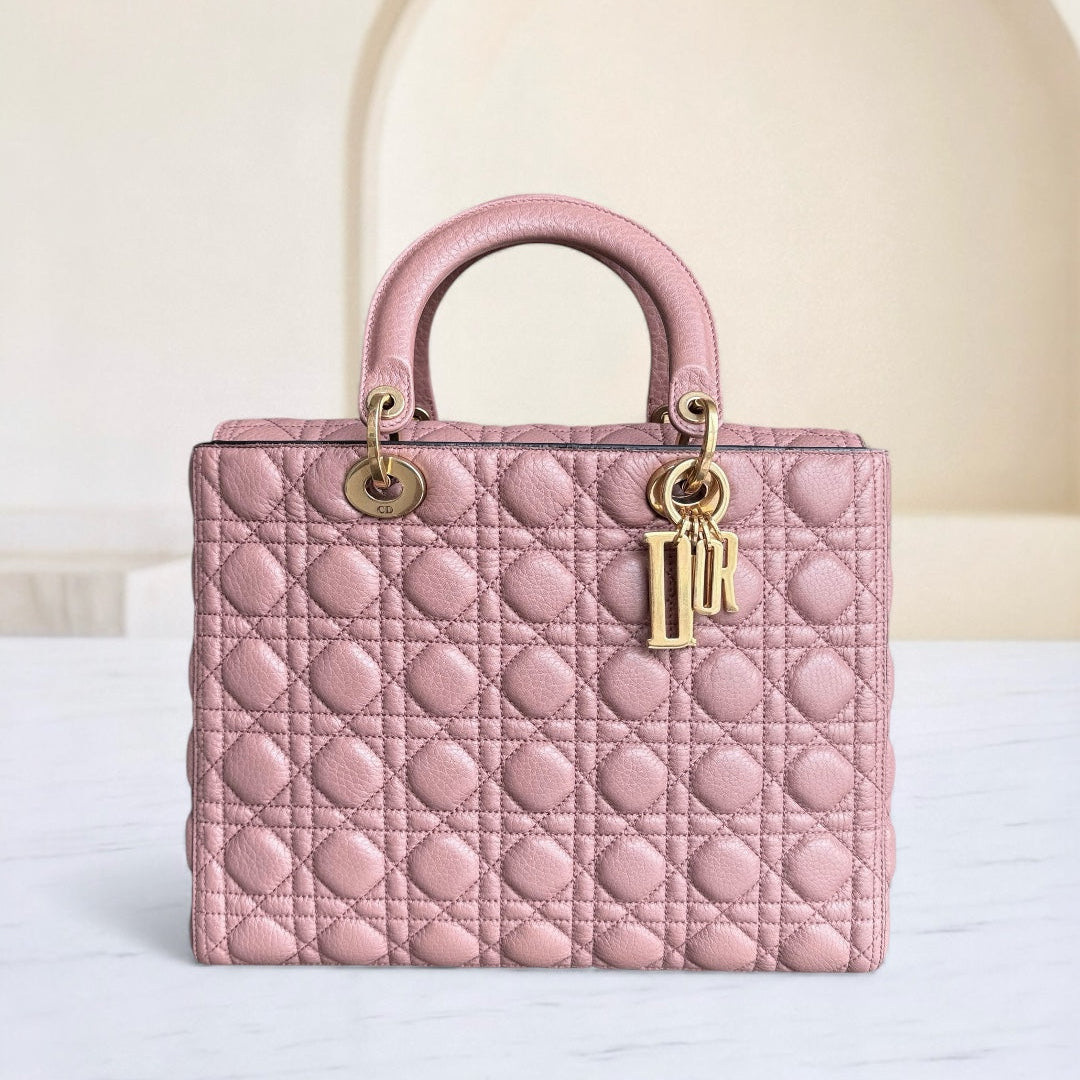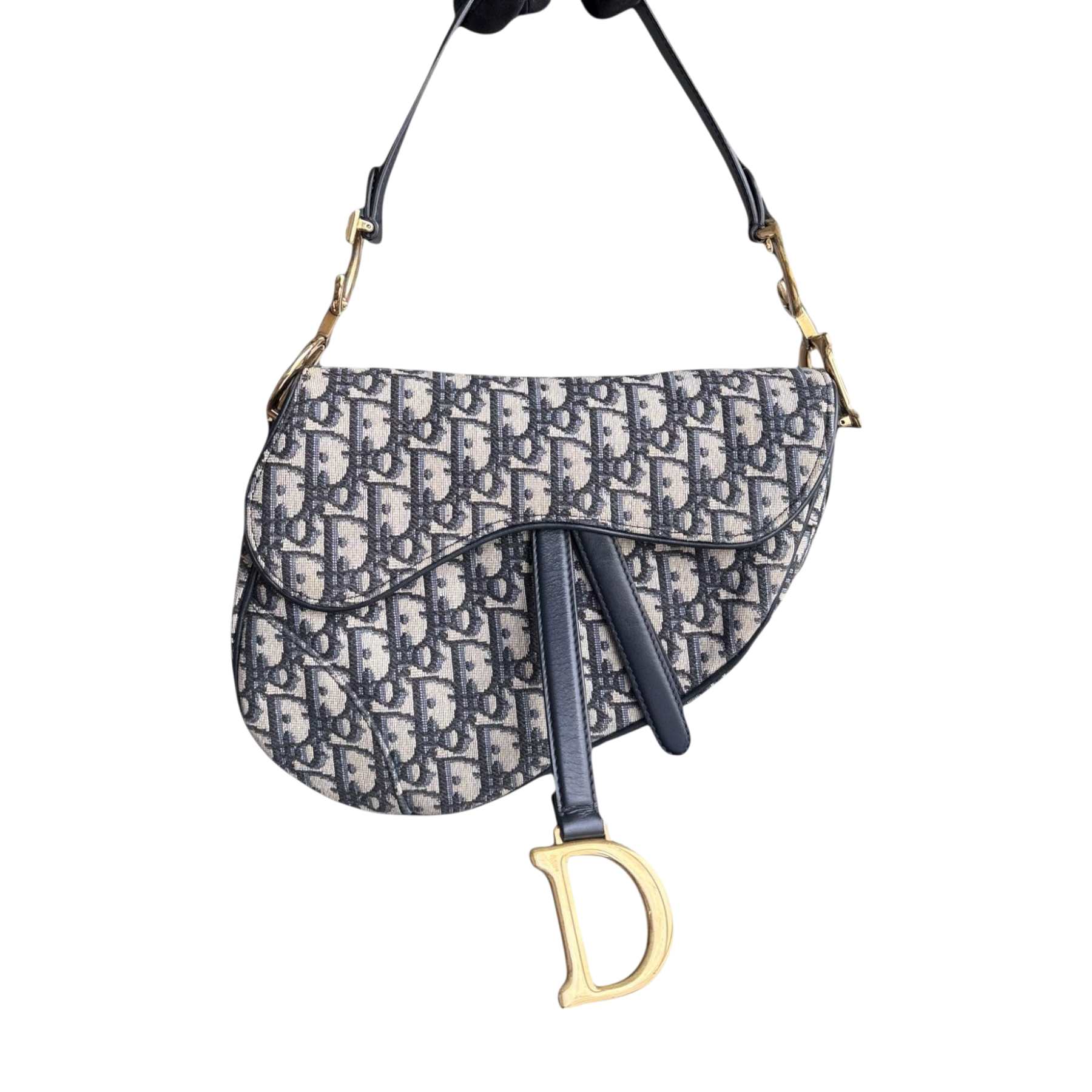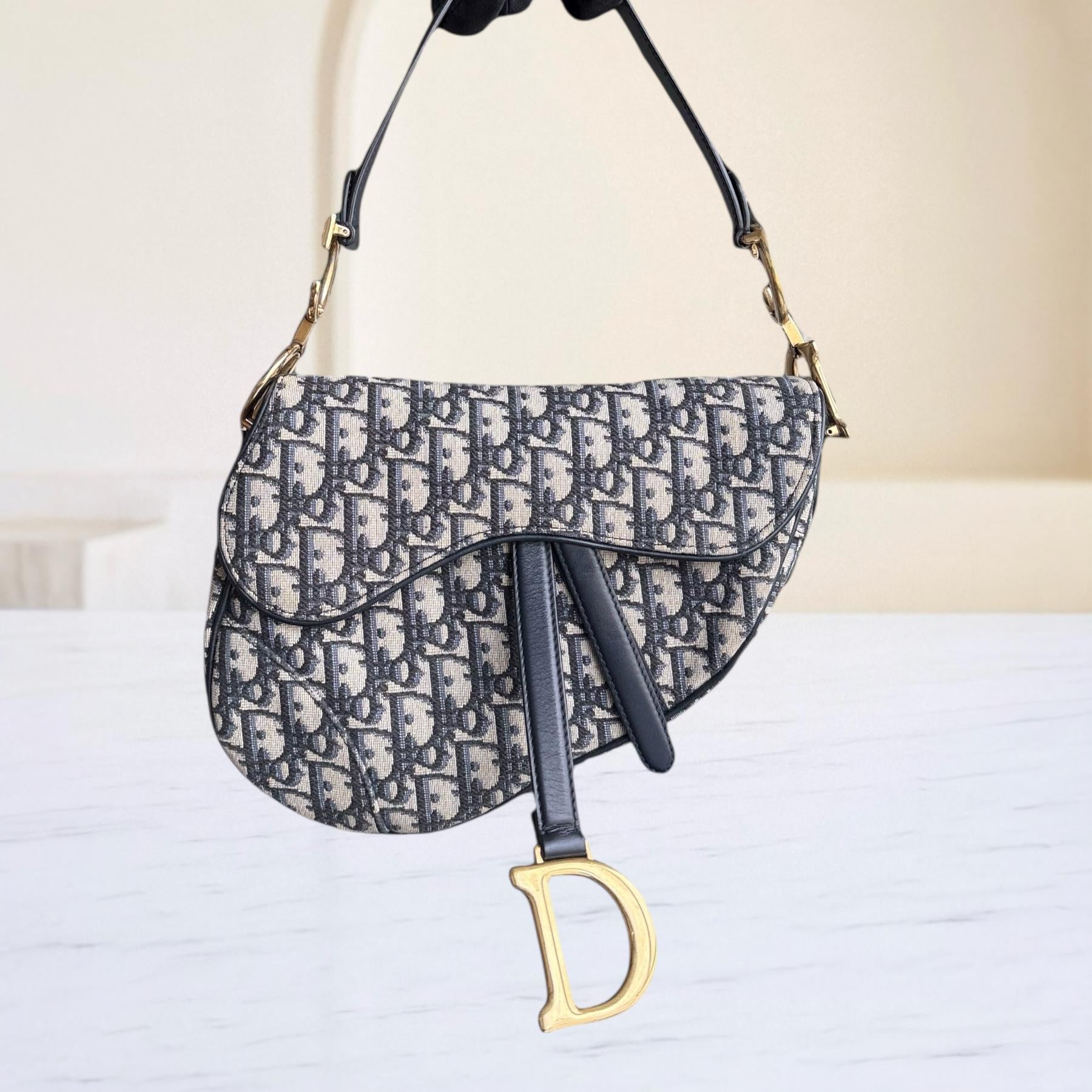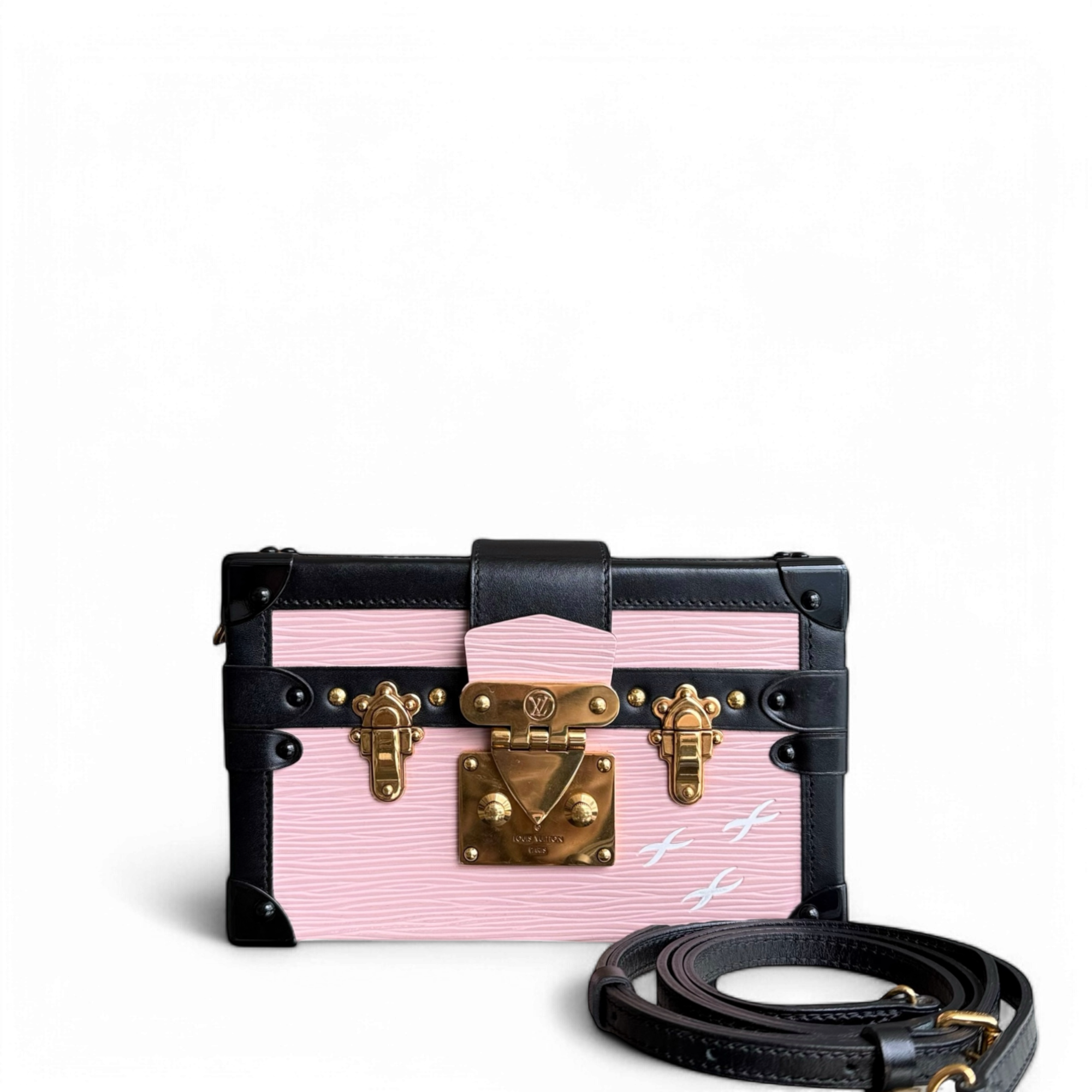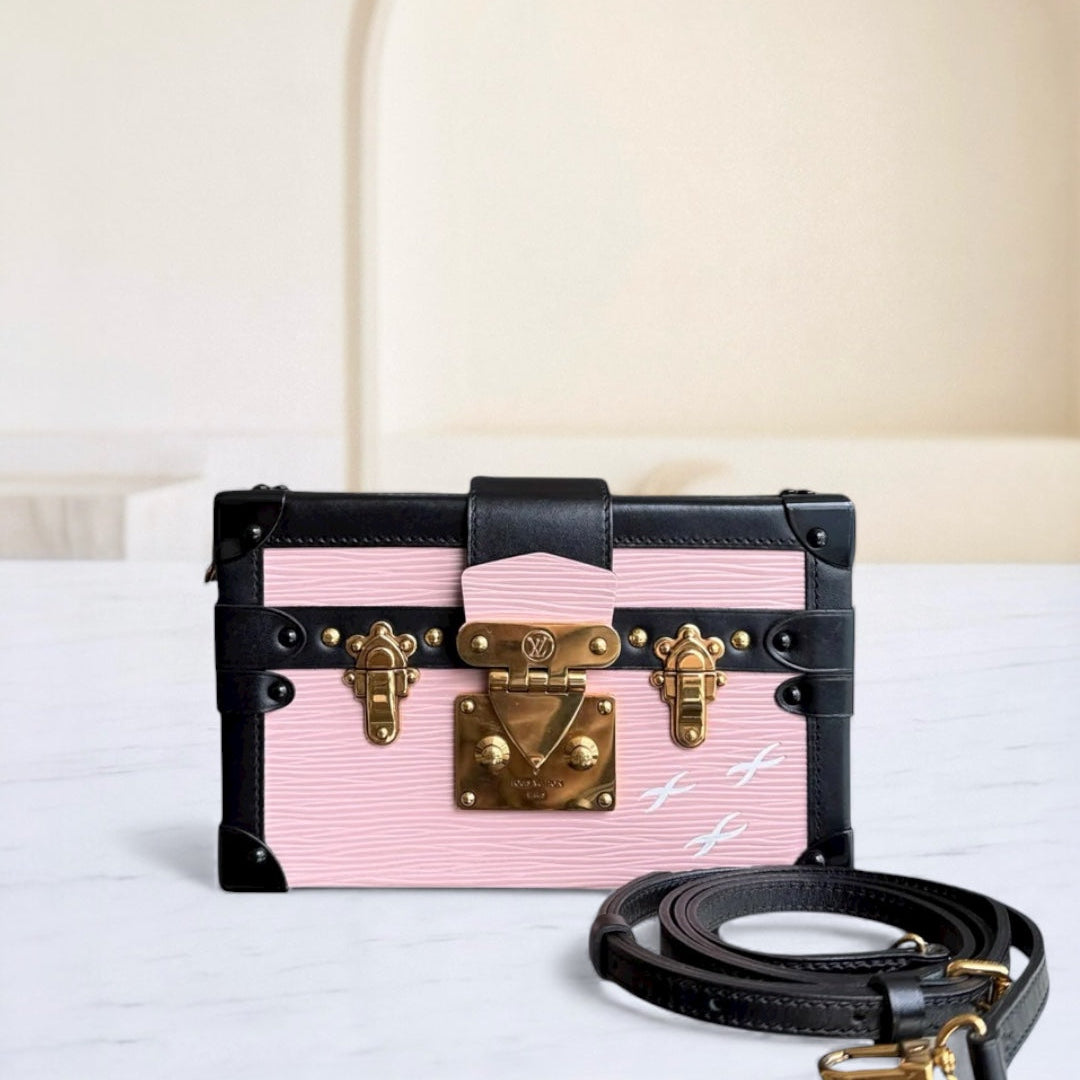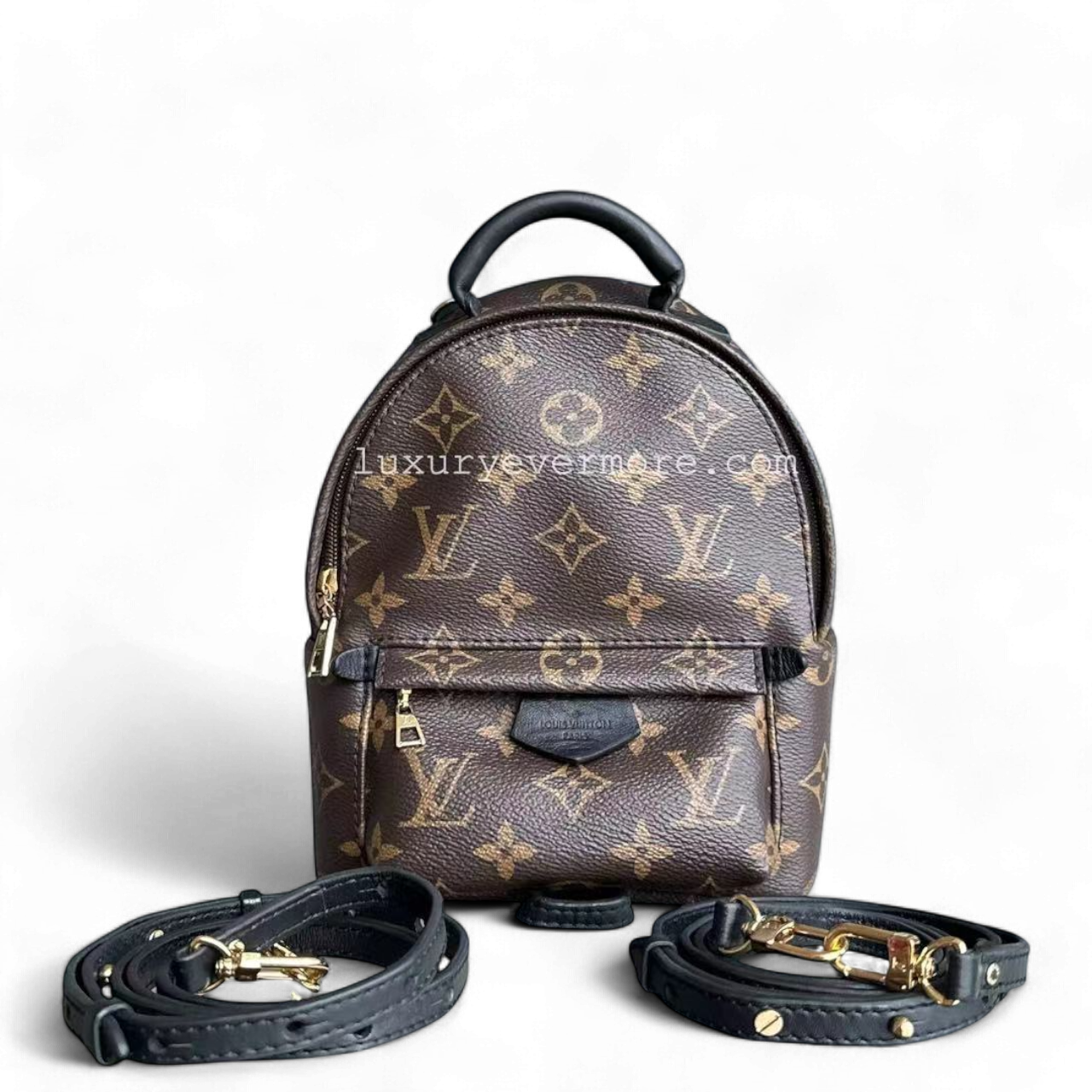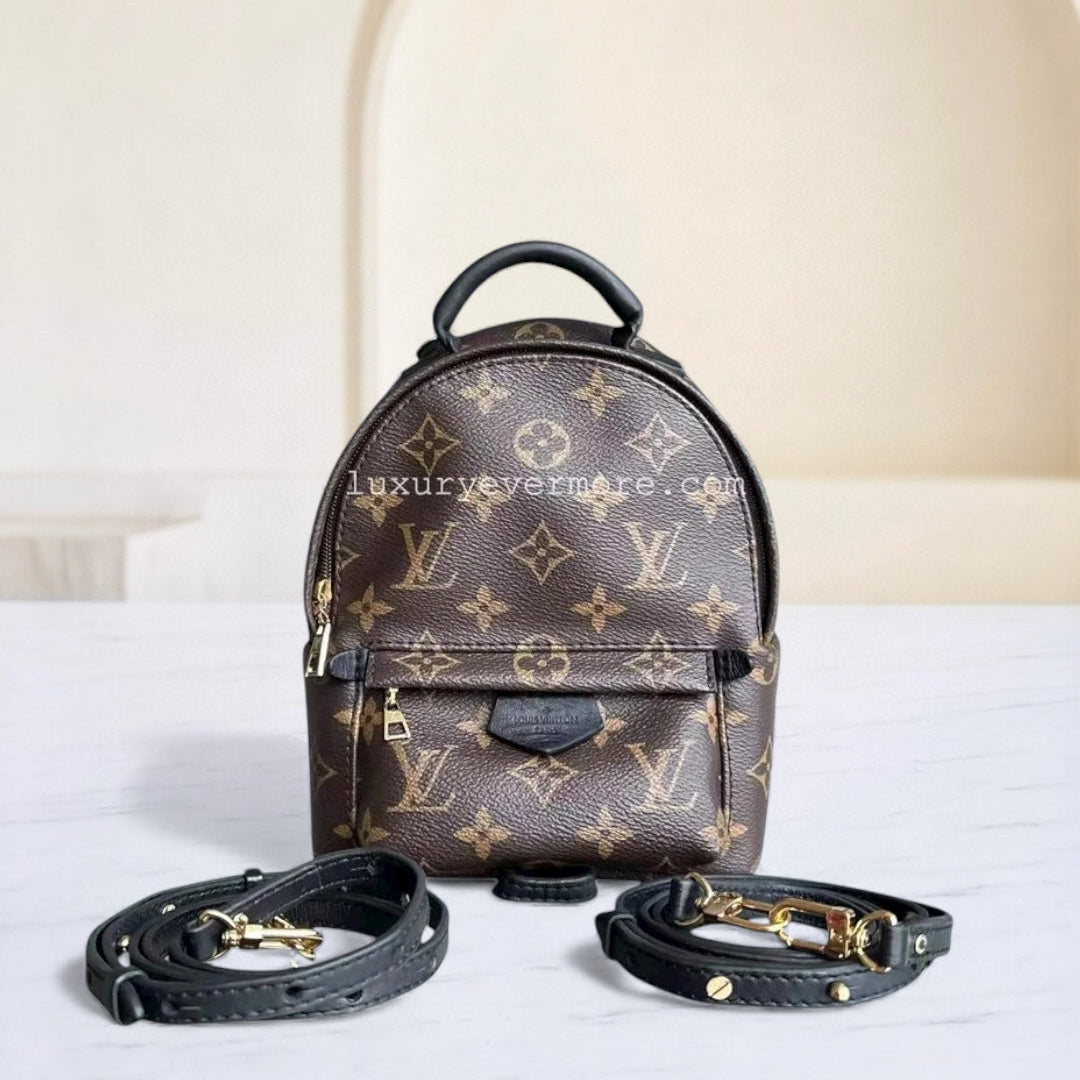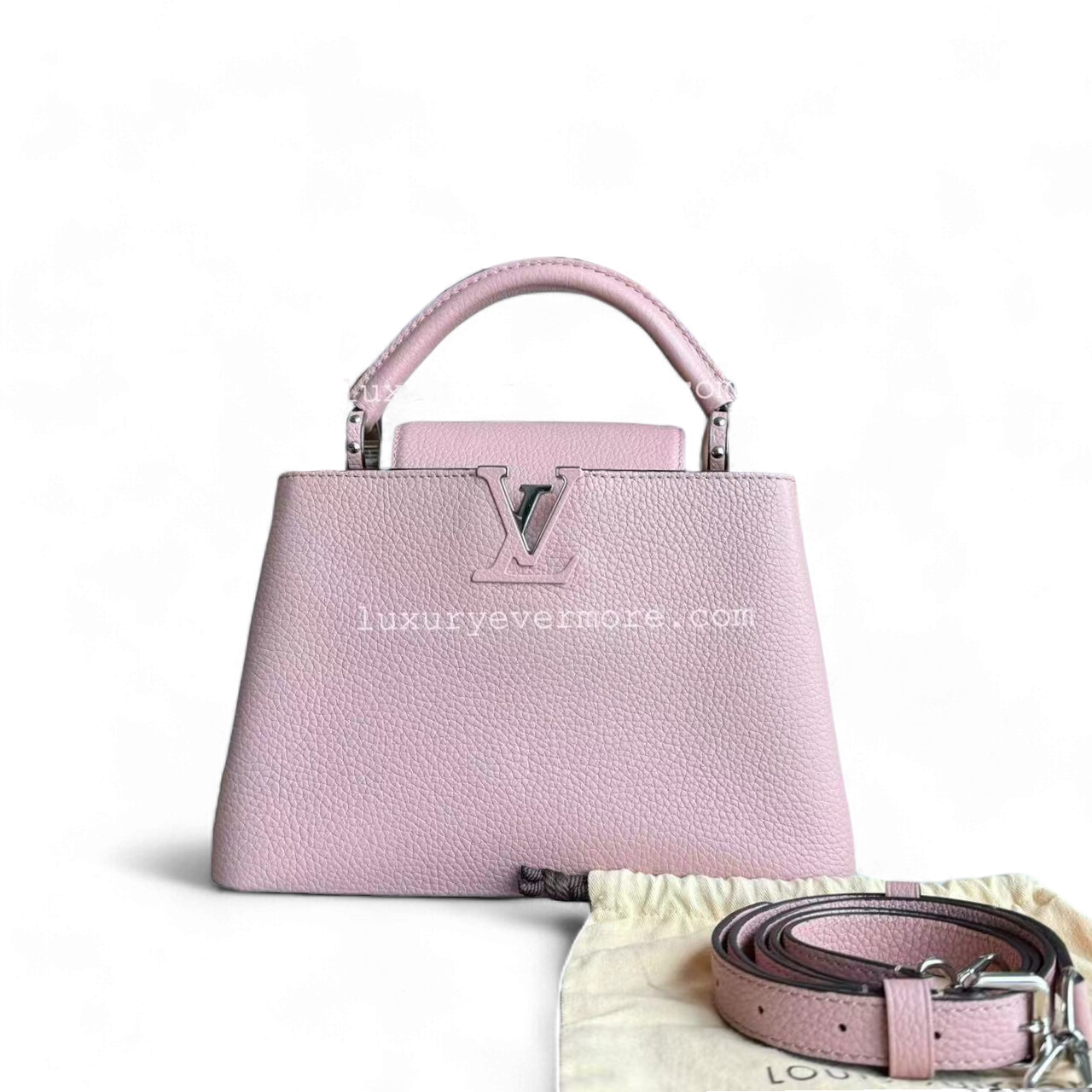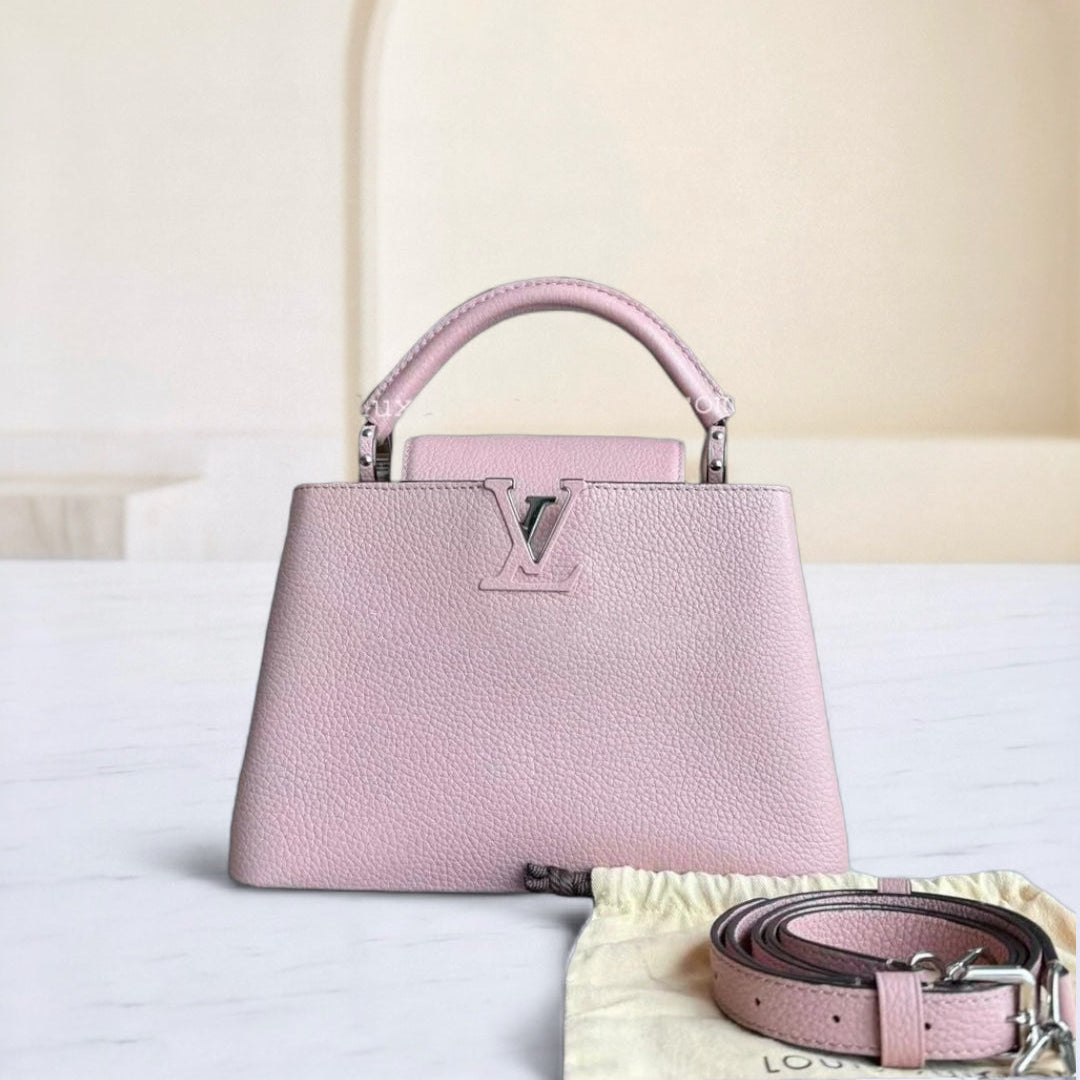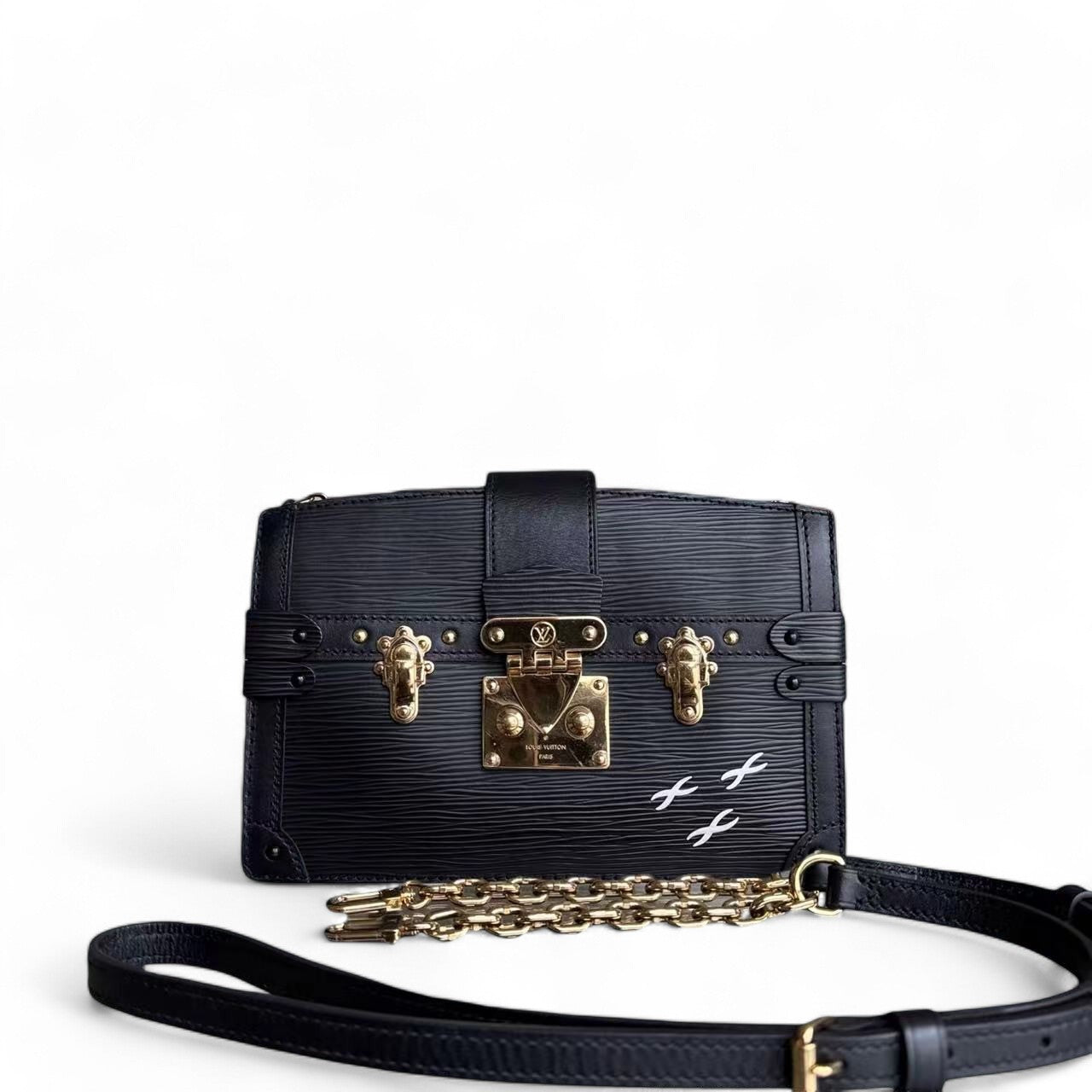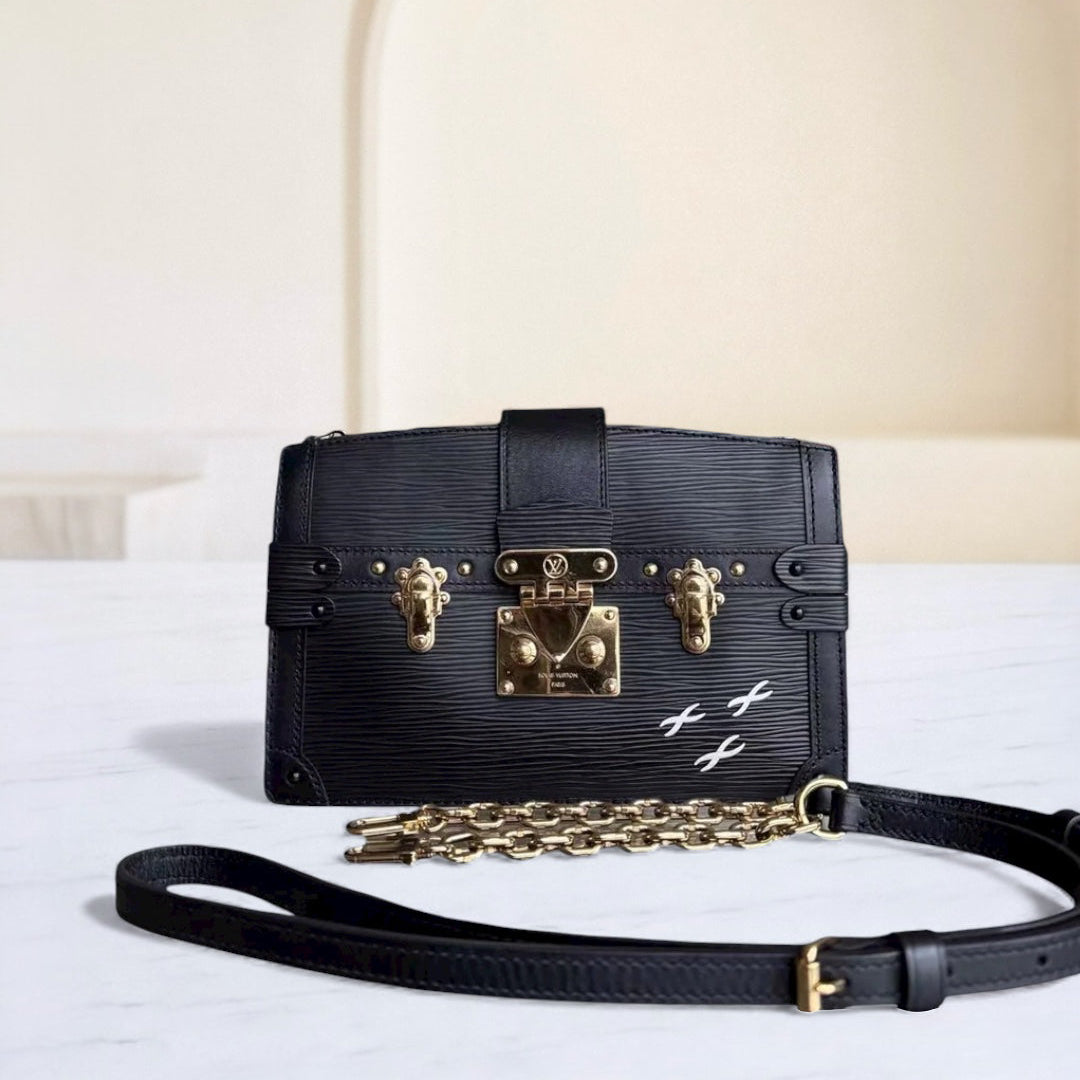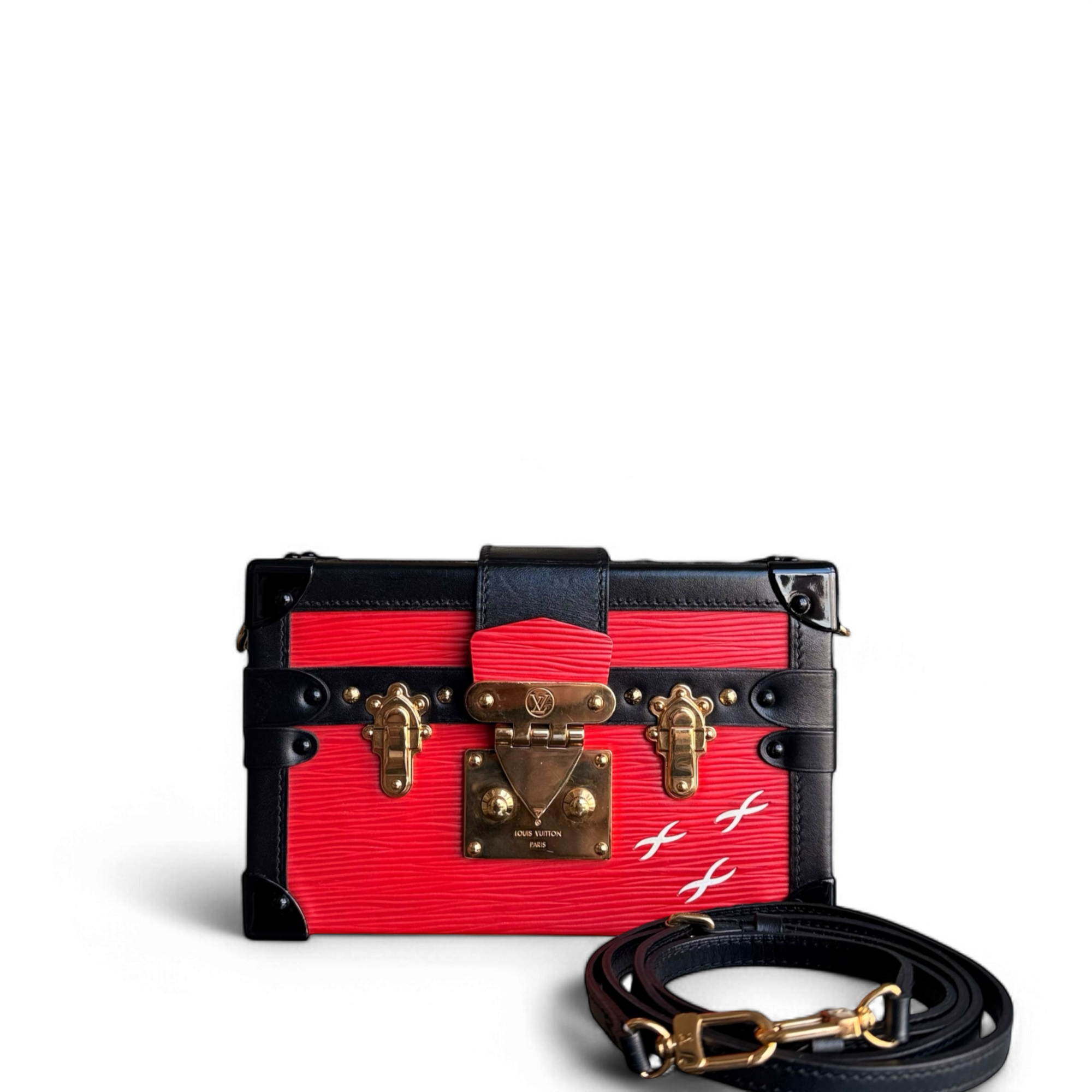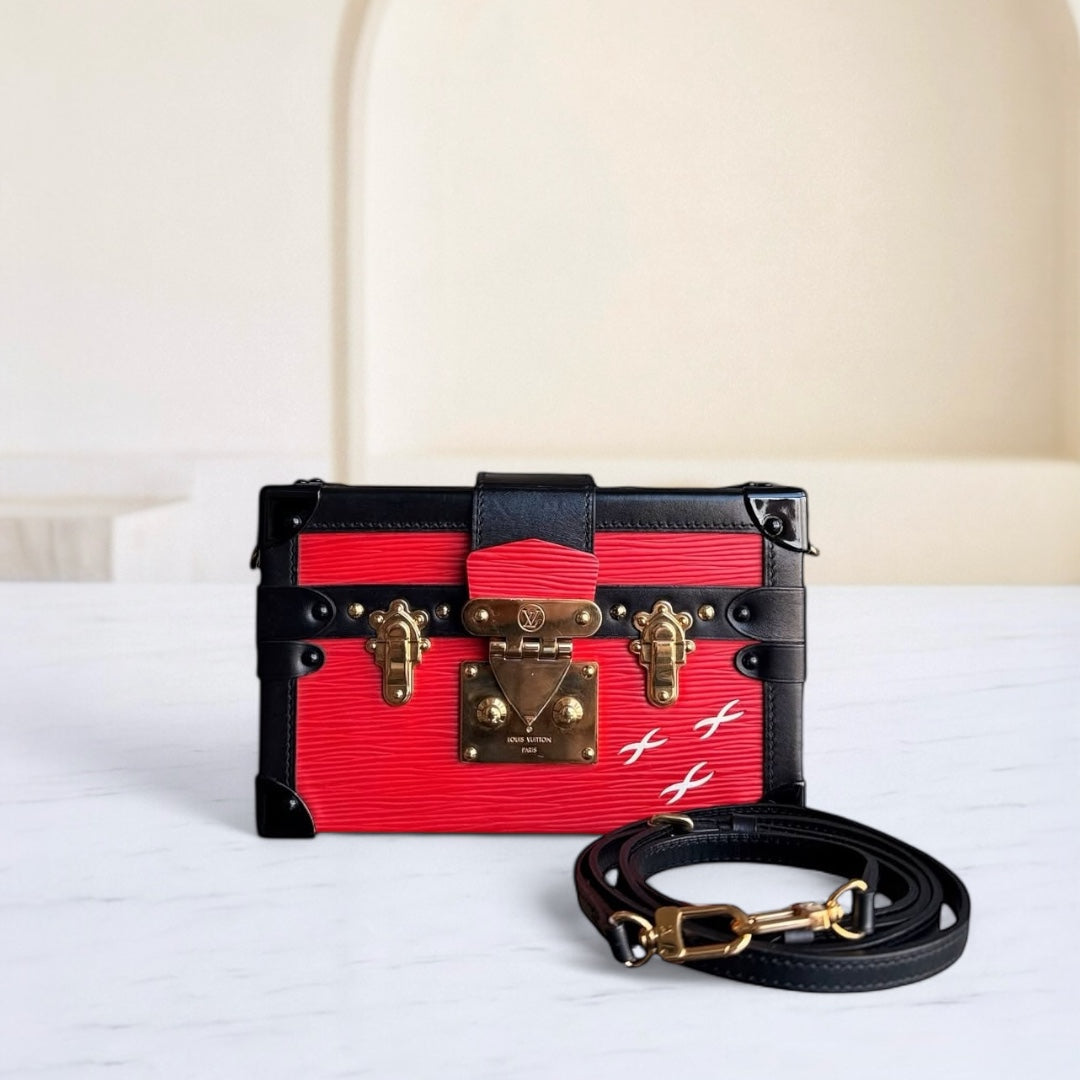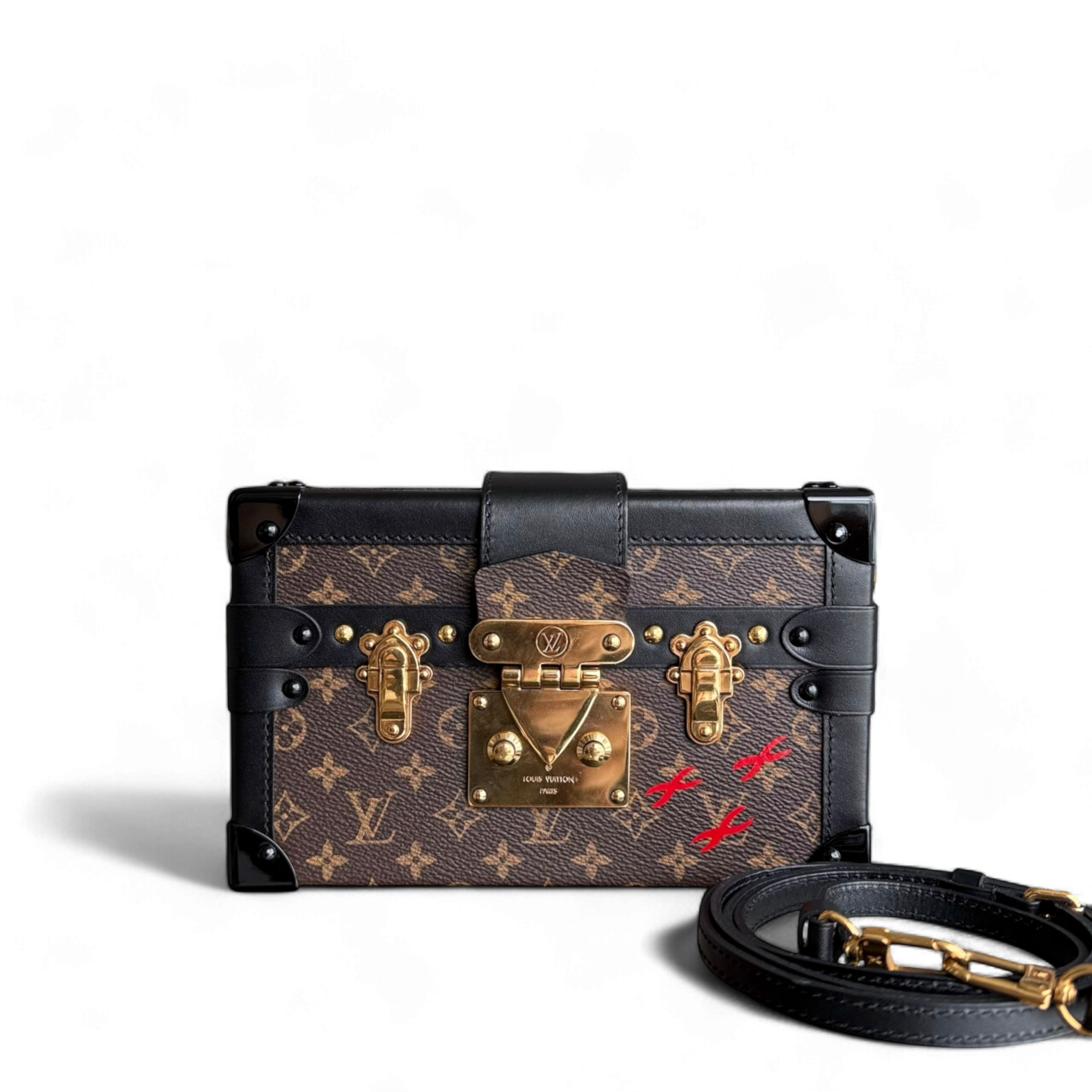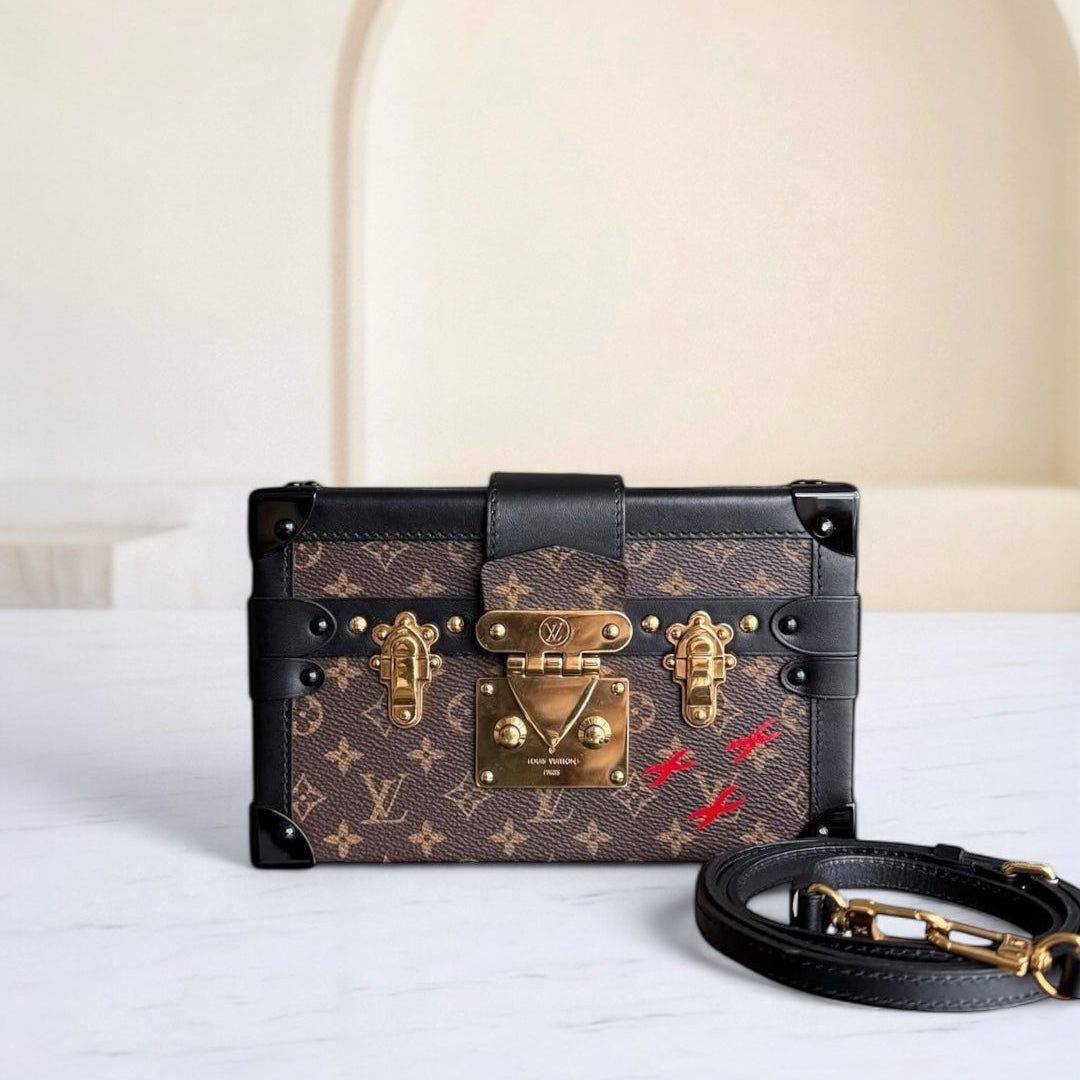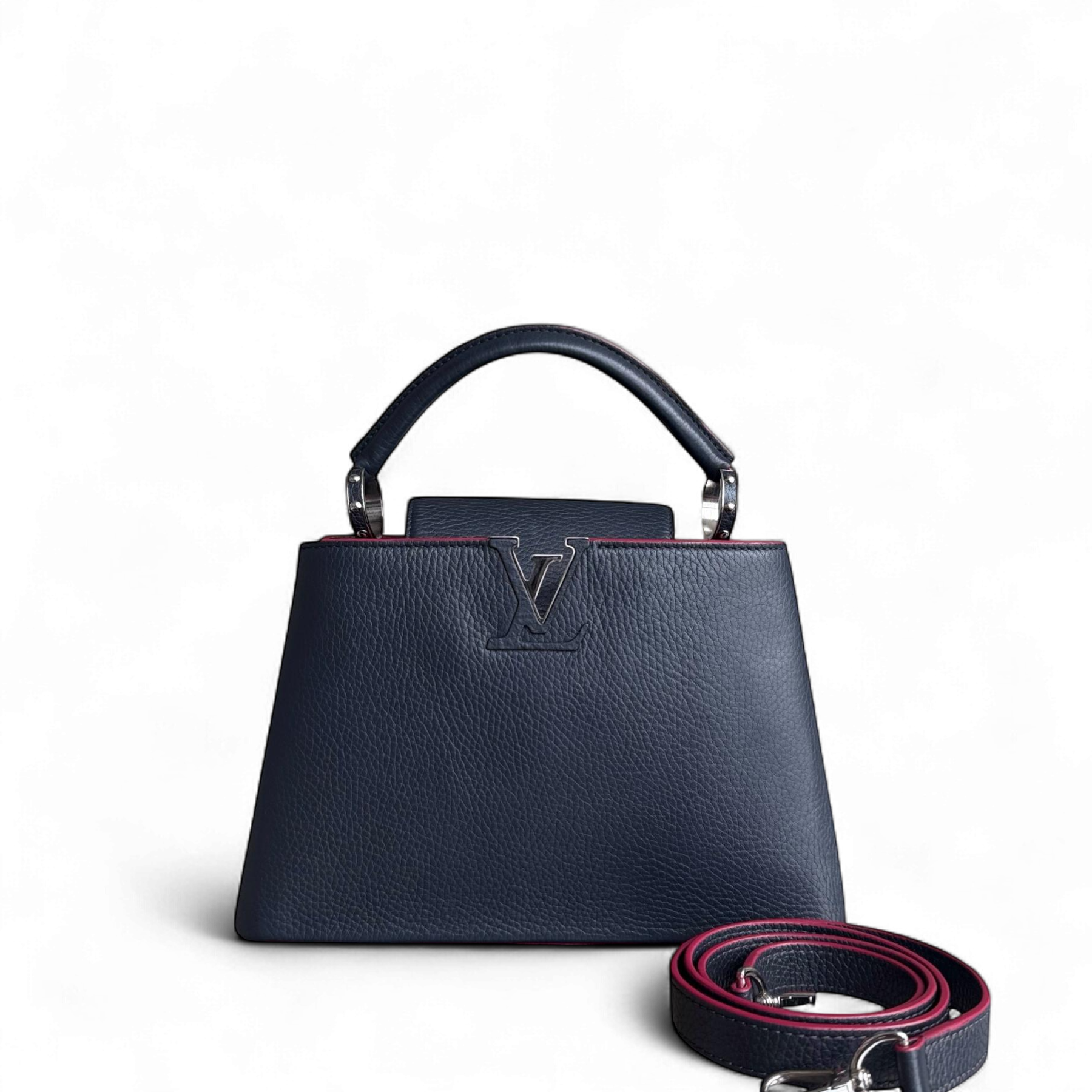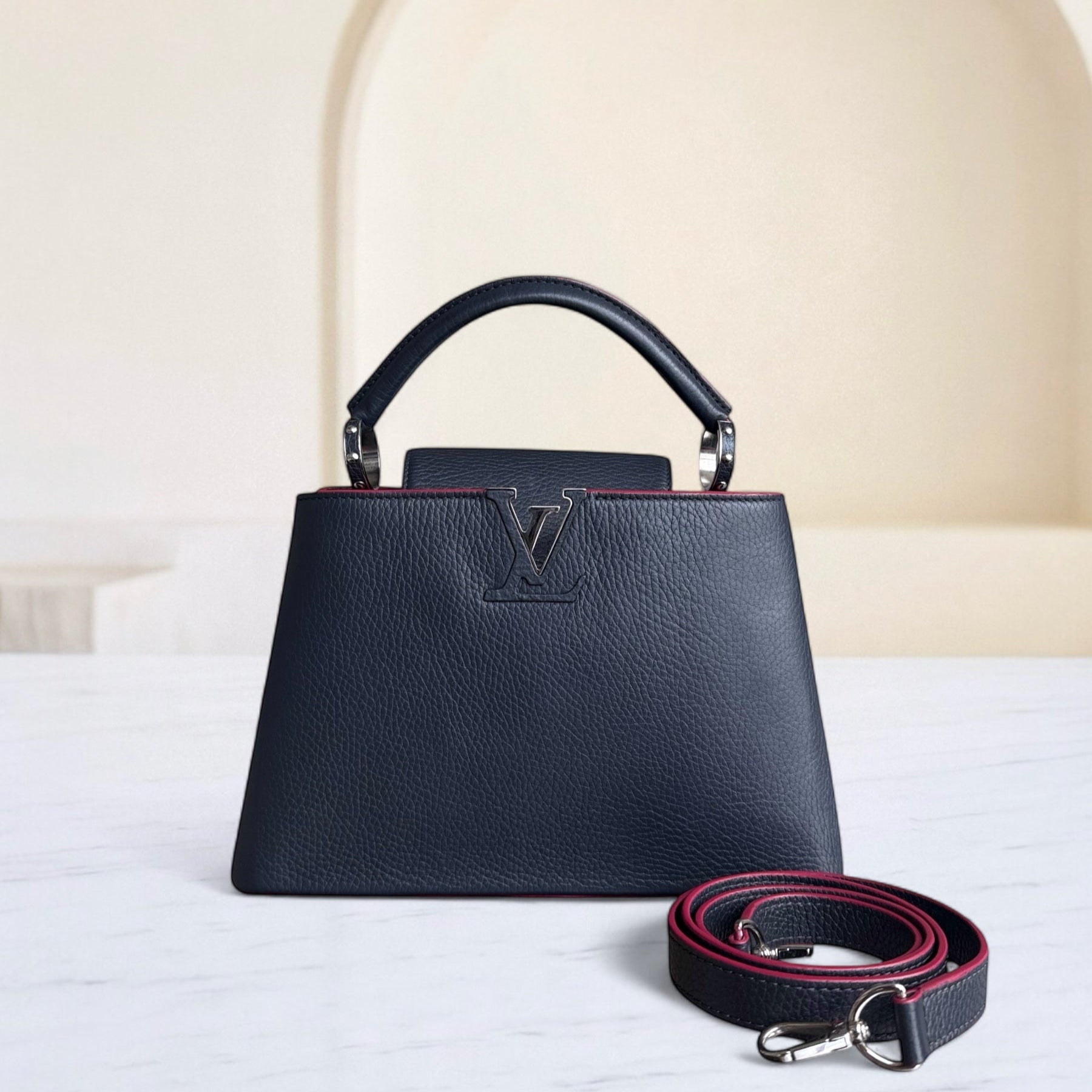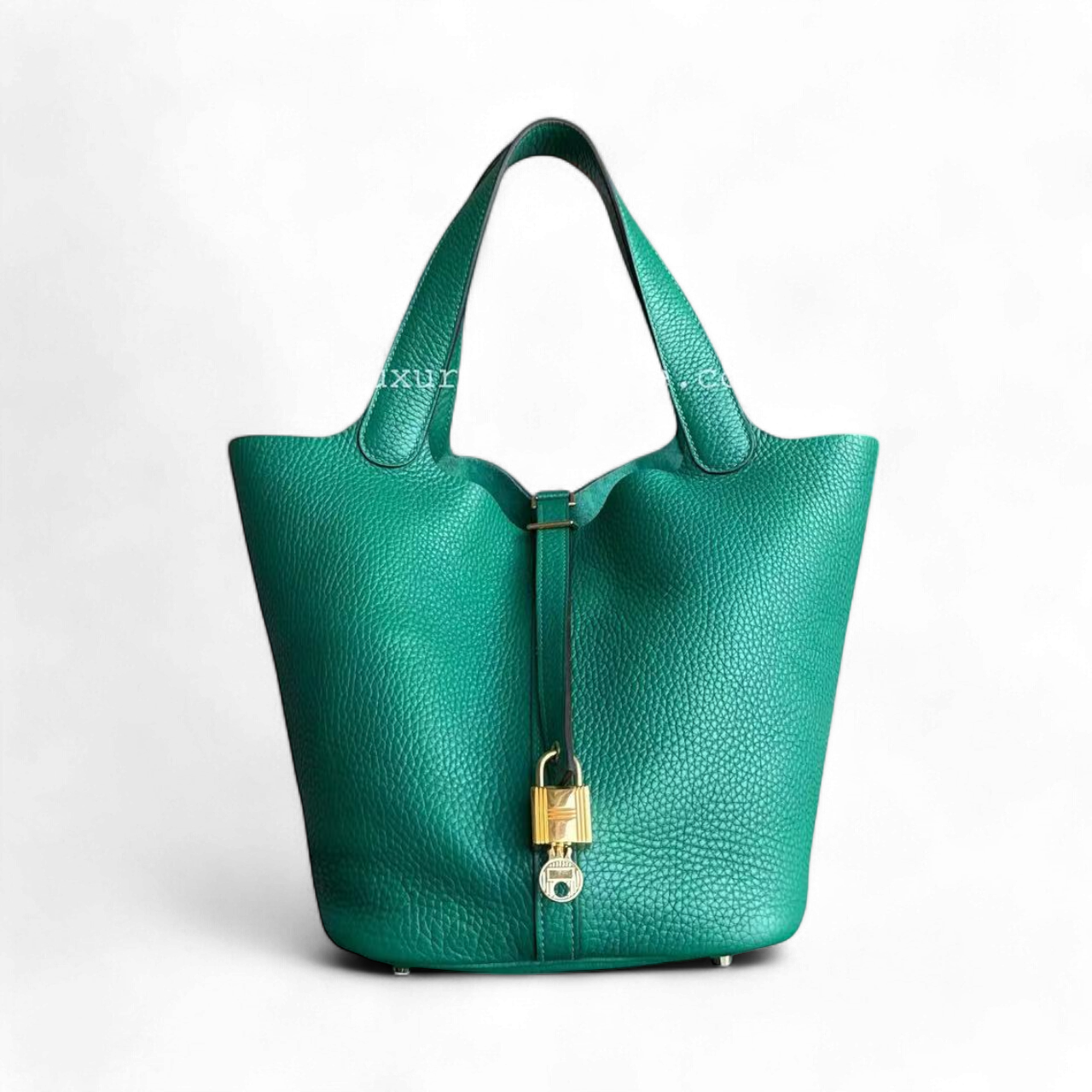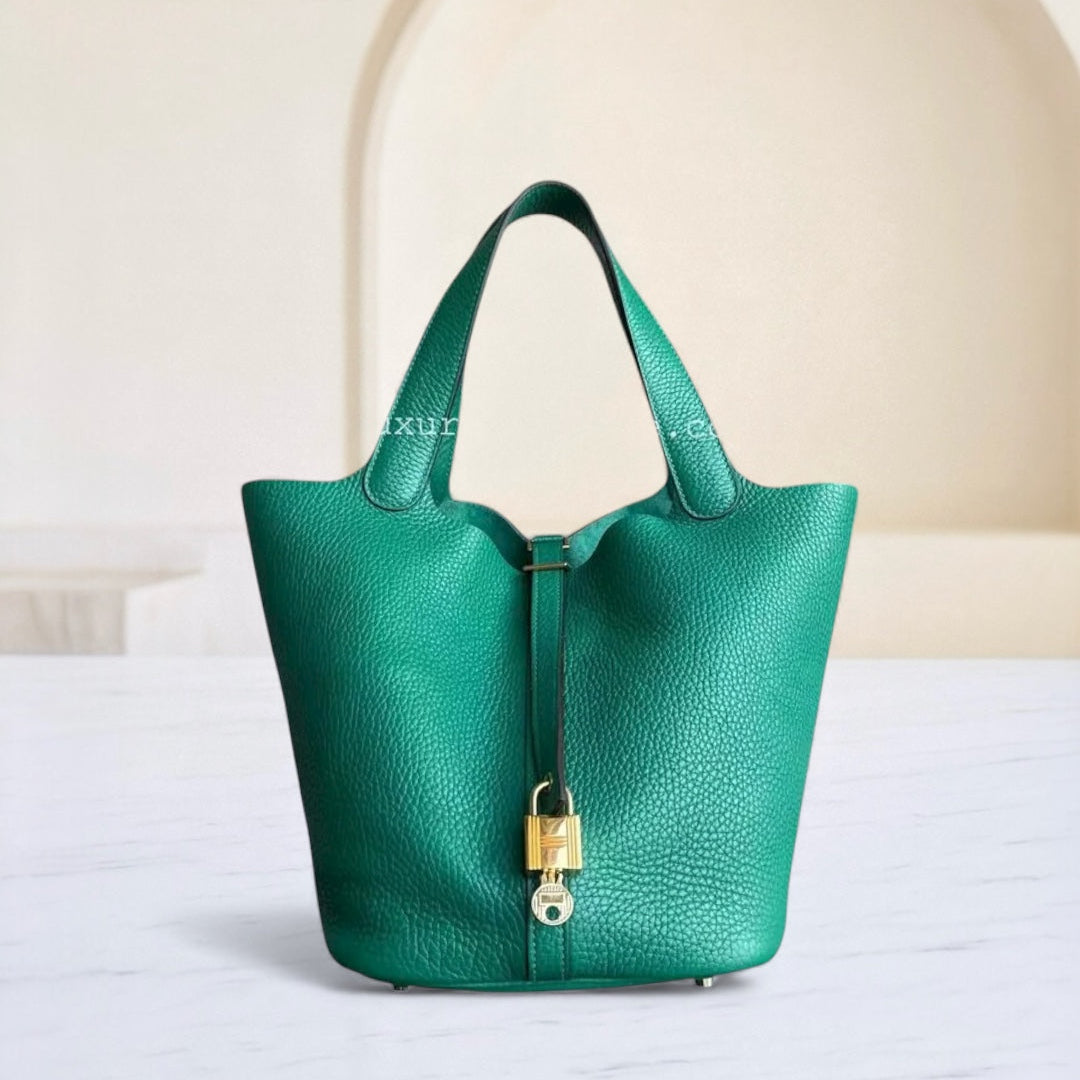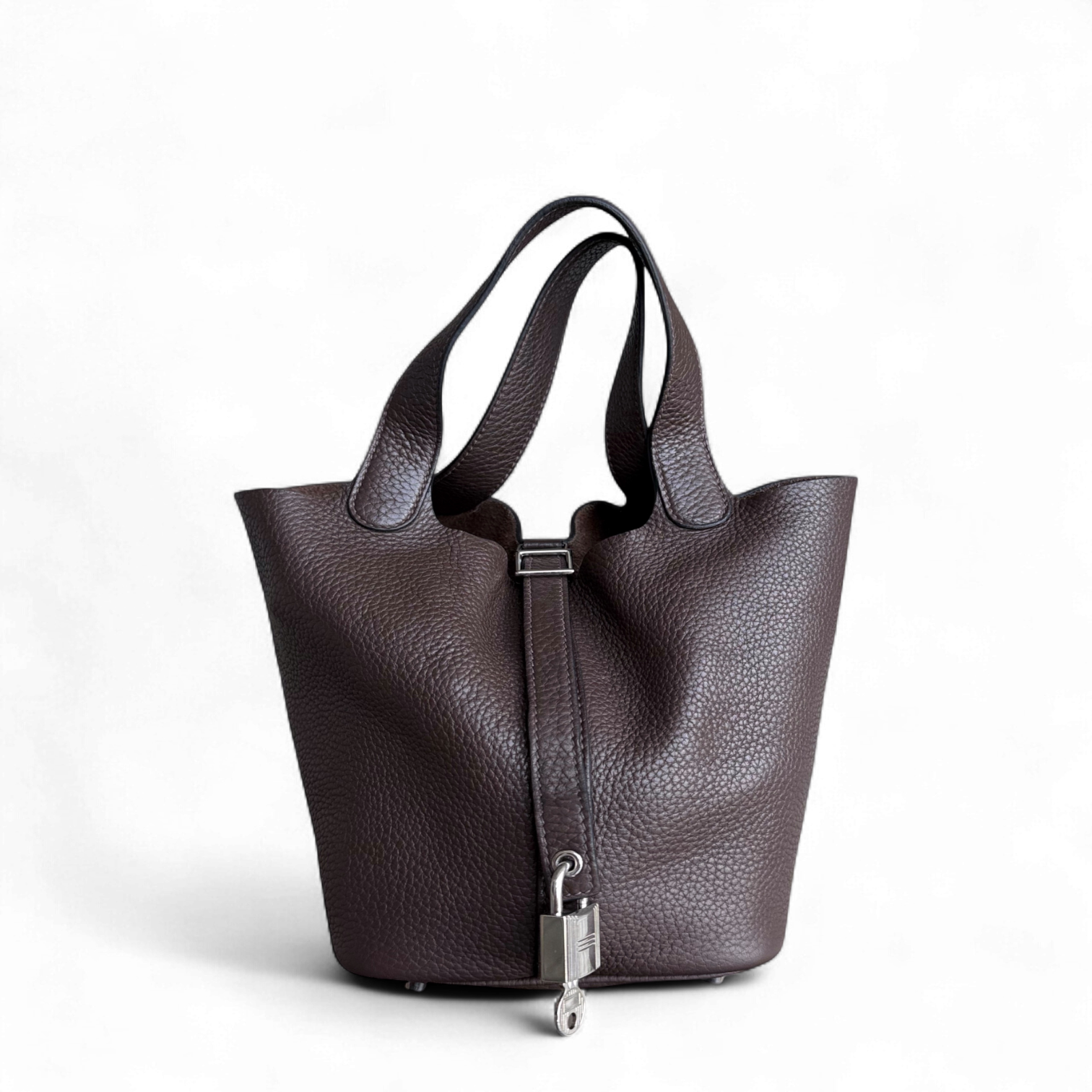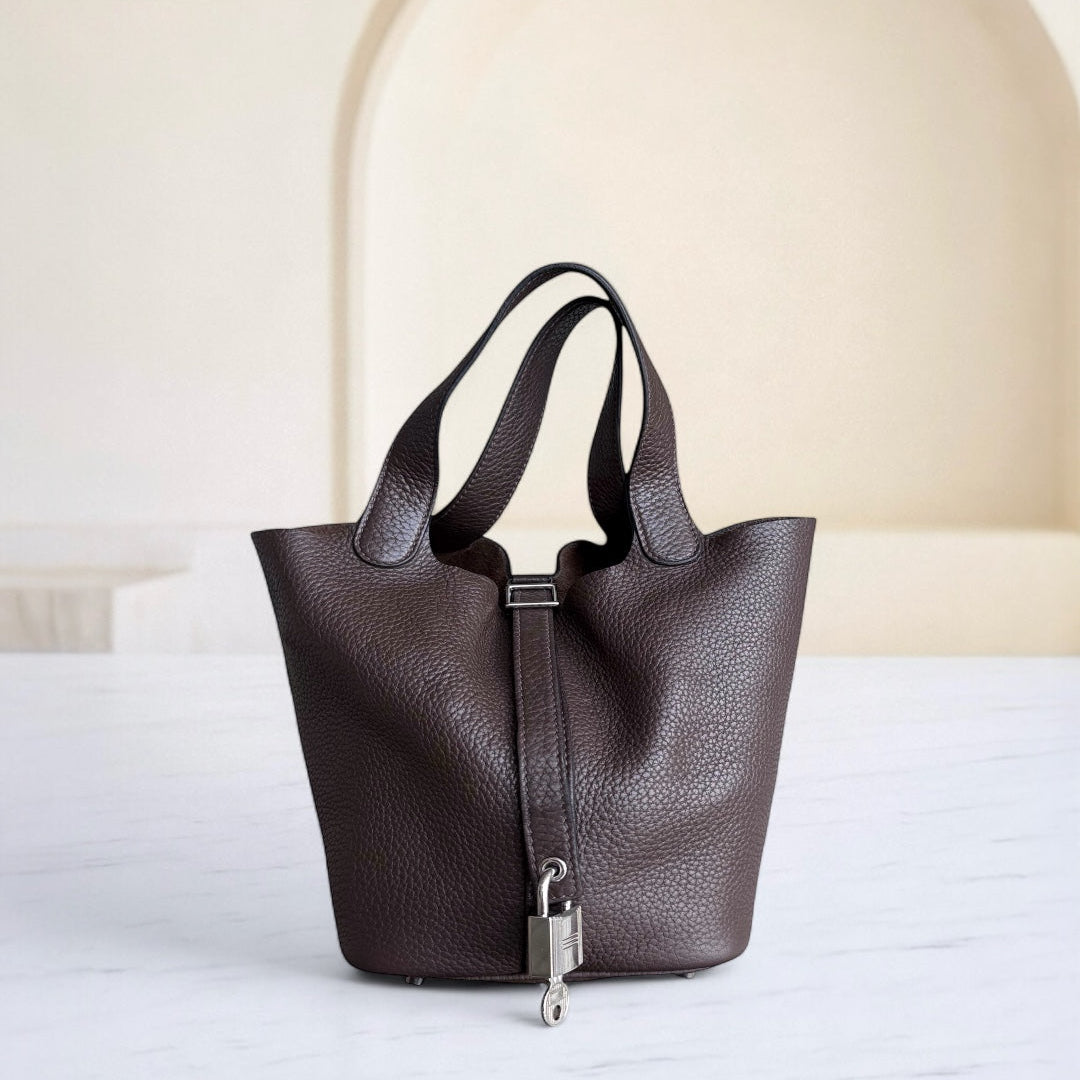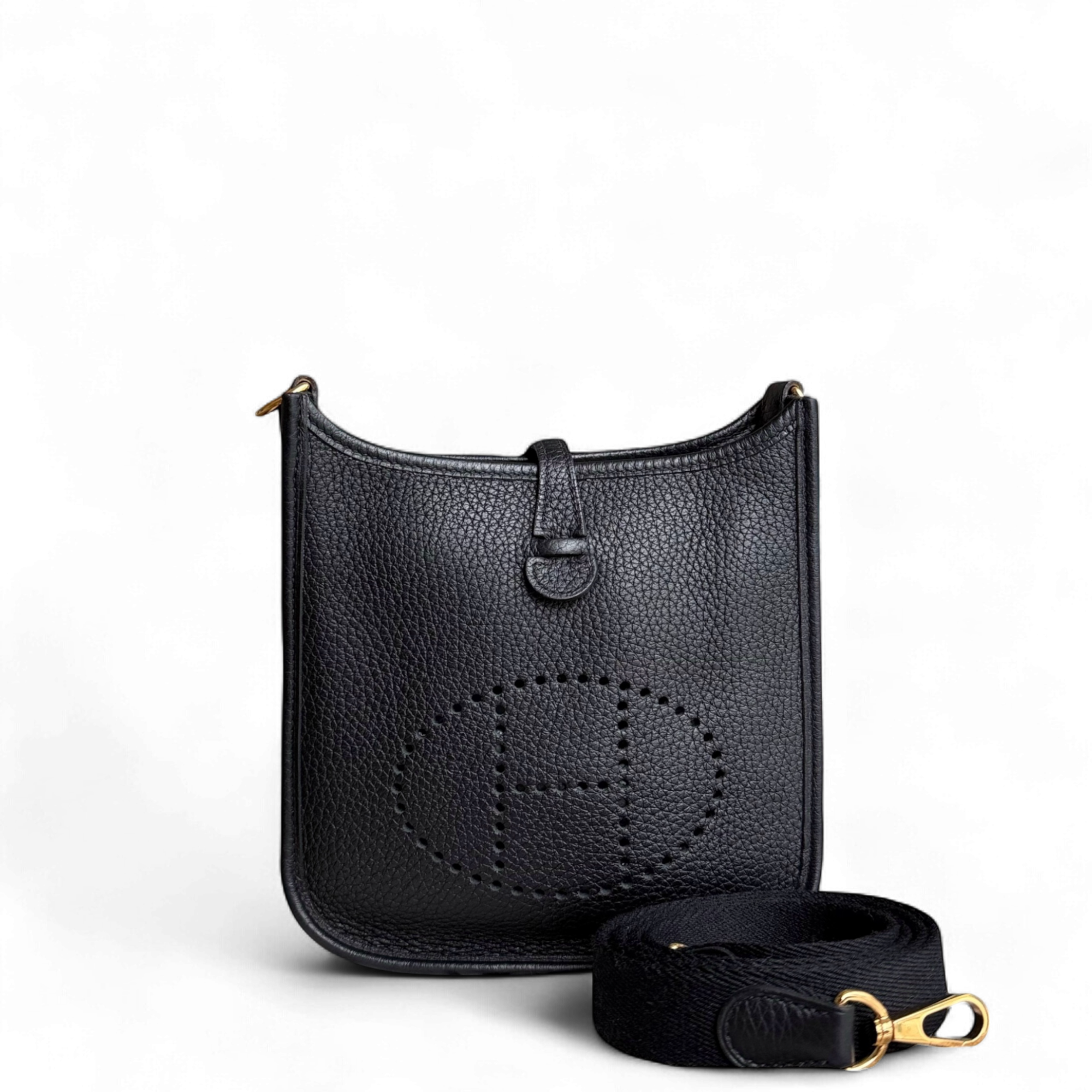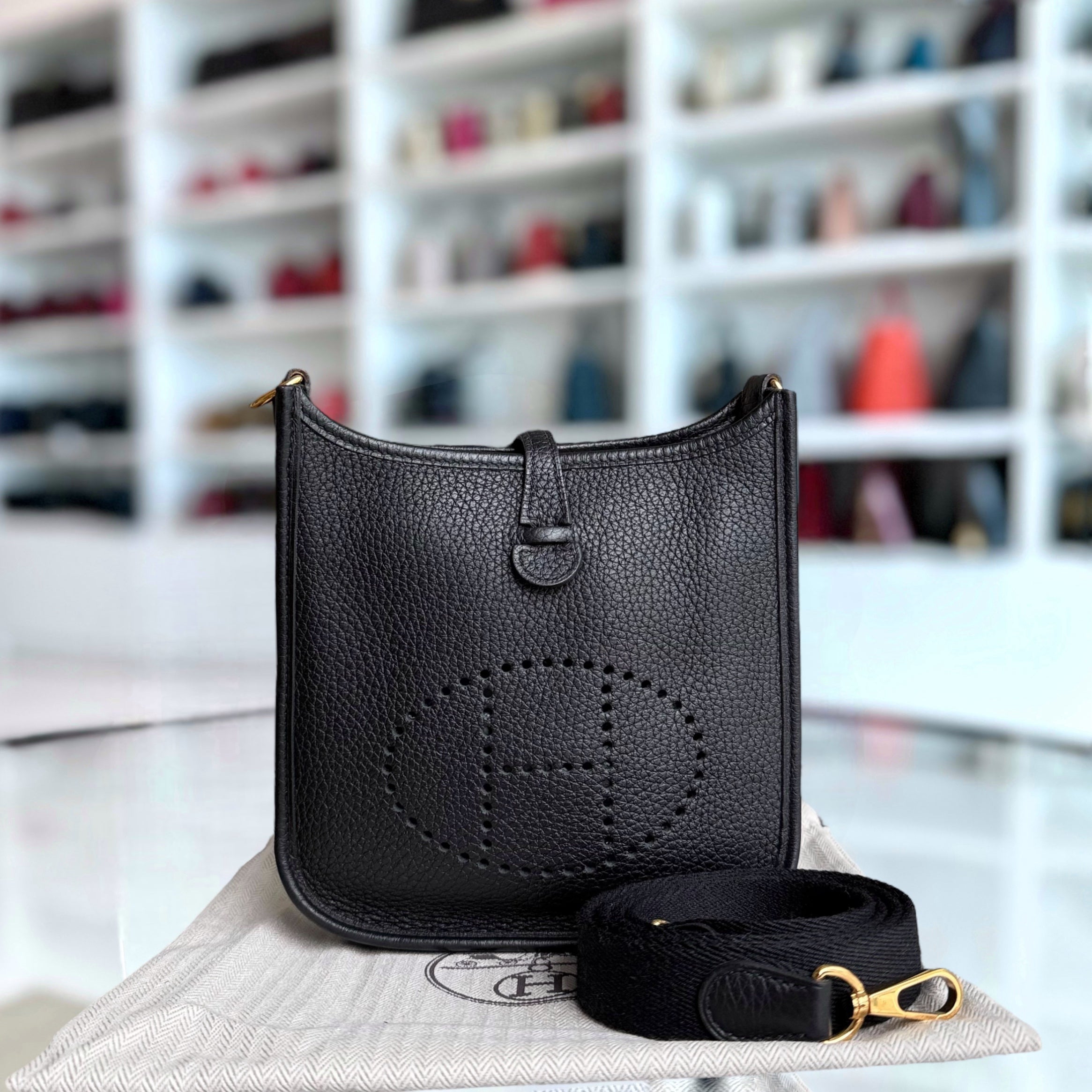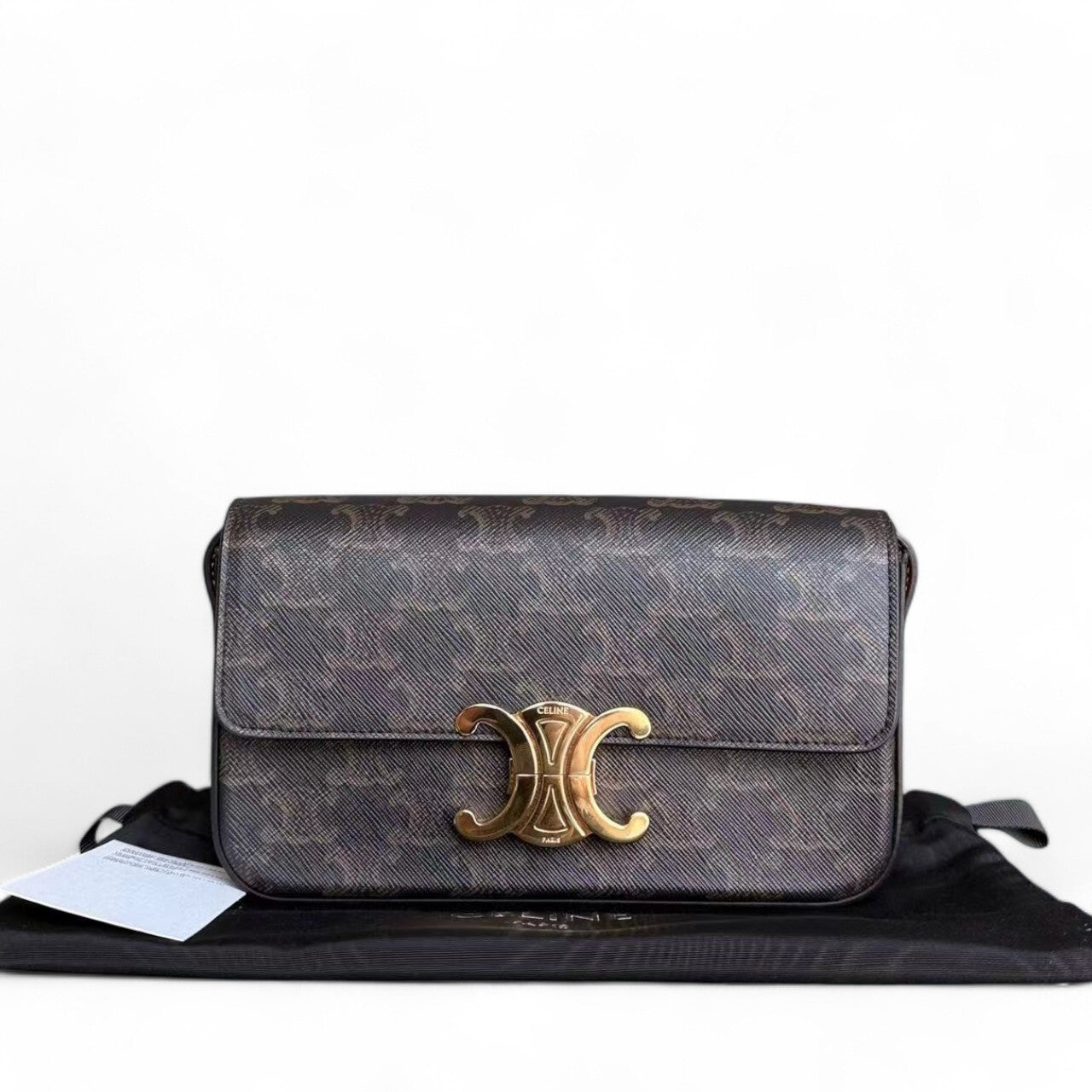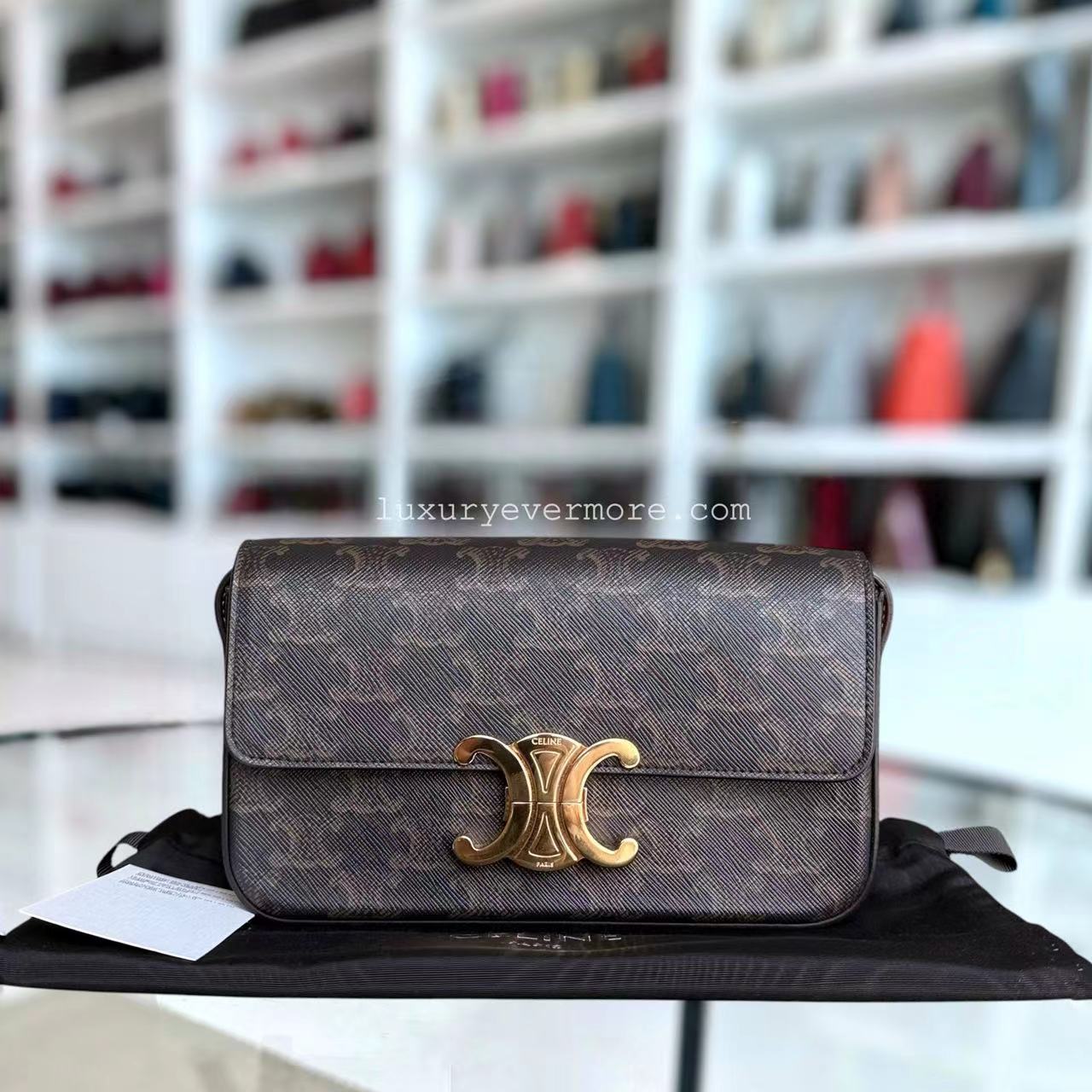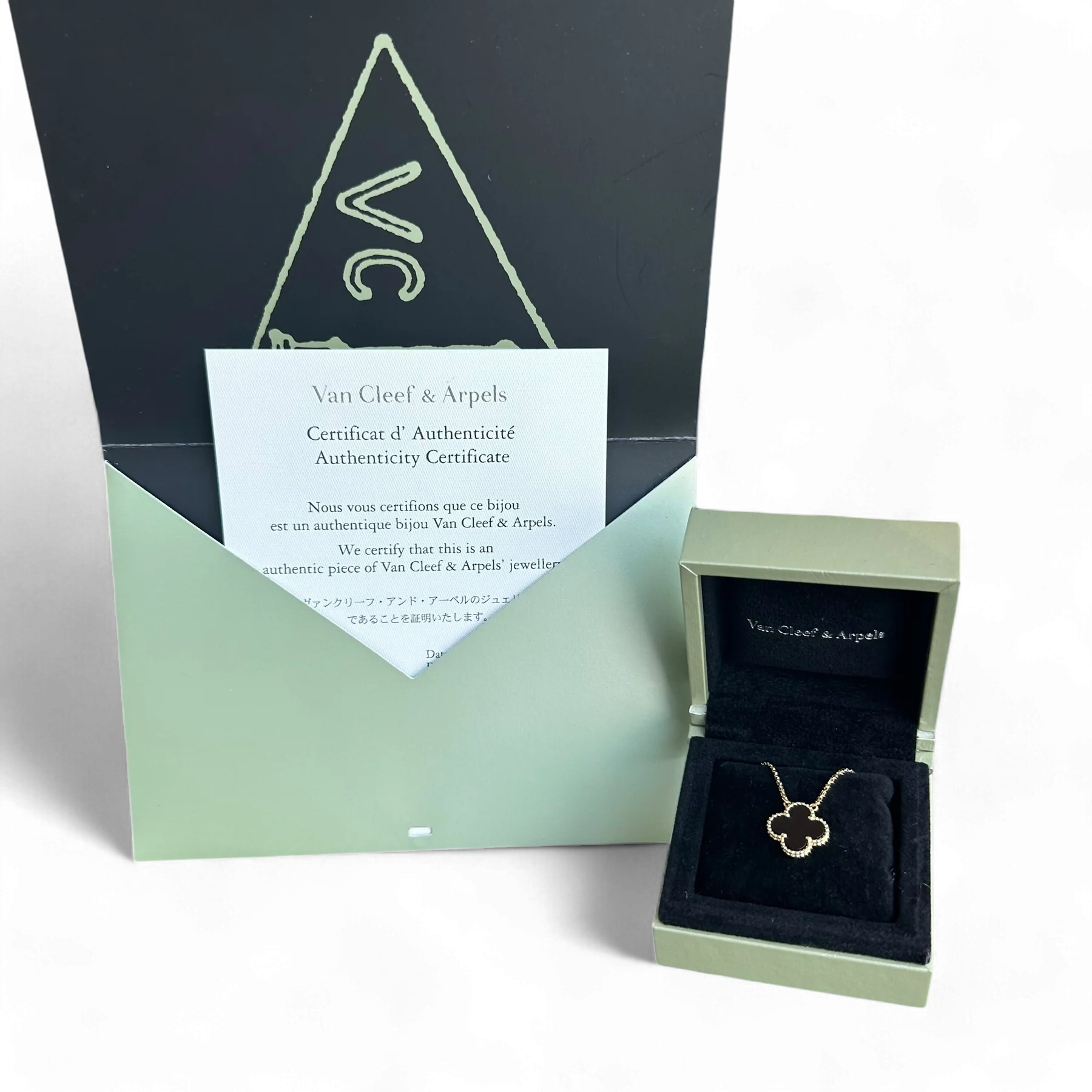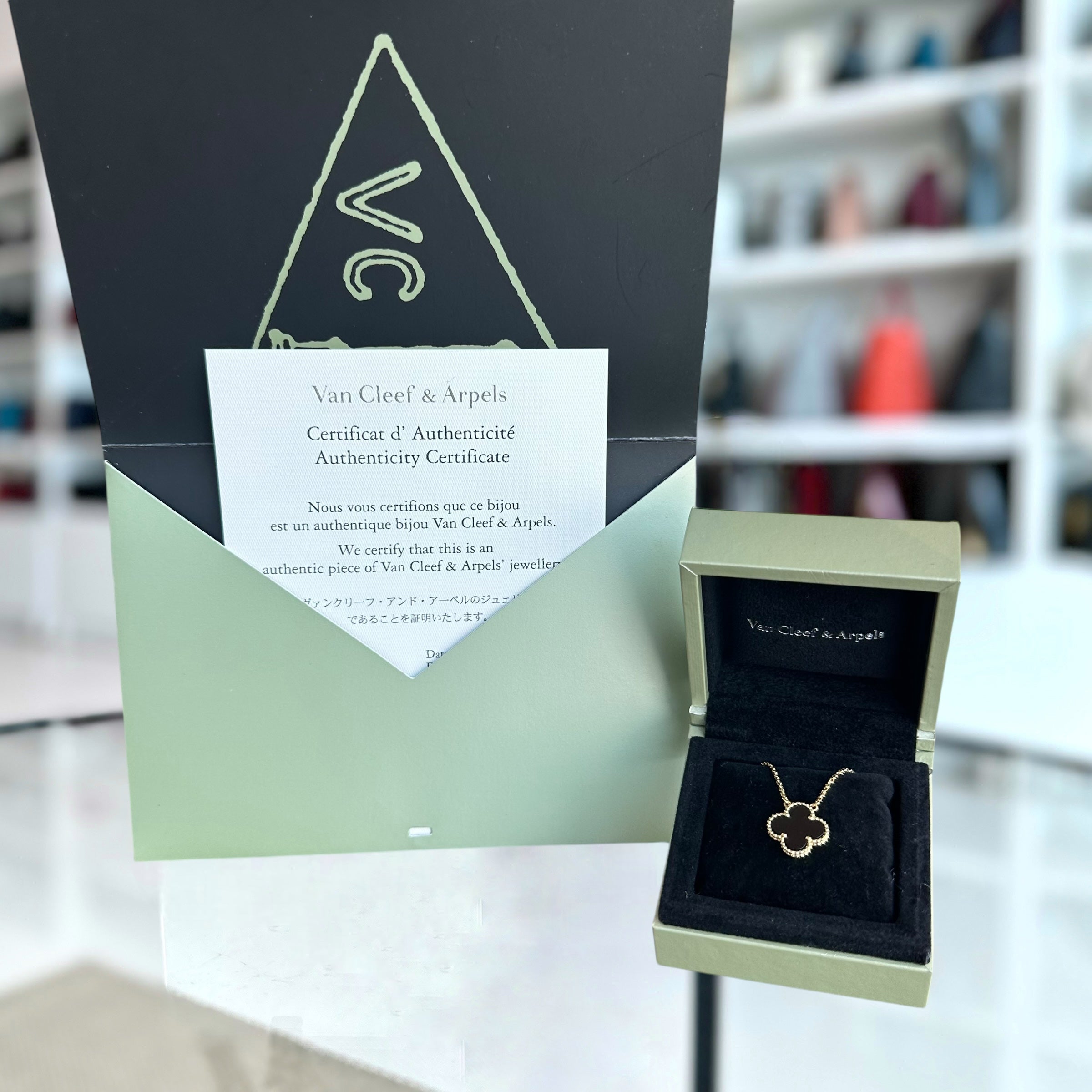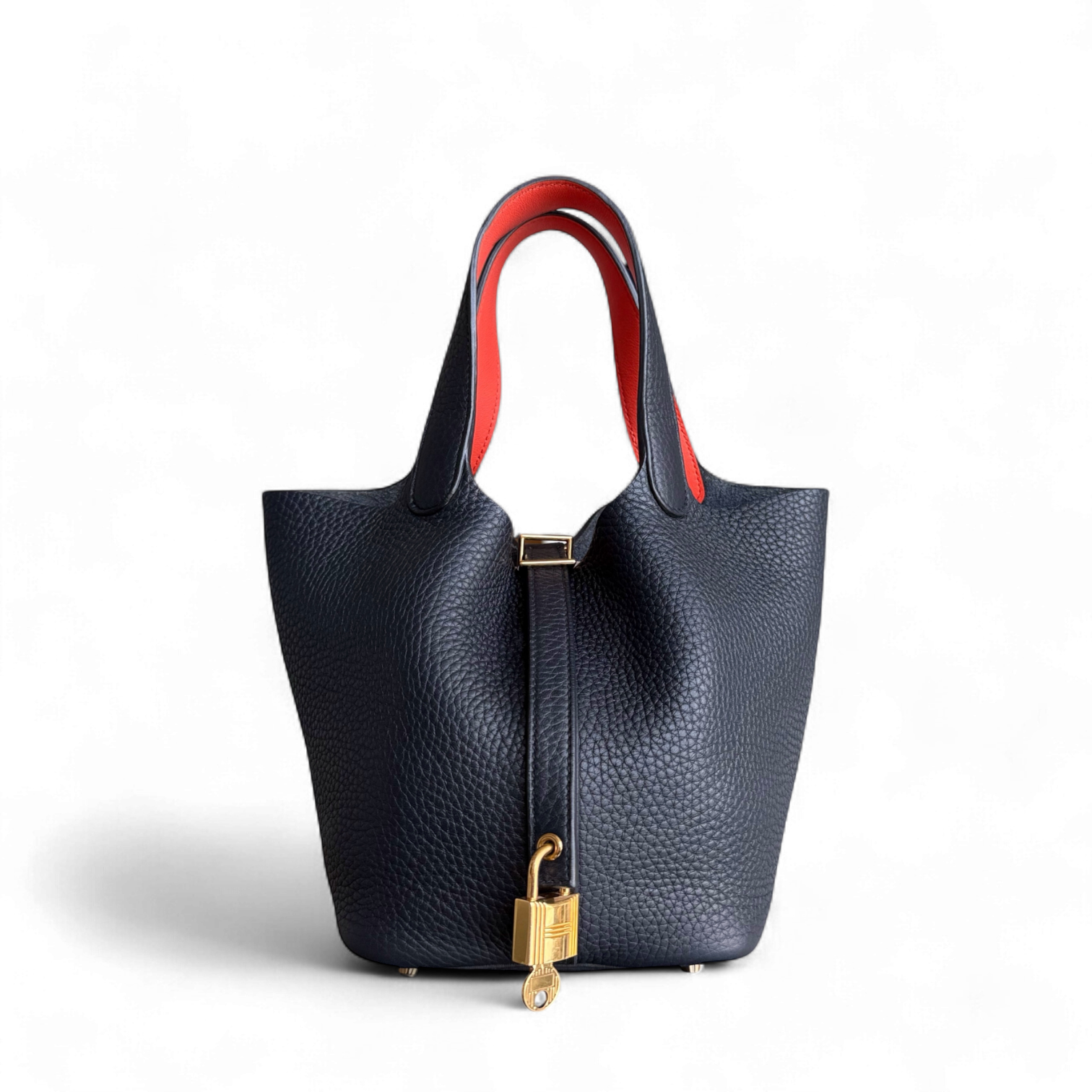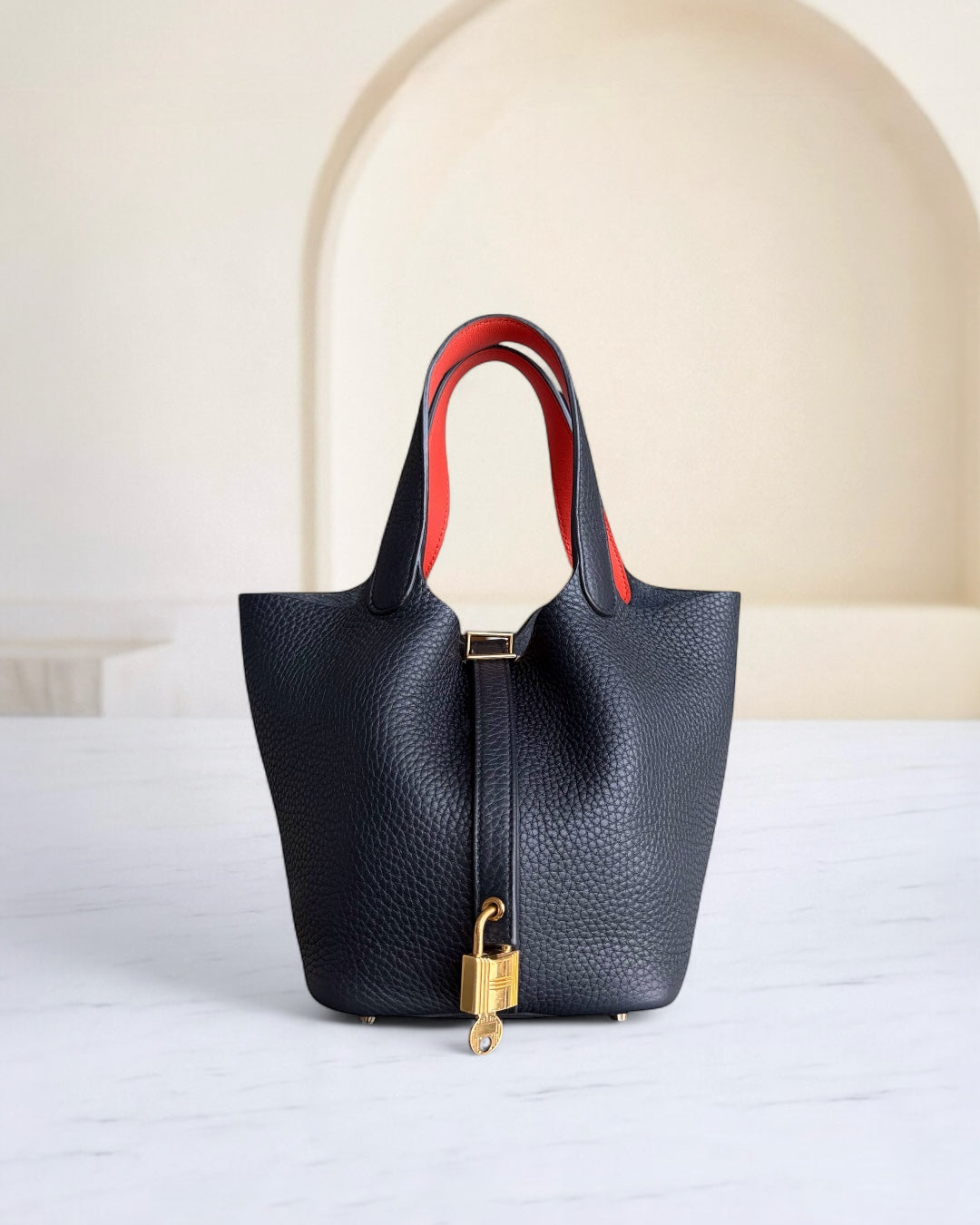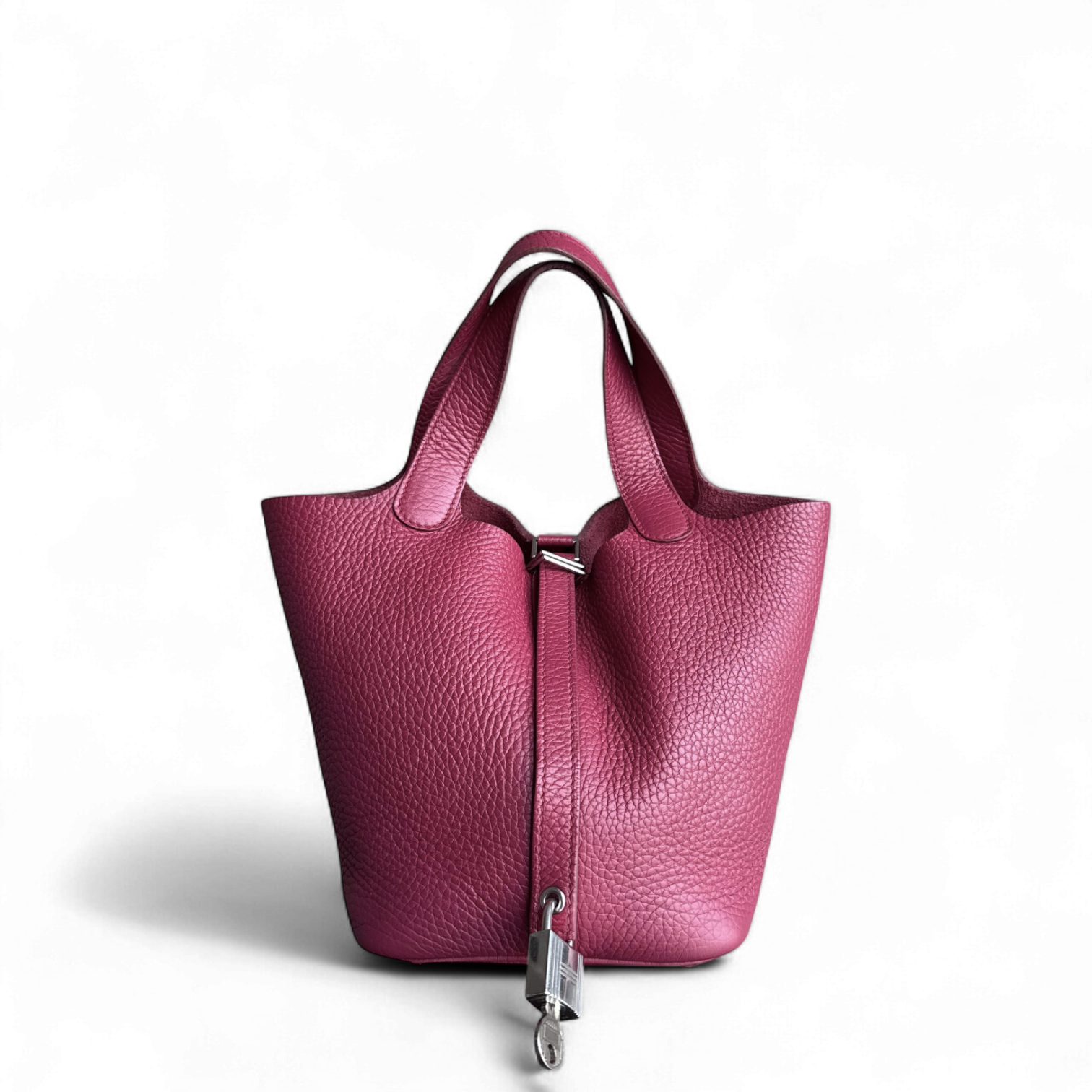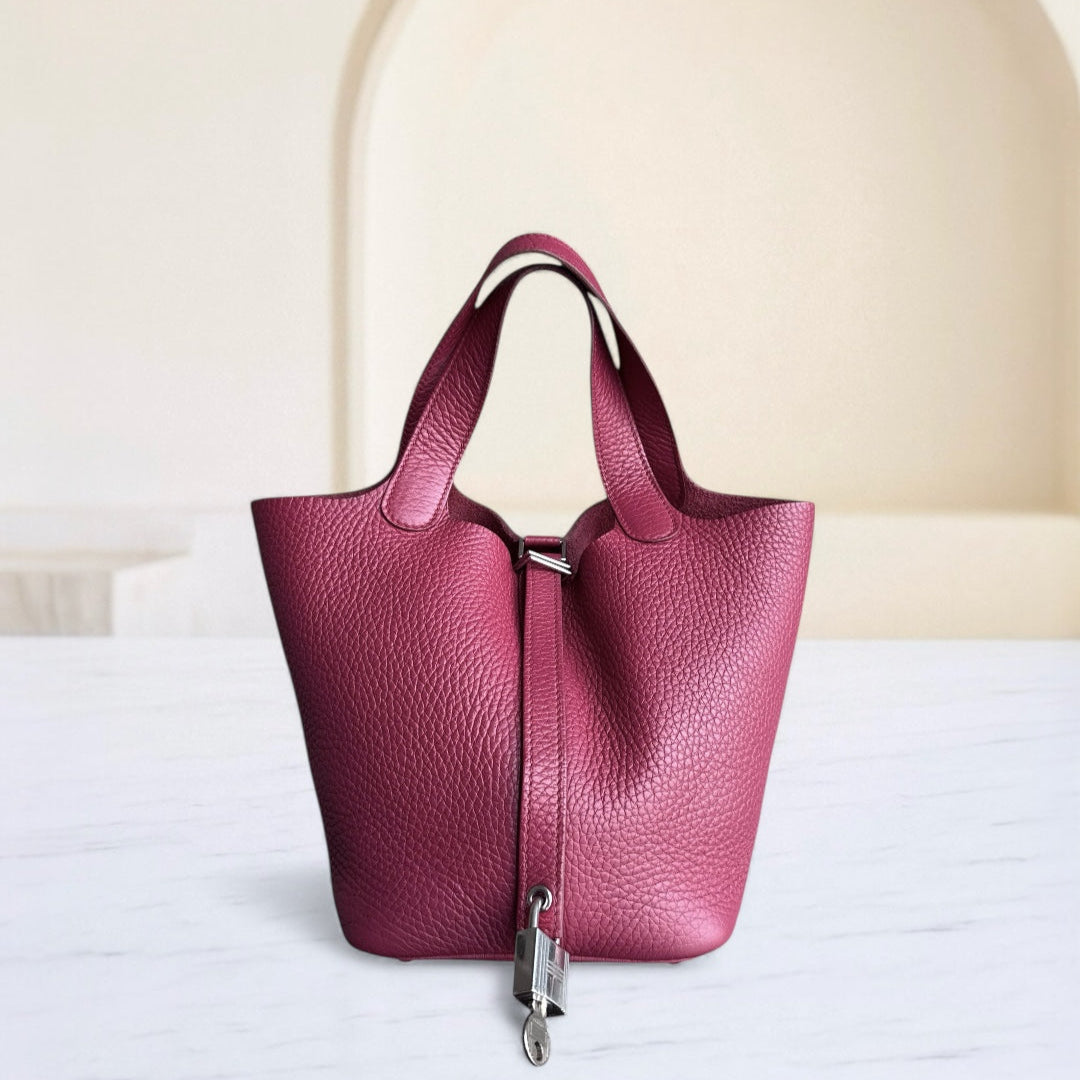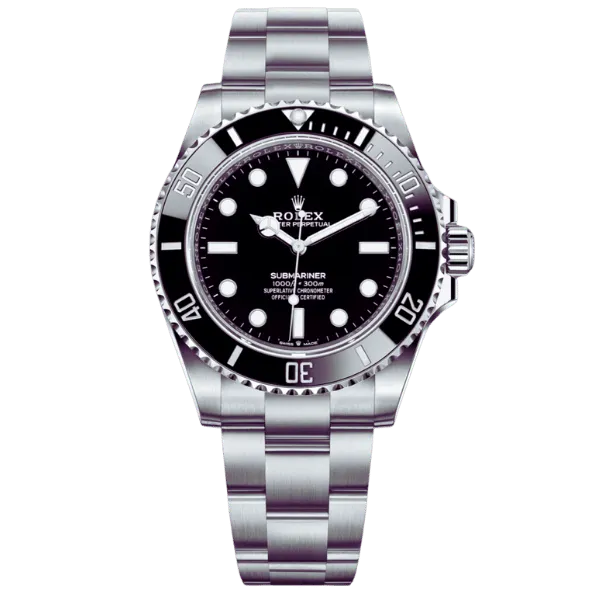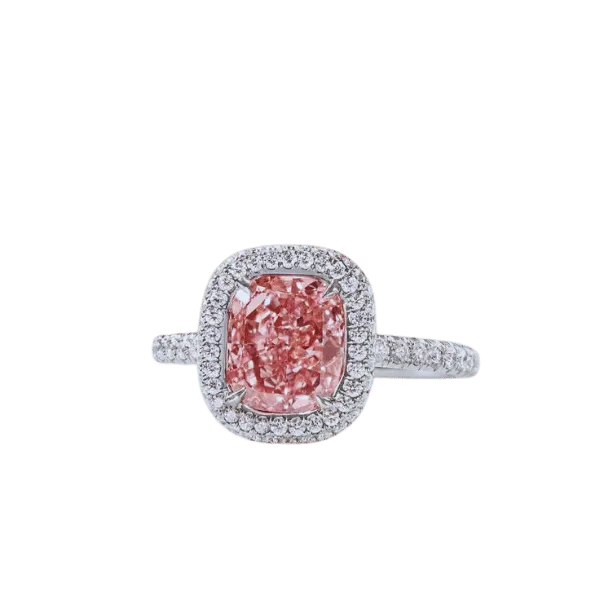How to Choose the Perfect Diamond Cut: A Guide to Types of Diamond Cuts
Choosing a diamond's cut is essential to determining a diamond—the cut zeroes in on a diamond's sparkle, design, and allure. With so many options ranging from more straightforward round cuts to sophisticated and modern types, comprehending the different diamond cuts and their distinctive characteristics can be too much. This guide is aimed to reduce the complexity of choosing one by educating you on the various types of diamond cuts, the intricacies of their designs, and how these factors affect the price of a diamond. Suppose you purchase diamond jewelry for an engagement or want to buy some high-end jewelry. In that case, this article will provide the necessary information to choose a cut suitable to your unique style, taste, and financial situation.
What is a Diamond Cut?

A diamond cut indicates the precise grinding of a diamond in terms of facets that give it maximum brilliance, fire, and polish, contributing to its diamond look. It does not pertain to the shape of the diamond, such as round or oval, but how the diamond's proportions, symmetry, and polish interact with light, whether it is effective or not. A well-designed and cut diamond sparkles, and light within the diamond and on the surface is brilliantly reflected, significantly impacting the stone's allure and worth.
Understanding the Cut Grade
The cut grade of a diamond ascertains the extent to which a stone's proportions, symmetry, as well as polish complement its ability to perform in the light; this means brightness, fire, and scintillation. The unit of measure is a common GIA scale ranging from Excellent to Poor, with the latter meaning that the precious stone has less craftsmanship and light reflection. This grade ranks among the most important while assessing a diamond since it plays a key role in forming the overall impression of its beauty.
How the Cut Affects a Diamond's Appearance
The quality of a diamond’s cut has the most influence on its light performance. The effect of the cut is not as pronounced in lower-quality diamonds, but for the best diamonds, cut is critical. A well-cut diamond allows stunning facets and angles that provide for internal and external reflection, which allows dispersion of color internally and externally, creating a visual maximum brightness. Scintillated diamonds create a lovely mixture of light and dark areas. Dull diamonds can also be made but they have an outstanding amount of clarity and even great carat weight, those are cut poorly. The amount of sparkle and pattern provides insight on which cut style to choose, hence the diamond can portray vivid brilliance and high visual appeal. A reasonable cut is one of the most important attributes to be assessed while calculating the diamond's quality.
Why is the Cut Important?
The cut is crucial since it affects how a diamond performs with light, thereby, its fire, brilliance, and scintillation. A perfectly cut diamond tends to achieve and reflect optimal light, increasing its aesthetic beauty. However, a diamond with high clarity or carat weight but cut poorly will never shine; hence, the cut is one of the essential aspects of the quality and worth of the diamond.
Exploring Different Types of Diamond Cuts

The Round Brilliant Cut
The Round Brilliant Cut is the most widely used and sought after diamond cut, making up approximately 75% of the diamonds sold worldwide. This specific type of cut is created to maximize light reflection and comprises 57 or 58 facets, with the deciding one being the culet. The angles and symmetry of the diamond allow it to achieve high brilliance, fire, and scintillation. A Round Brilliant Cut aims to optimize light performance and cutting proportions by having a depth percentage between 59% and 63% and a table percentage between 53% and 58%. A standard cut for engagement houses is this 1919 creation of Marcel Tolkowsky, which enjoys a great demand courtesy of its standard for diamond brilliance. An excellent diamond cut possesses brilliant cutting that appeals to all, while the Round Brilliant Cut surpasses all expectations.
Characteristics of the Step Cut
Compared to a Brilliant Cut, which prioritizes the quest for the proverbial sparkle, the Step Cut focuses more on achieving clarity and symmetry rather than placing more importance on eliminating any substantial inclusion. A step cut, just like an Asscher cut, is unique due to the presence of rectangular and square facets that mimic the staircase pattern, resulting in predominately neat lines and geometric shapes. Additionally, step cuts are fairly distinct by their crystal clear angles, which result in the diamond fitting tightly with minimal error.
Furthermore, with the step cut, there is an emphasis on the size of the table, which results in the completing look being far more distinctive than focusing solely on polish and shine; with proper adjustment, diamonds with rough cut stones can achieve optimal performance. While a diamond that sports a big table is perfect for showcasing the natural clarity of the stone, it can come in quite the undesired proportion, which is the case with Step Diamond Stones. Although Step-cut diamonds do not possess the intricate brilliance found in round cuts, the mirrors give them a unique semblance, and the subtler light reflections create a magnetizing “hall of mirrors” illusion.
Furthermore, the essence of the Step Cut's design in its most simplistic form has helped it remain one of the most frequently used styles of colored gemstones, specifically as it boosts the color and saturation of the stone, similar to how good-cut diamonds are loved. It is quite frequently utilized in antique pieces because of its classic and art deco look, thus it appeals to individuals who desire an elegant and unique look.
Defining the Mixed Cut
The mixed cut can be understood as two fused cut styles, which feature the round brilliance cut in league with both the versatility and accuracy offered by the step cut. This dualistic approach effectively reduces the weight of the stone while ensuring that it is maximally efficient and visually appealing. Generally, the crown of a mixed cut employs a brilliant cut style, thereby increasing its sparkle. At the same time, the pavilion will use a step-cut framework to facilitate depth and clarity.
Due to its ability to provide intense light return and scintillation without sacrificing strength, the Mixed Cut is preferred to cut oval, pear, and cushion-shaped gemstones. The hybrid cut approaches the likeness of an emerald-cut diamond in that it fuses precision with brilliance to deliver an alluring look. In the recent past, jewelry designers have recommended this cut for its modern appearance and timeless beauty, allowing it to be suitable for all types of gemstones.
Unique Fancy Cut Designs
In the field of gemstones, fancy cuts gain more and more popularity for their exceptional engineering and skillful artistry, particularly in the context of today’s jewelry pieces; the most widely recognized and sought-after designs are the marquise, heart, and trillion cuts. The marquise cut is characterized by two ends that are elegantly pointed while the gemstone has an elongated shape, it is very popular because it creates an illusion of a larger size of the gemstone, for instance, when set in a ring, it gives an appearance of elongating the fingers. However, research on the symmetry of gemstones indicates that heart-shaped cut, though very difficult to acquire, remains the most romantic and emotional cut to use to date, providing amorous imagery. On the other hand, The trillion Cut is a triangular shape with rounded or straight edges. It is a modern favorite as it is bold and geometric in design but is also stunning in its ability to reflect the fire and brilliance within the gemstone.
Cutting technology is also available today, which makes it possible to do extensive customization of fancy cuts. The availability of CAD software and laser design also enables the jeweler to make more detailed facets that enhance light performance without compromising structural soundness. Recent figures indicate an approximately twenty percent increase in the luxury market for custom fancy cuts as opposed to previous years. Consumers in the younger category are more interested because they are looking for cutomized accessories. These developments continue to broaden the scope of fancy cuts in the artistic and functional aspects of producing gemstones.
Factors Influencing the Best Diamond Cut

Impact of Cut Grade on Value
The cut grade of diamonds is equally vital in determining the value of the diamond. It is a key component affecting a stone’s brilliance, fire, and scintillation. For a diamond to have maximum appeal, it should have an Ideal or Excellent cut grade since this cut almost makes the diamond reflect all the incoming light. This is further elaborated in industry reports whereby the premium that can be earned on diamonds with an excellent cut gets more than 30% as opposed to diamonds with lower cut grades such as Good or Fair.
Further research indicates that consumers prioritize cut quality over other characteristics like carat weight or clarity when seeking a visibly radiant diamond, reflecting its critical importance in market preferences. For instance, it has also been seen that even a diamond with slightly poor color and clarity can be sold or analyzed at a reasonable price due to its cut quality. Thanks to such scientific developments as the Advanced light performance analysis systems, ASET (Angular Spectrum Evaluation Tool), and HCA (Holloway Cut Advisor), they help consumers to find maximum brilliance and give insight on how to buy their items based on these indicators. These measurements emphasize how high-quality craftsmanship in cutting unlocks a diamond's full potential, enhancing its perceived and intrinsic value.
Choosing the Ideal Cut for Value and Beauty
The cut of the diamond is determined by its proportions and symmetry, which determine the diamond's value and beauty. According to research, the ideal cut comprises exact angles and facets, allowing maximum light to be returned, a phenomenon known as brilliance. For example, round brilliant diamonds are the benchmark when it comes to ideal cuts. The typical crown angles lie between 34 to 35 degrees, while the pavilion angles are around 40.6 to 41 degrees. When these angles work together, they help maximize the diamond's light reflection and refraction ability.
The alignment and balance of facets are symmetrical and designed to optimize, and the diamond's performance with light is also a factor and facet that maximizes performance. Such a diamond, say hearts and arrows, viewed through an extraordinary scope will present a uniform symmetric shape, a characteristic of well-made items. Light performance analysis studies confirmed that diamonds with good symmetry are more competitive in consumer satisfaction and resale considerations because they are the most visually appealing. Therefore, such cutting standards add to the diamond's beauty on a subjective note and make it more valuable on an objective note; thus, the expert evaluation of symmetry and proportions should be done as a prerequisite of any such purchase.
Understanding Cut Quality and Its Importance
The cut of a diamond is just as important as its color, clarity, and carat weight; it is more than a visual aspect. Instead, it adds to the characteristics of how the diamond interacts with light, shifting between its brilliance, fire, and scintillation. Each of these parameters can be told with the help of proportions, symmetry, and polish of a diamond, and these can be measured accurately with the help of tools and techniques. As per research, diamonds that are cut perfectly transmit 100% of light, owing to a household test showcasing that the more cut, the brighter a diamond gets. An example to consider is ideal cut diamonds, which are used in round diamonds and require maximum popularity for optimum simulation.
References from the insights acquired from the diamond industry estimate that sales of greater than 55% have a cut grade ranging from ideal to excellence owing to cut adjusting systems, illuminating the market with the edge over superior quality cut diamonds. According to a study, given that the angle of cut facets placed on a diamond has even the minimum deviation, the visual ideal of a cut diamond is affected during the performance. Reducing this investment is crucial, especially when assessing diamonds, where clarity precedes market value, and the cut is an essential component.
How Diamond Cut Impacts Diamond Shape

Correlation Between Cut and Shape
The parameters employed in evaluating diamonds can be further understood by analyzing the cut concept and its correlation with the shape of the diamond. While “Cut” encompasses the skill and quality of the diamond’s surfaces and their relation to each other, the diamond shape refers to the general diamond outline such as round, princess, emerald, or oval. Facets that are arranged, cut, and positioned in a certain way, like the round brilliant shape, have a more significant potential in light performance. According to studies, more than seventy percent of the total sales of all diamonds is occupied by the round brilliant cut designed to have the highest appeal to consumers.
In contrast, the facet arrangement and proportions determine the light reflection ability of fancy shapes such as pear, marquise, and cushion, which affect their appearance. For example, the "hall of mirrors" effect caused by an emerald cut with long step-cut facets can be altered by facet misalignments, causing the light to reflect in broad and bold flashes instead of a sparkling shimmer. Additionally, primary market surveys suggest that jewelry customers select shapes mainly out of style preferences regardless of the read optical performance and the cut quality for other reasons. Purchasers and jewelers must understand the relationship between the cut and shape to achieve the best aesthetic and value.
Popular Diamond Shapes Explained
When looking at some of the most popular shapes of diamonds, it is essential to detail the details that fit into one's style or preferences. For example, round brilliants are famous for their high degree of optical performance, while princess cut diamonds provide a modern twist with sharp edges. Oval and pear shapes are soft with a thin silhouette, which enhances the illusion of a larger size. Emerald and Asscher with step cuts, which are understated but still have a fair sparkle, focus more on the clarity and the jewels' cosmetics, which appeal to many cutters. Ultimately, I think a shape is always a question of the right ratio between individual preferences, general frailish structure, and the cut’s optical aspects.
Which Diamond Shape is Best for an Engagement Ring?
Picking out the right shape for a diamond ring involves several factors. They include the wearer's style preference, the desired resilience, and practical considerations. Statistically speaking, round brilliant diamond engagement rings are the most popular ones. This is because they are considered cut well for their outstanding sparkle. Engagement rings shaped in this way sell over fifty percent of the market. These aspects result in Roman and oval cuts being the second most popular. However, in recent years, applications that are not oval or pear have become more commonplace for those who want modern features and rings that lengthen the fingers.
Princess cuts are ideal contemporarily as they result in a striking ring due to their geometric presence while maintaining sharp angles and being versatile, posing a challenge. For vintage cuts, emerald and Asscher diamonds are more clouded than sparkly. Spending all your money on a pricey diamond engagement ring and trying to make it seem more significant than it is might turn you off a little, buddy. Marquise or cushion holders are sensitive shapes, but they are familiar. Significantly, shape is determined by budget, lifestyle, and personal style.
Trends in Diamond Cut Styles

The popularity of the Brilliant Cut Diamond
Brilliant cut diamonds are the most sought-after due to their unparalleled beauty and ageless sophistication. This certified round diamond has 58 facets in total, which aids in ensuring optimal light reflection and is truly remarkable. It stands the test of time and is still in great demand because of its suitability for almost all types of rings, making it the best of everything for someone who wants such a blend of tradition and shine.
The Rise of Step Cut Diamonds
As for popularity, step-cut diamonds are gaining more and more. Their sophisticated and refined aesthetic is commendable. The accentuated clarity of the diamond’s components, particularly, takes precedence over the cut and its brilliance. These gemstones are often seen in Manto emerald or asscher shapes. Their simple classic on any jewelry adds an extra dimension to all who appreciate geometric finesse.
Exploring the Diamond Cut Chain Trend
The diamond cut chain style captures my interest primarily because of its class and improvement in light refractivity. The chain design consists of reflective facets. This jewelry line has been shaved into the metal for better illumination, which gives it a sparkling diamond look minus any actual diamond use. This movement is attractive as it has high aesthetic appeal but is also elegant, thus suitable for day clothes or dinner parties.
Frequently Asked Questions (FAQs)
Q: What is the meaning of the term diamond cut quality?
A: Diamond cut quality concerns the craftsmanship employed in cutting and polishing the diamond from the rough stone, as it is crucial for the overall look of the diamond. It refers to the diamonds, what they are made of or cut into, and the symmetry and polish of the cut, which, in turn, affect the spark.
Q: What Cut Diamonds Are There?
A: The round brilliant cut, princess cut, emerald cut, radiant cut, and rose cut tend to be a few of the additional designs for diamond cuts. It impacts how the light goes through the stone, and every cut changes the look of the diamond based on its color.
Q: What is the difference between a diamond cut and a diamond shape?
A: Regarding the proportions, angles, and angle difference, diamond cut pertains to how clean and precise the diamond is cut as it determines the brilliance of the diamond. Furthermore, a diamond pattern refers explicitly to the outline of a diamond, round to square to oval. However, the cut is, first and foremost, what creates the diamond look.
Q: Why is an excellent cut significant for diamonds?
A: An aggregate cut is critical because it enhances the diamond to its utmost potential in light reflection, producing maximum brightness and scintillation. A diamond that has a good cut may have an appearance of more excellent brilliance and more value than that of a diamond with a poor cut.
Q: How is the cut of a diamond graded in the cut grading system?
A: Diamonds are rated on a scale from Excellent to Very Good, Good to Fair, and Poor, also known as diamond cut grades. This grading utilizes the diamond's proportions, symmetry, and polish to assess its cut.
Q: What role does a diamond certificate play in assessing cut?
A: The diamond certificate issued by internationally recognized gemological institutes contains detailed information regarding the cut of purchasing diamonds and other parameters such as their clarity, color, and carat weight. It is good evidence, as it guarantees the cut of a diamond and the price of such a cut quality.
Q: Which diamond cut is considered the most expensive?
A: When a diamond cutter is engaged in leaving the cut in a single round brilliant shape rather than many other styles due to its precision and popularity, that diamond is considered to be the most expensive, which requires some heavy rough loss.
Q: Why is the ideal cut set of angles and proportions that classifies a diamond valuable?
A: The ideal cut set of angles and proportions classification is helpful as it allows for the perfect number of light rays to be focused over the diamond. This enhances the exuberant brightness and shine related to the round brilliant cut diamond.
Q: In what way does a diamond cut badly look like?
A: A diamond cut poorly tends to look dull and lifeless simply because it cannot reflect light. Even if the diamond possesses good color and clarity, its overall look is greatly influenced by its cut grade.
Q: What is a diamond cut chart, and how is it useful when checking a diamond for purchase?
A: In other words, a diamond cut chart is a type of graph used to grade a diamond's performance in terms of its cut. It also provides an understanding of the influence of cut on the overall appearance of the diamond while assisting in making a correct purchase decision.
Reference Sources
1. Method of Research for Water-Jet Guided Laser Cutting of Natural Diamond in Analysis and Evaluation (2018) (Guangfeng et al., 2018)
- Key Findings:
- In this research, the authors applied a traditional laser for diamond cutting and compared it with the water jet laser guiding system connected to the laser.
- It was found that water jet-guided laser cutting significantly altered the morphology, roughness, and phase composition of the diamond compared to standard laser cutting, impacting the diamond cut grades.
- Modifications on cutting process parameters for water jet-guided laser are necessary for better results.
- Methodology:
- The diamond was cut using laser and water-jet (WJ) methods to gather data. The diamond surfaces cut using these methods were then analyzed with an Optical Microscope, optical profiler, and X-ray diffractometer.
2. A Study of Multiobjective Parametric Optimisation of Electric Discharge Diamond Cut-Off Grinding of Inconel 718 (2016) (Unune & Mali, 2016, p. 187)
- Key Findings:
- Discharging diamond disk grinders are altered for various processes, including objective tasks such as turning or surface grinding. The study examined the multiparametric thermal of Inconel718.
- Different cutting conditions and inserts were incorporated to optimize a part that could double as an indexable surface for targeted impact and efficient material removal rates whilst retaining a smoother surface roughness finish.
- Based on the analysis, it was concluded that the optimal control parameters of the EO-assisted cutting process could be approximated.
- Methodology:
- The Electric Discharge Diamond Cut-Off grinding of Inconel 718 incorporated a Taguchi orthogonal array with grey relational analysis to obtain optimal machining parameters.
3. Hydrogen Serra Implantation and Induced Blistering of Diamond: Smart Cut Technology for Diamond Layer Transfer (2022) (Masante et al. 2022)
- Key Findings:
- This work investigated hydrogen-induced blistering of diamond, which could allow the transfer of diamond layers via the Smart Cut™ process.
- The findings demonstrated that hydrogen implantation leads to blistering of the diamond, which is essential to designing the Smart Cut™ process for diamond layer transfer.
- Methodology:
- Investigation into the blistering behavior of diamonds using hydrogen implantation was used for this research.
Contact Luxury Evermore should you need help with acquiring or building up your collection. There is a variety of brands with different styles, as well as sizes, and colors, for example, Hermes, Chanel, lv and Dior. If you are not lucky enough to find the bag you are looking for on our website then our concierge team will probably be able to order it for you. We provide 100% authenticity guarantee for all our bags, and any item sold on this site will be dispatched to you within one to two business days upon receipt of the payment.
